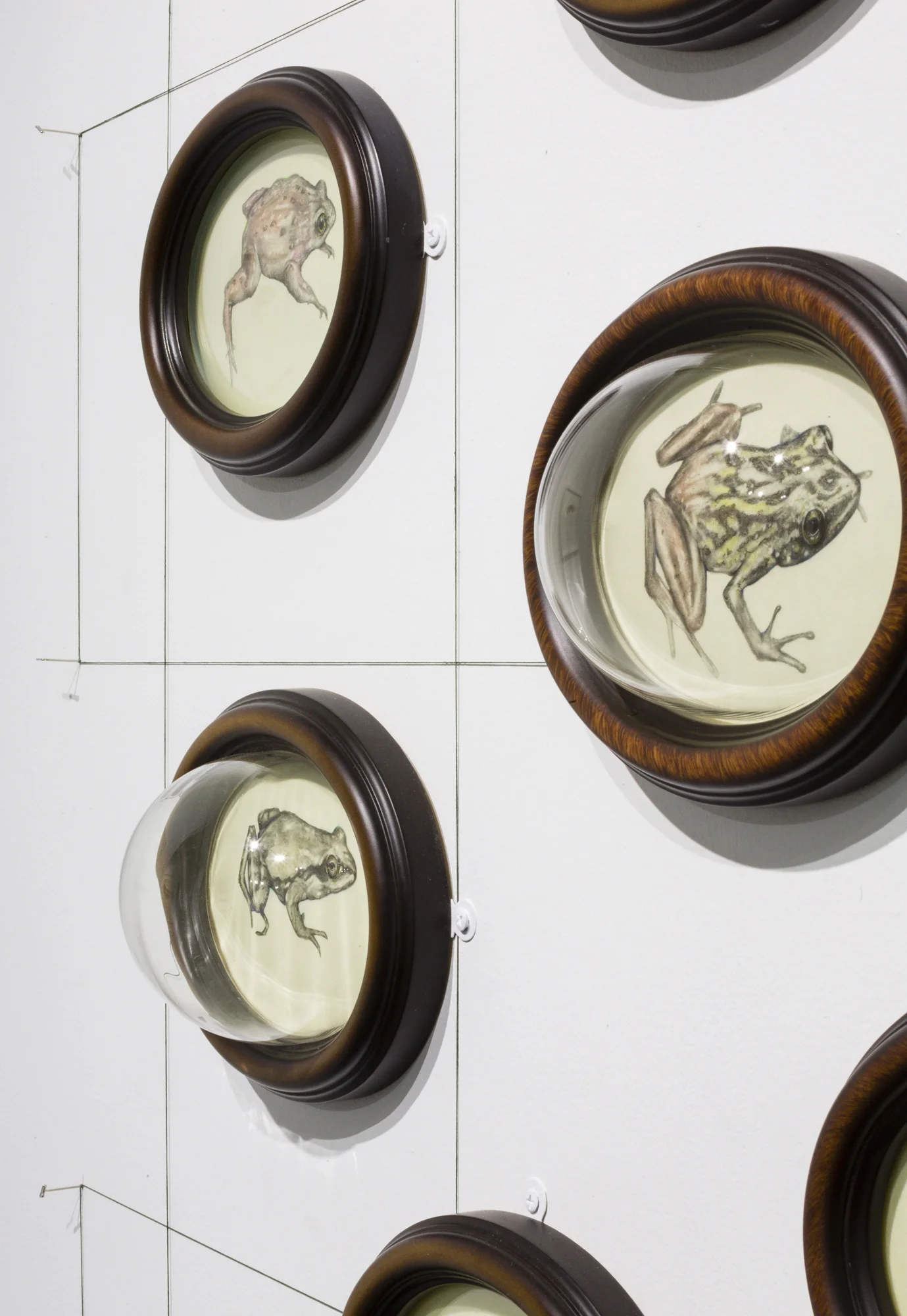Past Exhibition
PHASE II: TIDES OF LIGHT
BY YOKO SHIMIZU
Opening Reception: Saturday, May 6, 2023, 6–9 pm
Closing Date: Saturday, September 9, 2023
Curated by: Elena Soterakis




























Nature / Biology / Technology/
"Tides of Light" is a contemplative exhibition by Japanese bio-artist and scientific researcher, Yoko Shimizu. This collection of work invites viewers to appreciate how non-human life can inform the artistic process and even be welcomed as intelligent and creative collaborators. Drawing inspiration from the scientific exploration of natural elements, Shimizu creates a series of installations that explore the intelligent properties of living systems.
Shimizu translates biological patterns into sound pieces and stunning visualizations that can be experienced in the dark. Building on the principles of biology and chemistry, Shimizu co-creates with a diverse range of organisms such as algae, fungi, bacteria, and other microorganisms. She seeks to make the invisible visible and sonify the inaudible, shedding light on the imperceptible.
The exhibition offers new perspectives on the artistic exploration of scientific research methods, biological data, and AI Technology, creating tranquil and immersive environments evoking the transience and fragility of life. Shimizu visualizes non-human perception, creating empathy for the non-human world and allowing us to learn from and collaborate with nature. "Tides of Light" is a poetic ode to the beauty of impermanence and the power of nature to inspire and rejuvenate the human spirit.
Supported by: The Japan Foundation of New York, Ars Electronica Futurelab, The Hall Family Foundation, SUNY Downstate, New York Economic Development Corporation, and BioBAT Inc.
Special thanks to: Tom Hall, Doug Chapman, and Eve Barro
Past Exhibition
PHASE 1: VIBRANT MATTER
BY YOKO SHIMIZU
Opening Reception: Saturday, October 8, 2022, 7 - 9 pm
Closing Date: Saturday, April 26, 2023
Curated by: Elena Soterakis






























Vibrant Matter is a solo exhibition by Japanese bio-artist and researcher Yoko Shimizu that features a selection of the artist's work exploring the dynamism, agency, and expressive potential of living systems. Working with plants, microbial organisms, and natural phenomena as subject matter, material, and artistic collaborators, Shimizu's work reveals the invisible intra-acting forces that animate processes of creation, adaptation, growth, and transformation in all organic matter. In both her scientific research and artistic practice, Shimizu's work asks: How do we as humans shift our relationship with nature from one of domination and control to one of symbiosis and collaboration? How do we reconcile our own conception of ourselves as autonomous subjects with the reality of our material entanglement with non-human agents like plants and microbes? In her work, Shimizu develops novel techniques and materials that manifest the infinite wisdom of nature and its self-determined creative potential.
Yoko Shimizu (Japanese, born 1977) is an Austrian-based bio-artist and researcher. Vibrant Matter is her largest solo exhibition in the United States to date and is informed by over a decade's worth of Shimizu's artistic research exploring the intersection of biological systems and emergent technology.
Special thanks to: Julia Kaganskiy, NARS Foundation, Genspace, Brooklyn Glass, SUNY Downstate, Economic Development Corporation, and BioBAT Inc.
Past Exhibition
COMMON FREQUENCIES / FRECUENCIAS COMUNES
May 1 – October 17, 2021
Closing Reception: October 17, 2021
Featuring: Lorena Mal, Marcela Armas, Gilberto Esparza, Tanai Candiani, and Interspecifics
Curated by: Elisa Gutiérrez
Exhibition Website (Official)
Registration Link TSINAMEKUTA, by Marcela Armas- Virtiual Screening & Artist Talk, September 14 at 7:30 pm (EST)
How can we learn from science and nature to improve our lives in community?
Common Frequencies brings together a group of cross-disciplinary Mexican artists whose work meets at the intersection of art and science, and explores the relationship between these two disciplines through sound, urban ecology, language, and the construction of collective imageries.
The artists—working across performance, installation, photography, sound, and drawing—are inspired by resonance, mechanics, electricity, and magnetism and take these phenomena as the basis for the invention of mechanisms that give voice to nature.
Approaching these concepts from an artistic viewpoint in a more accessible context, like an exhibition, will offer the Sunset Park community the opportunity to engage in a critical dialogue that emphasizes the importance of multidisciplinary practices towards invention and the creation of new collaborative systems.
The exhibition will be accompanied by a series of free bilingual programs that aim to engage the local community in discussions that will allow for the participation of families, young adults, and children.
“Common Frequencies” plans to be a platform for artistic and scientific research and a common-ing space to develop connections with the local community in Sunset Park and the wider NYC area.
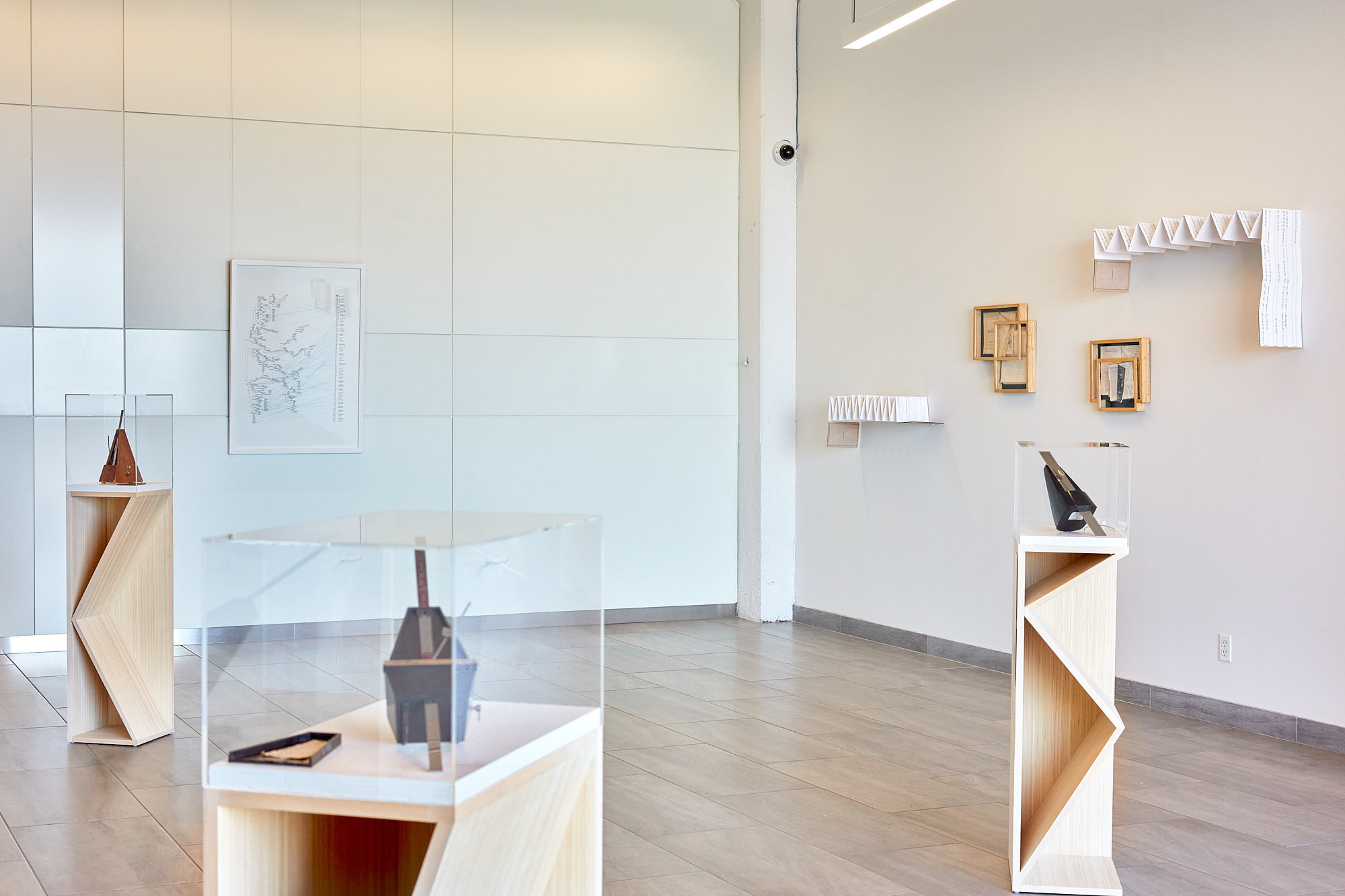
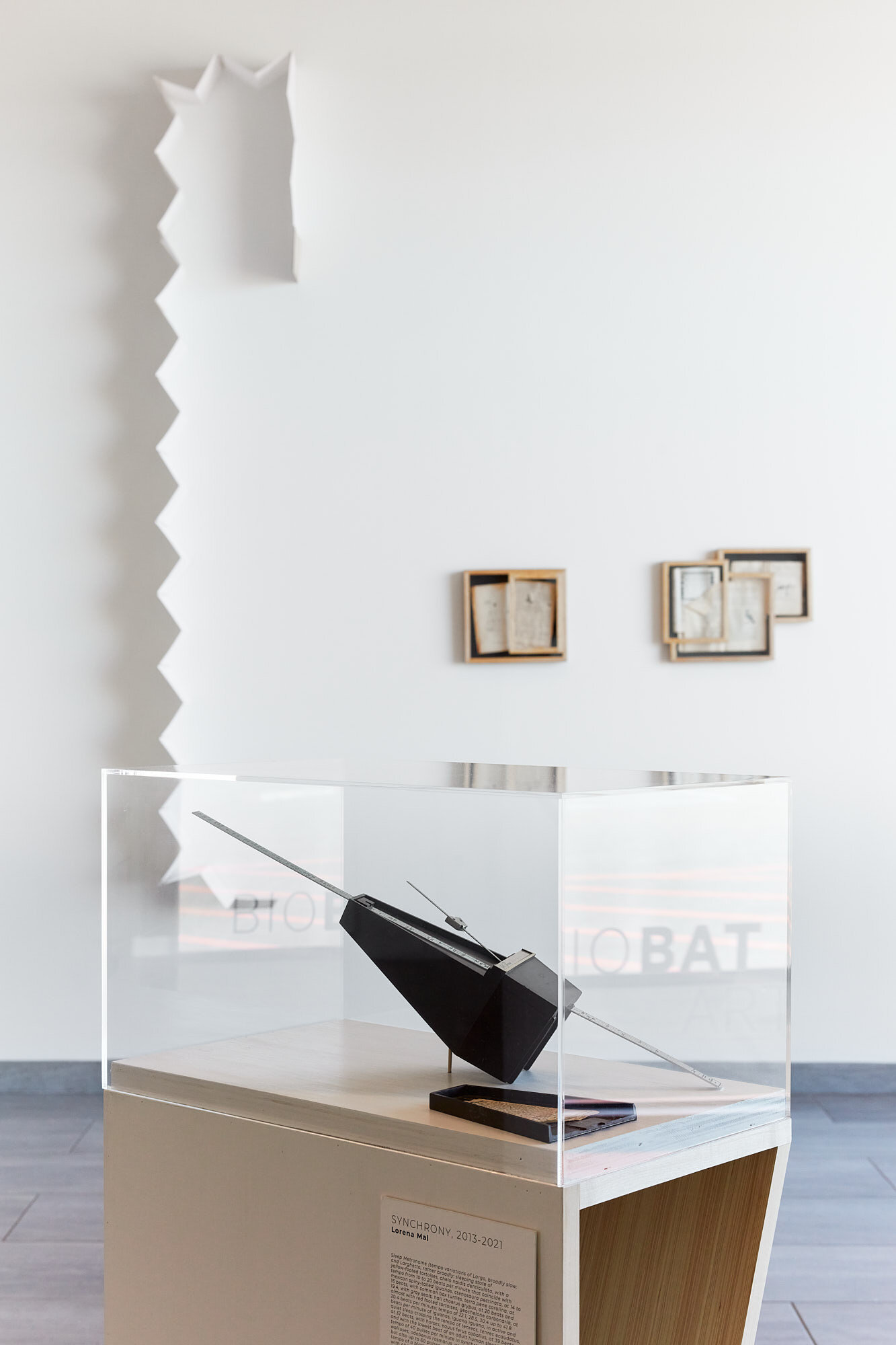
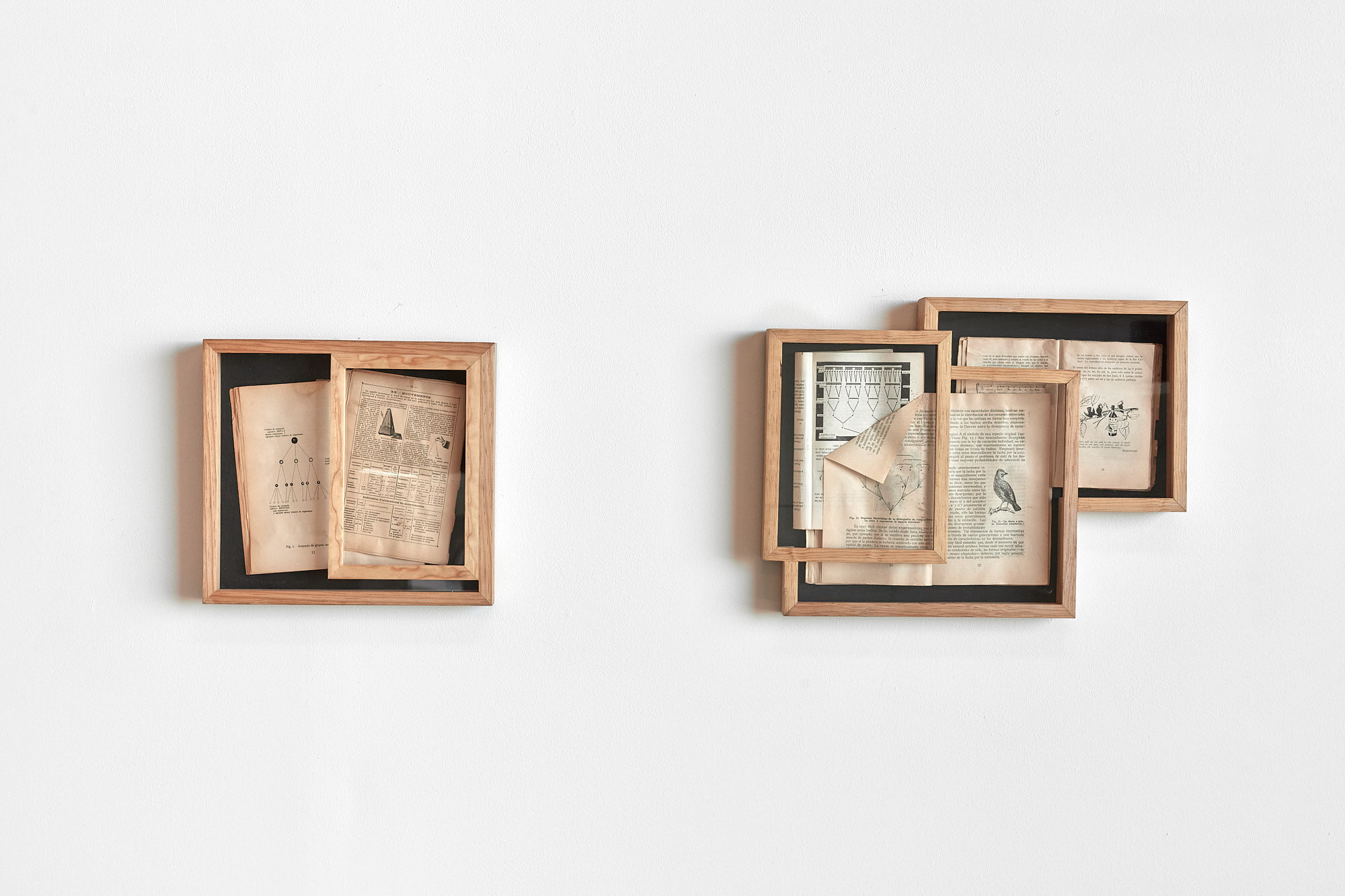
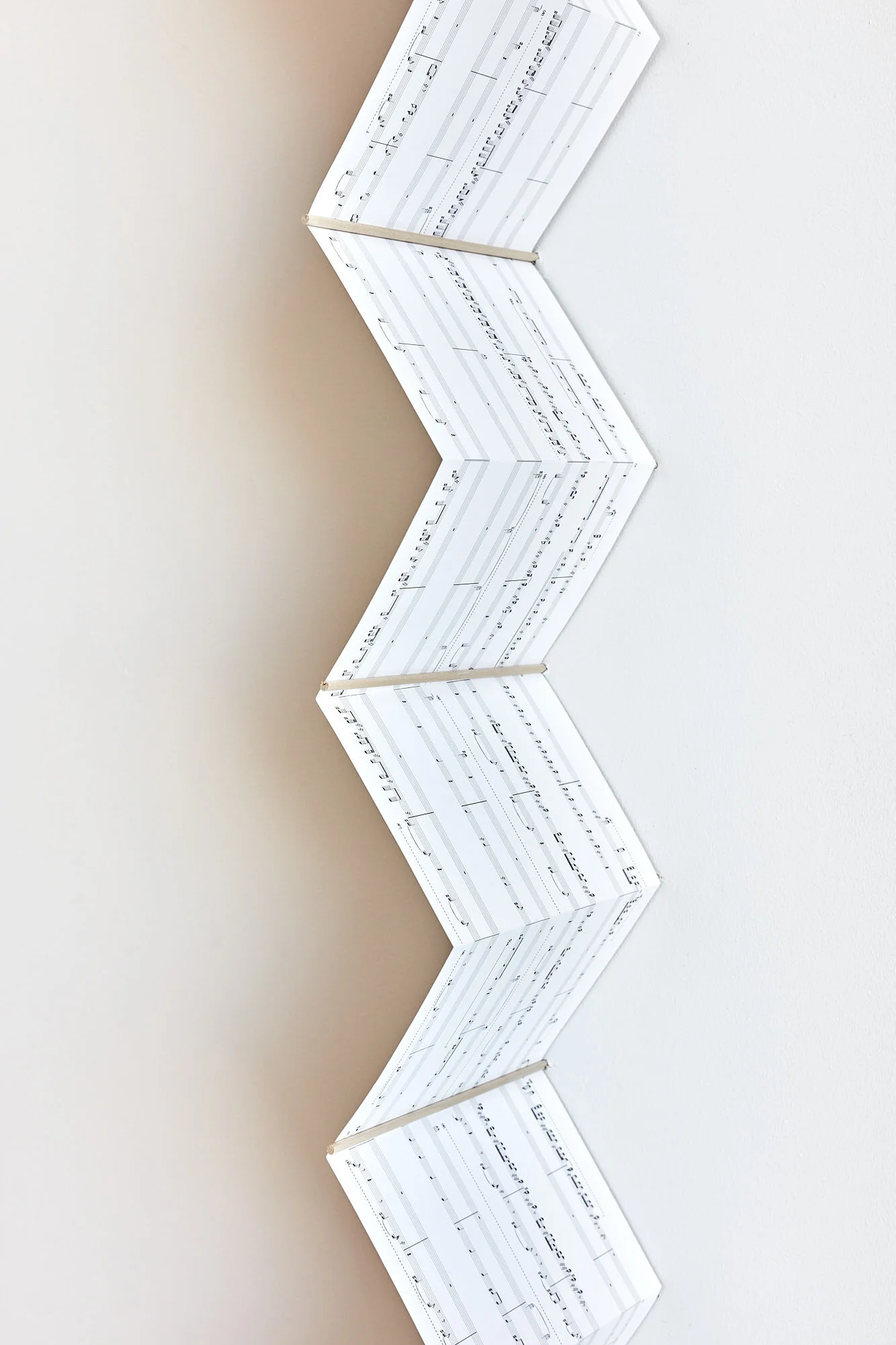
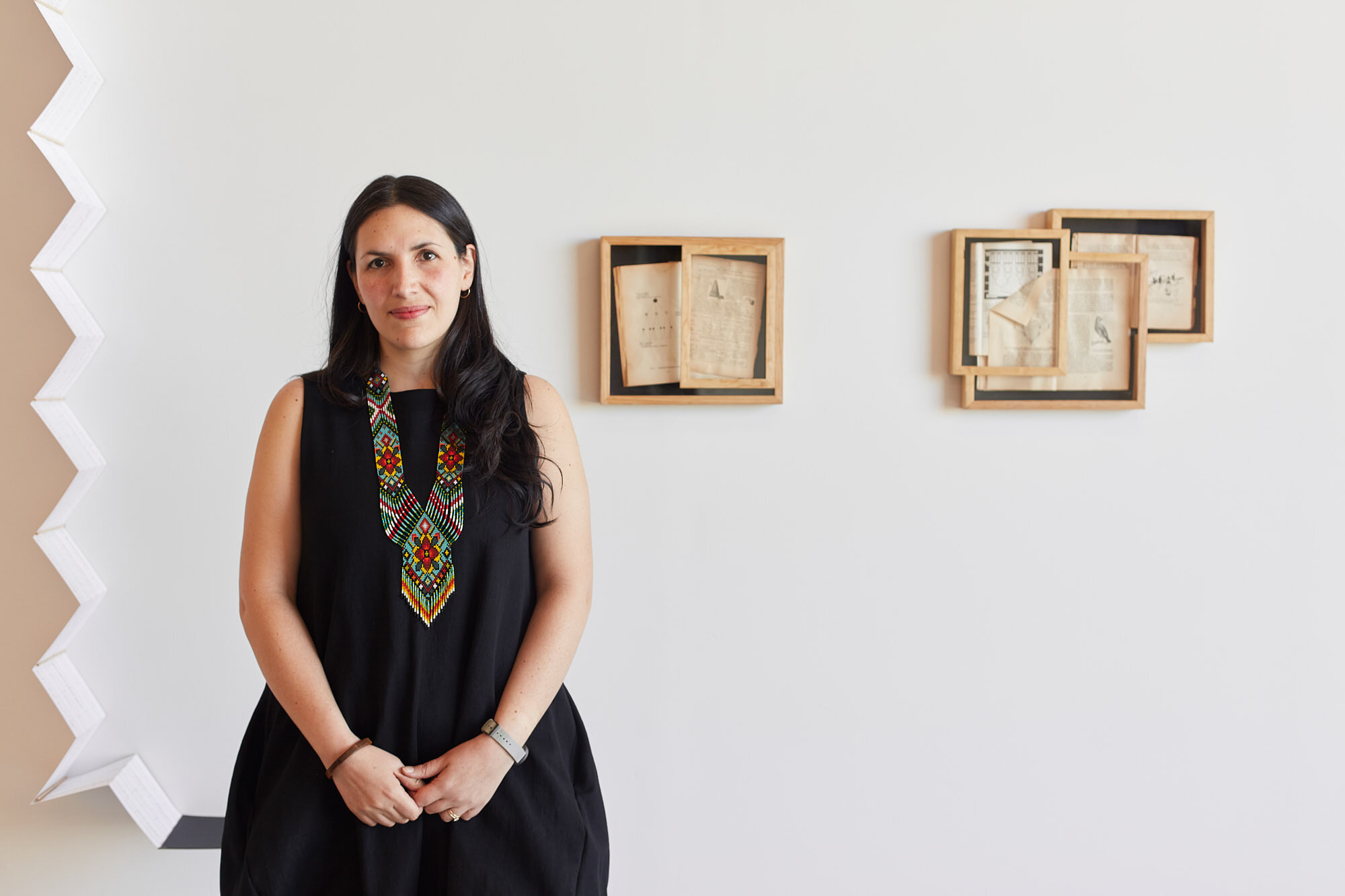
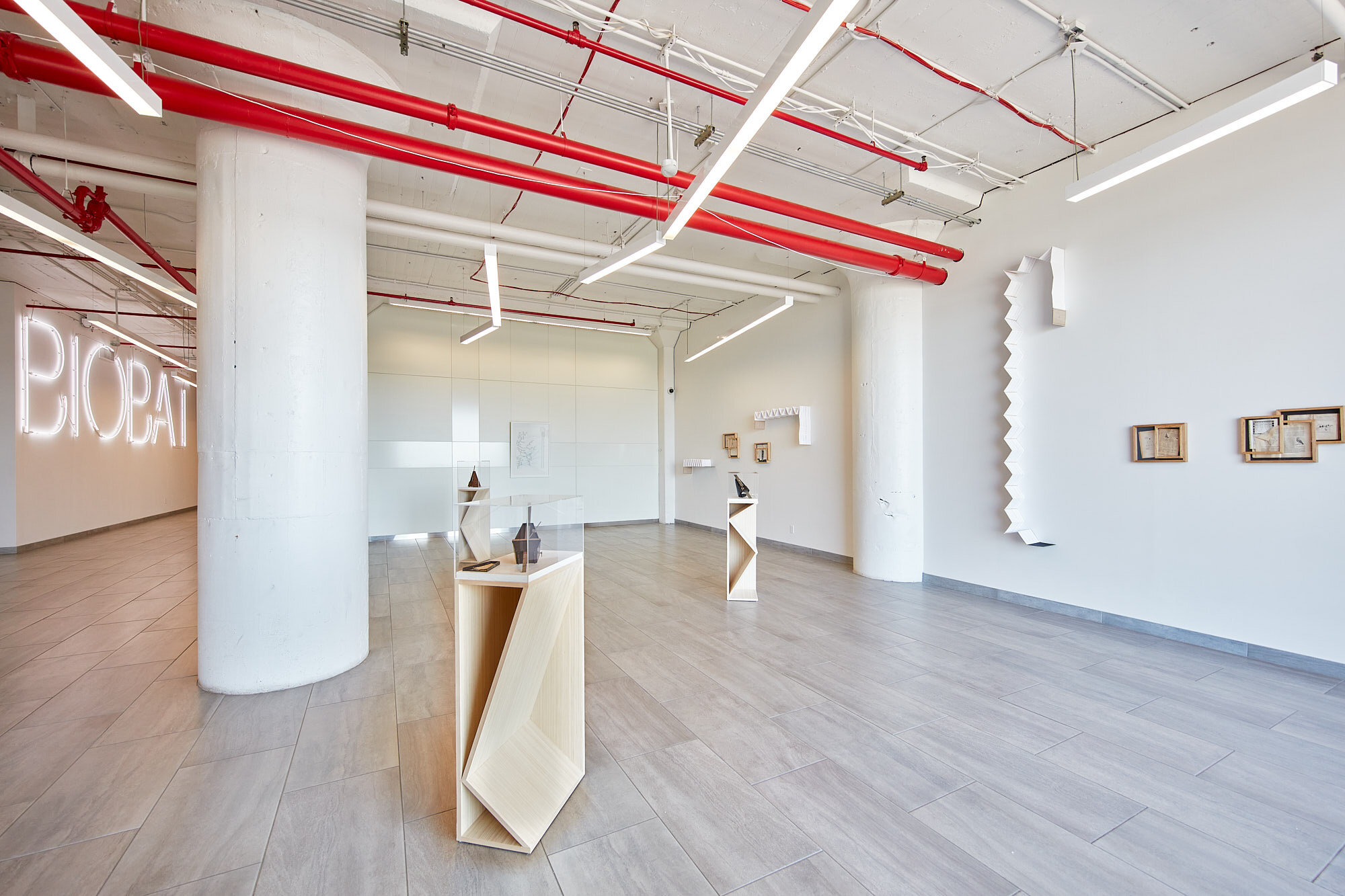
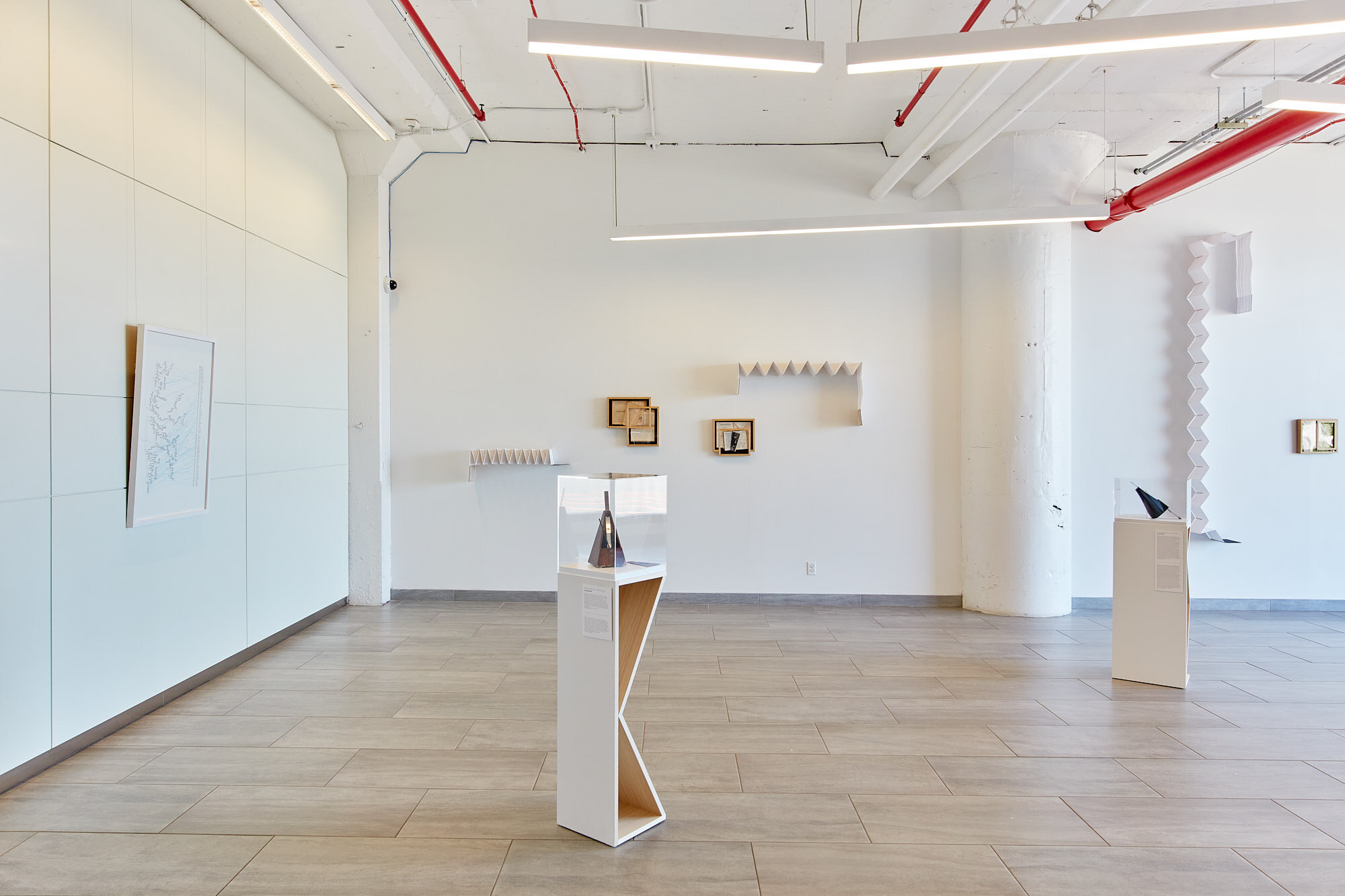
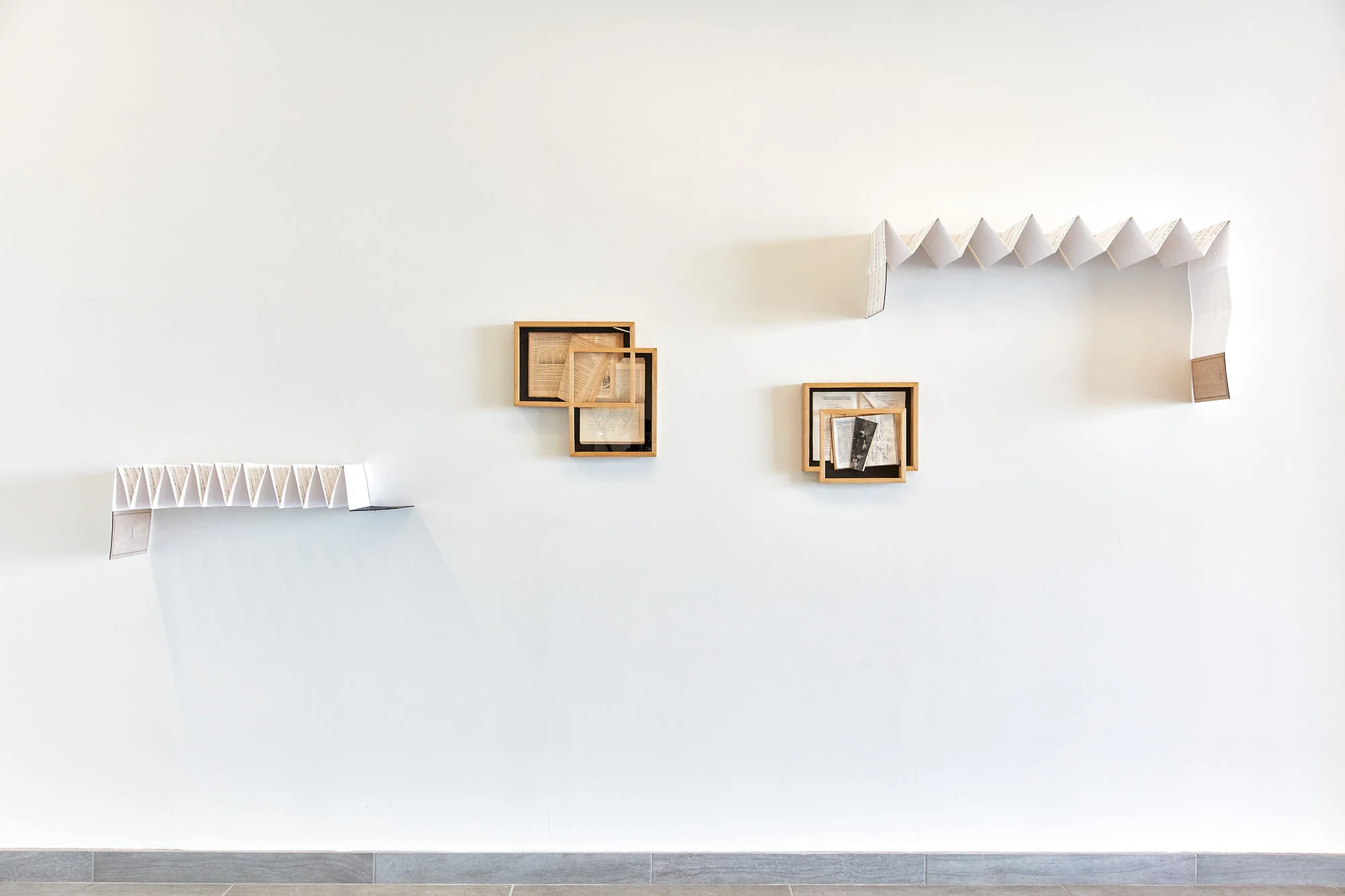
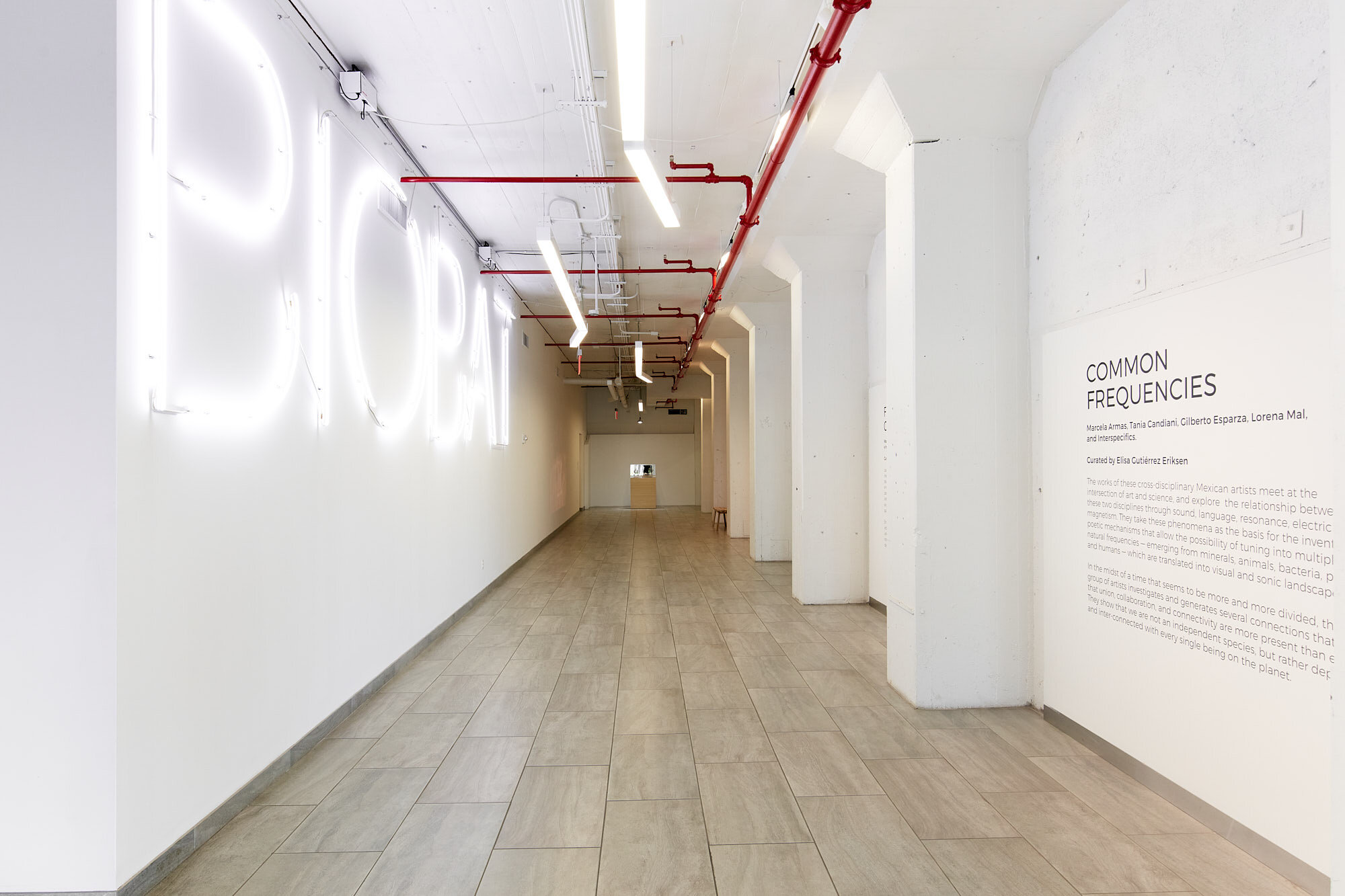
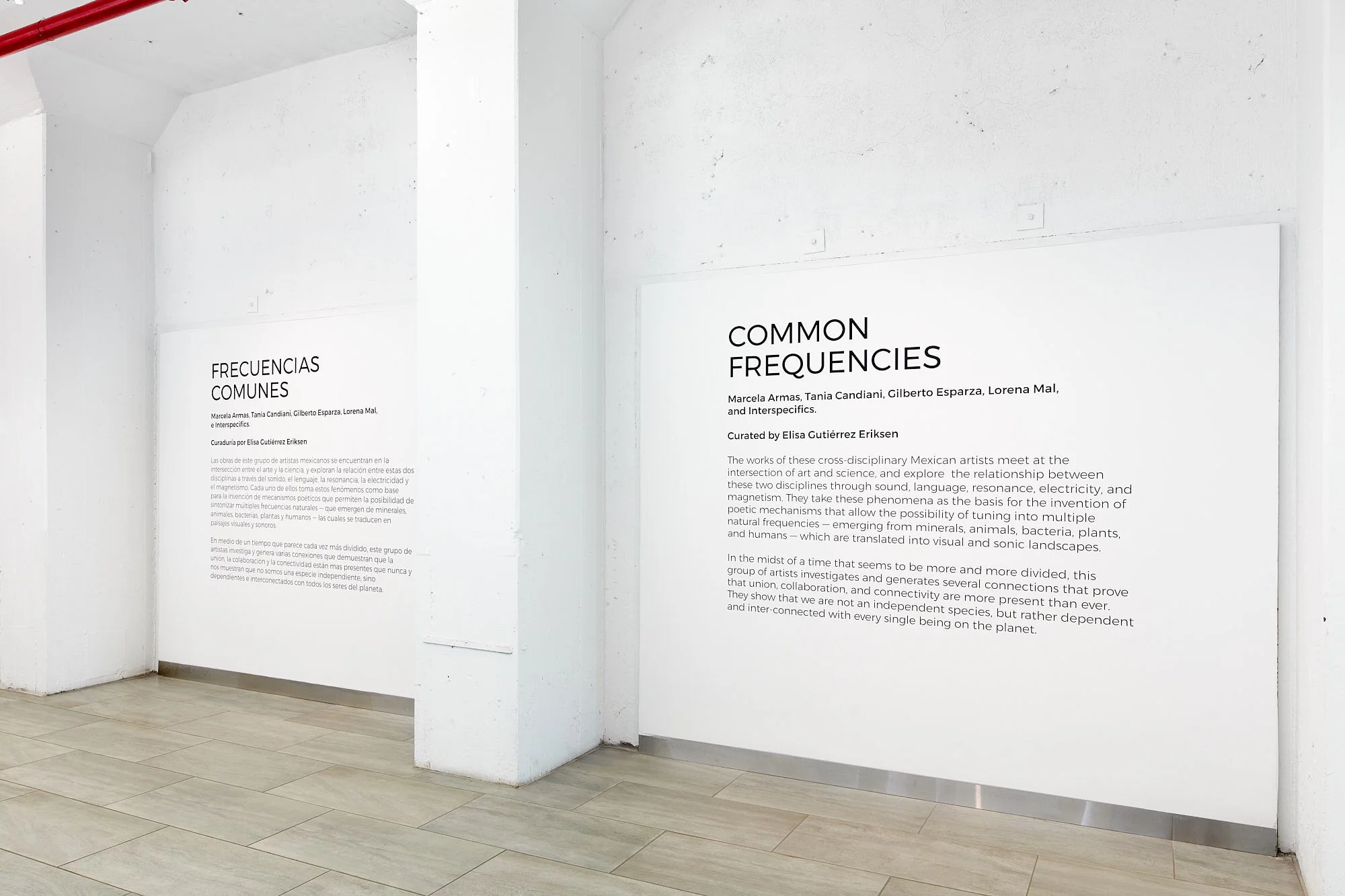
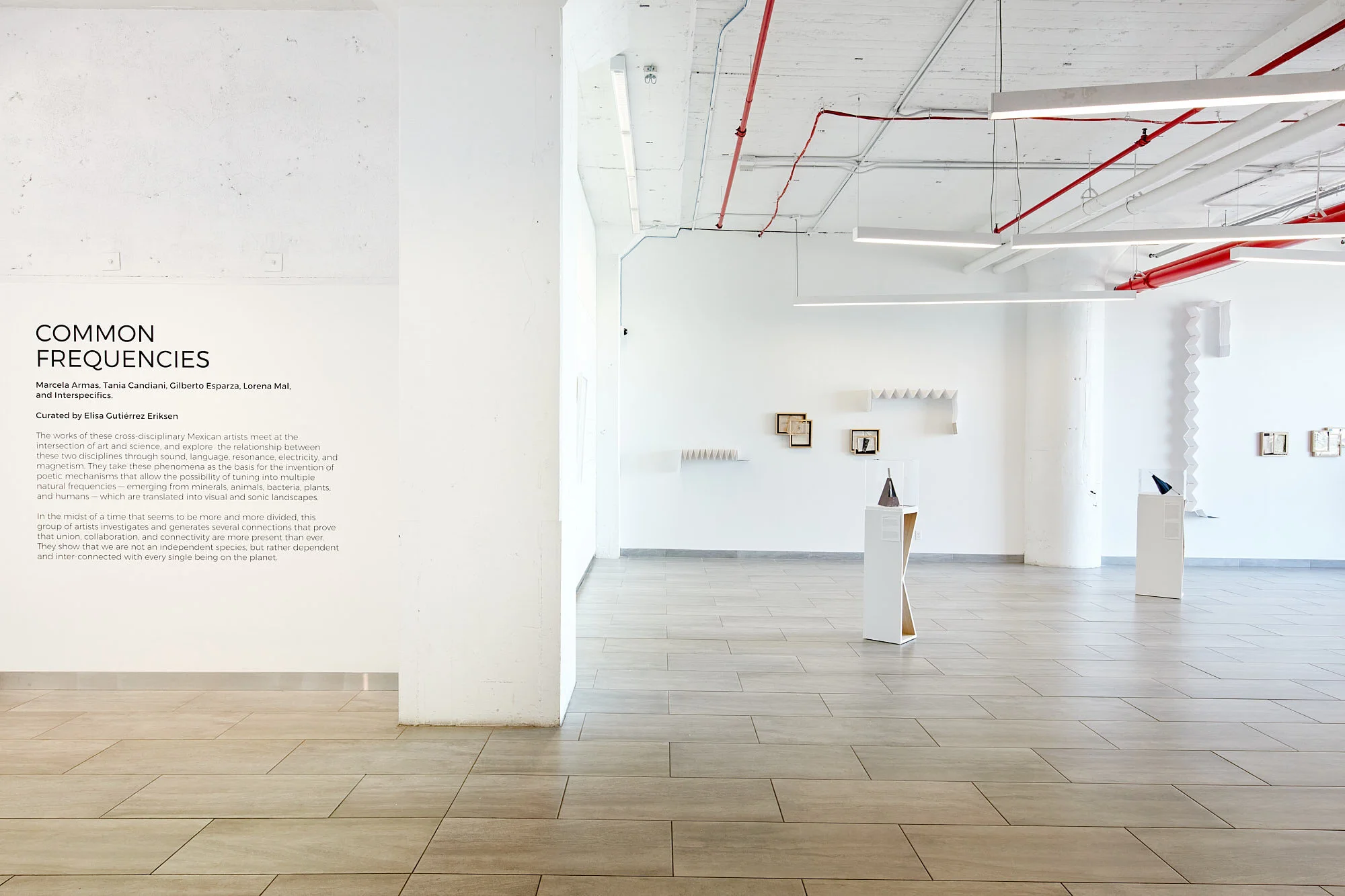
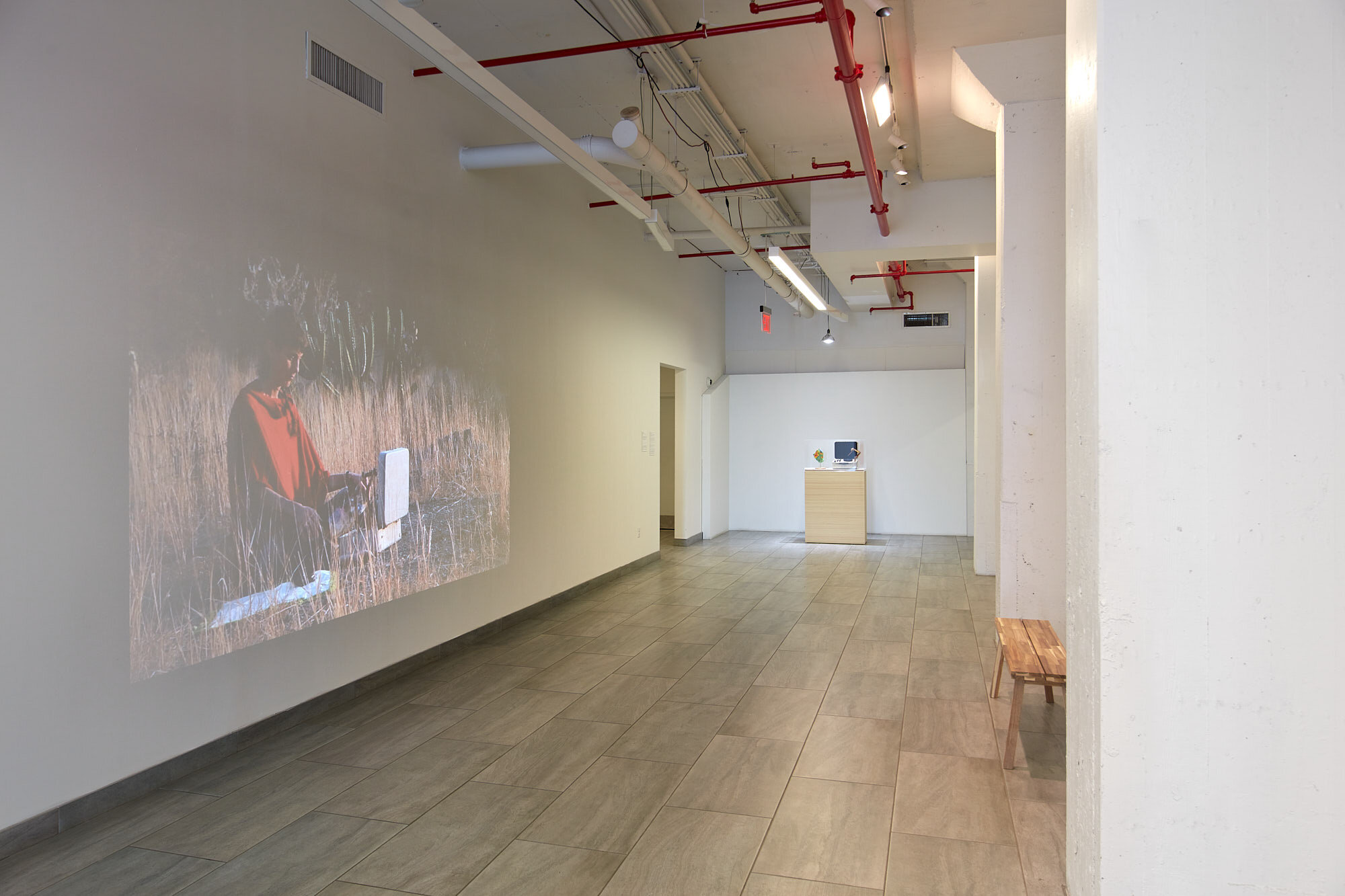

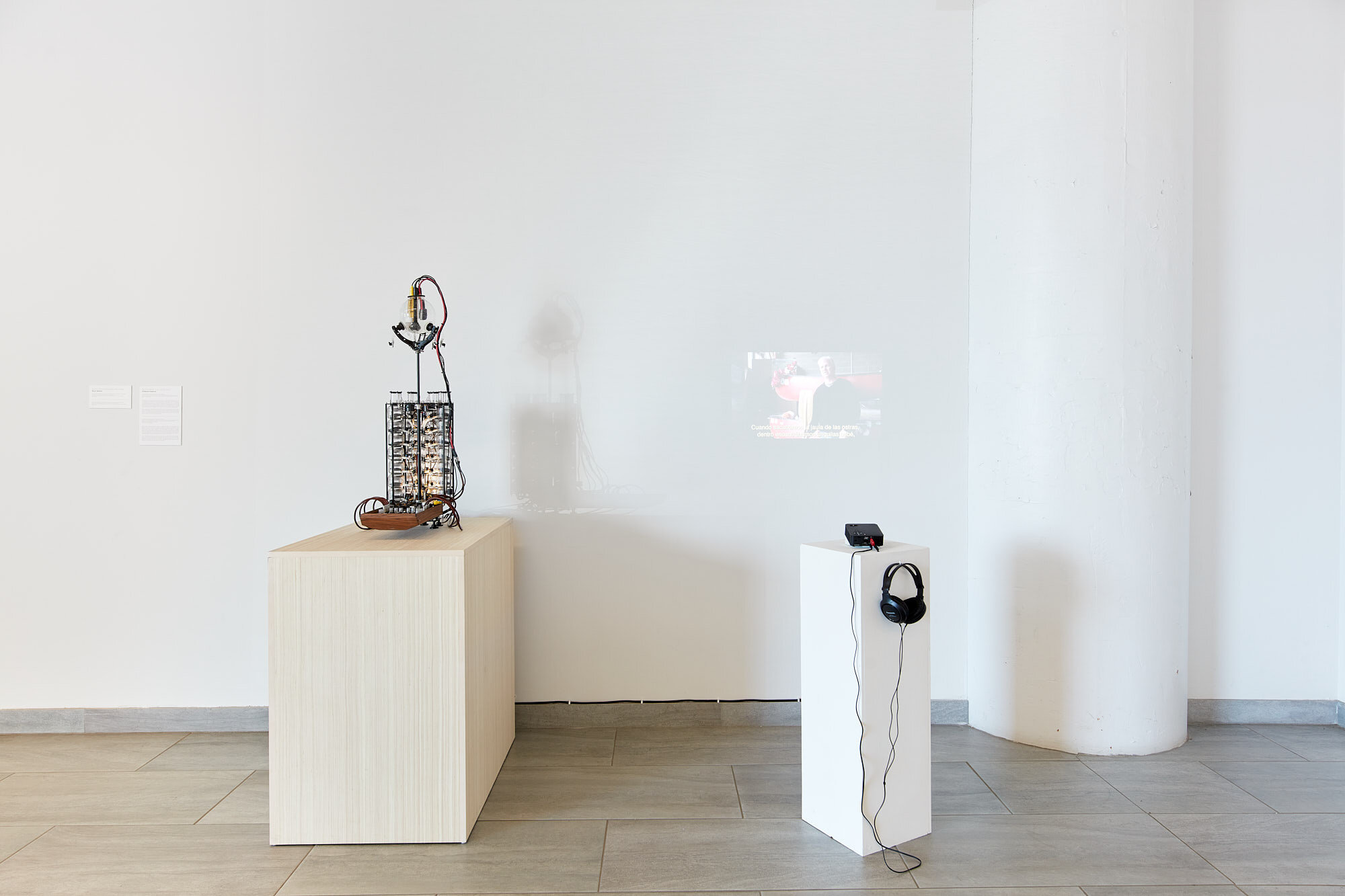
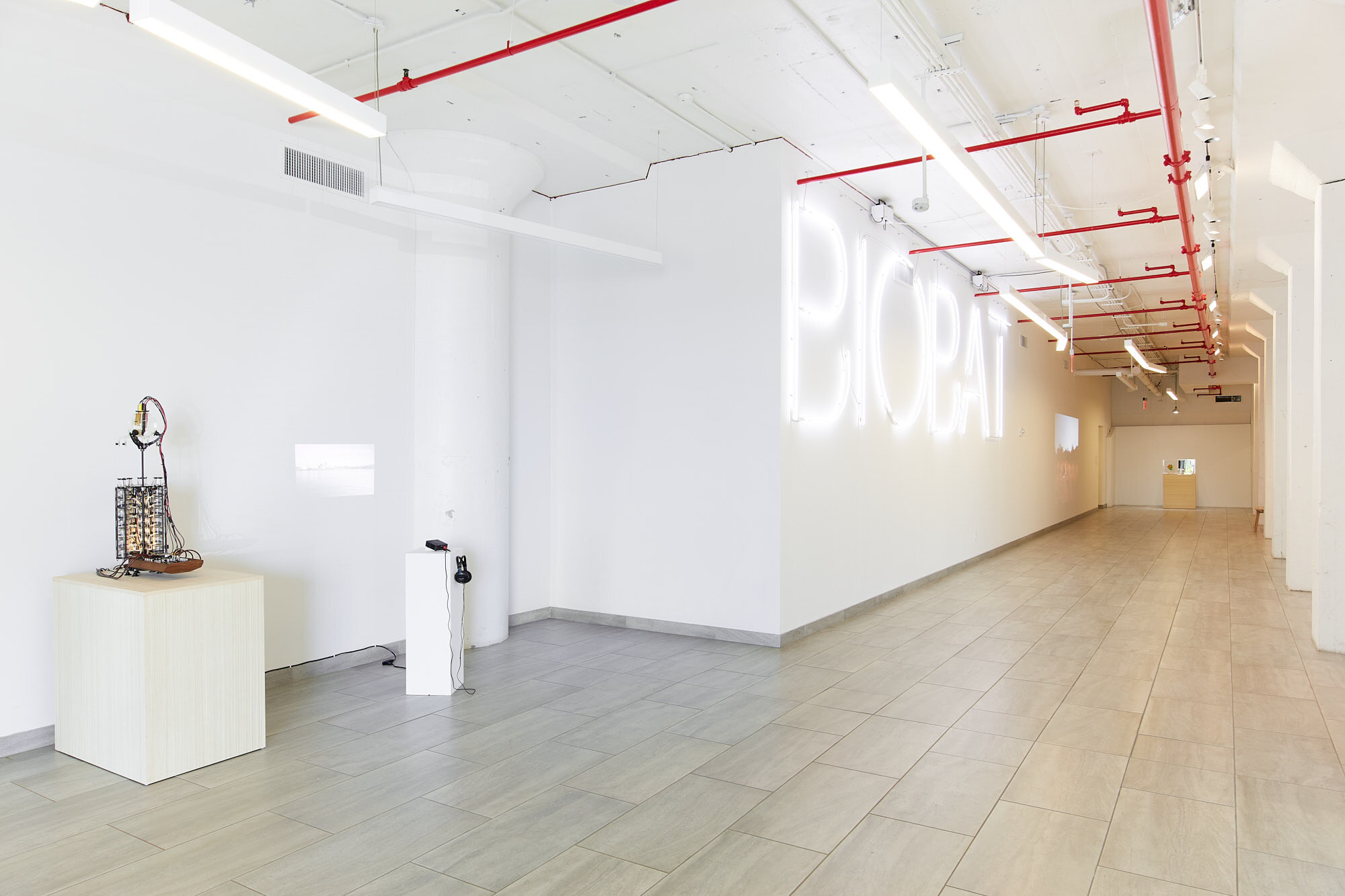
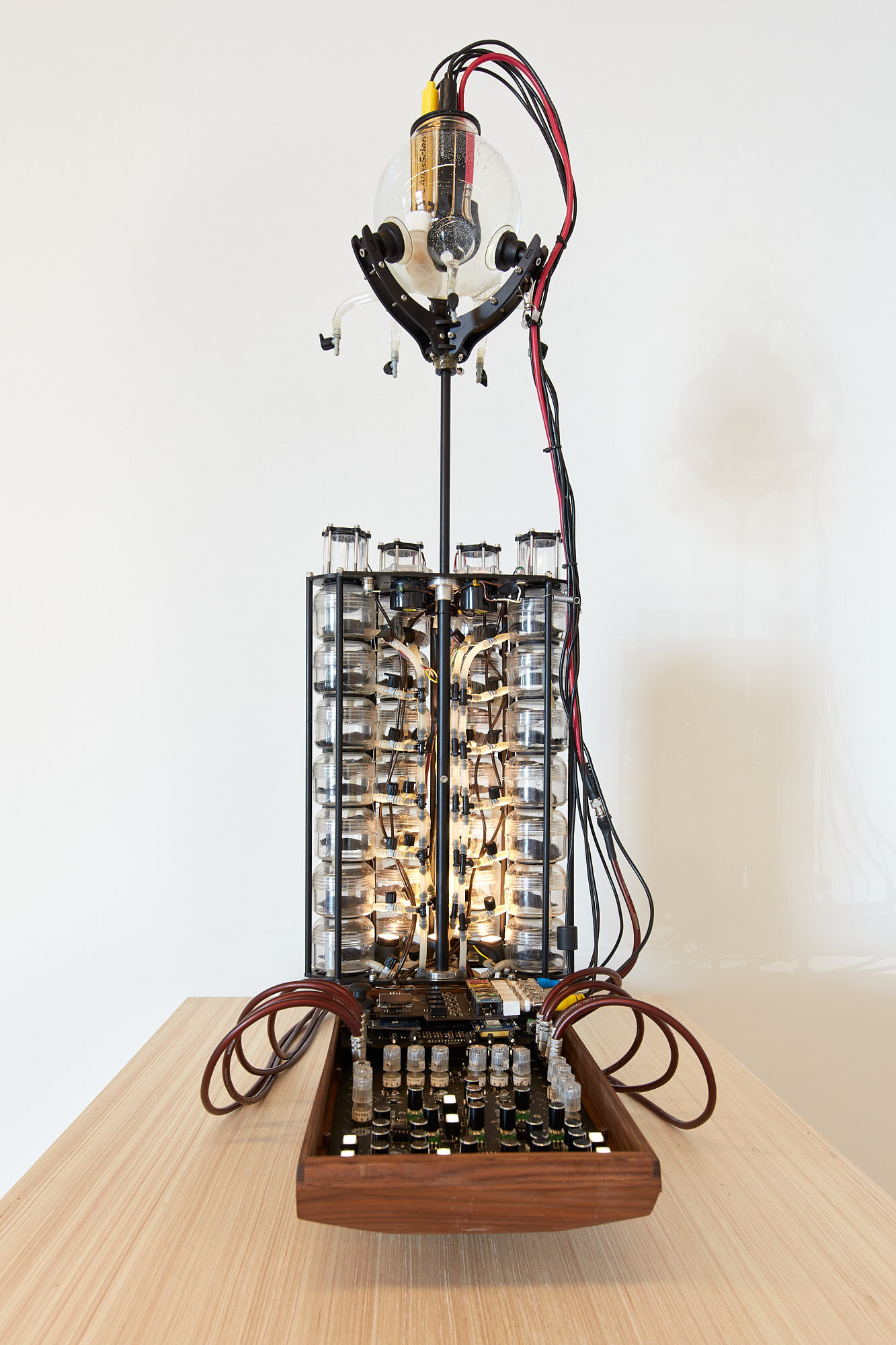
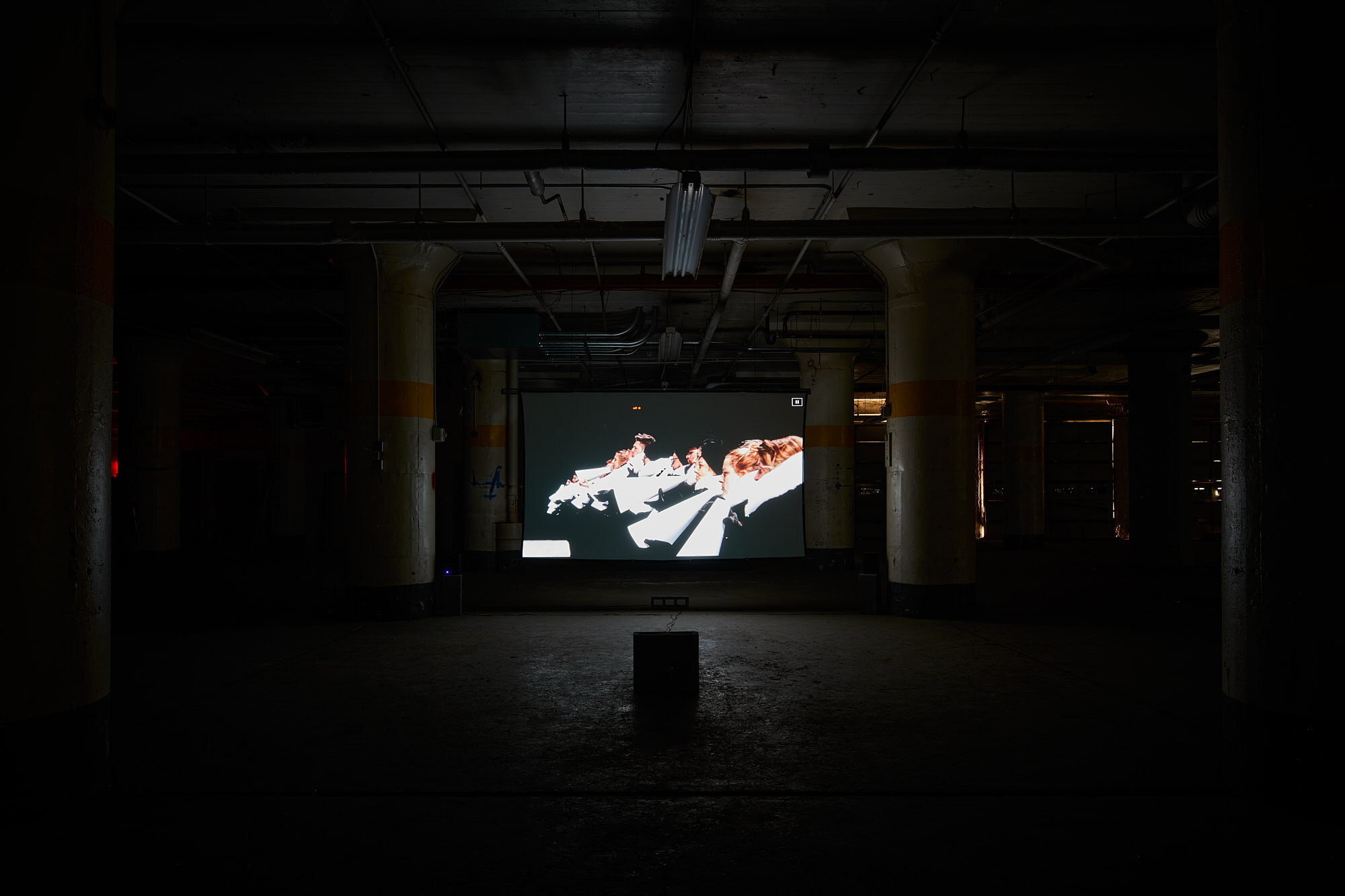
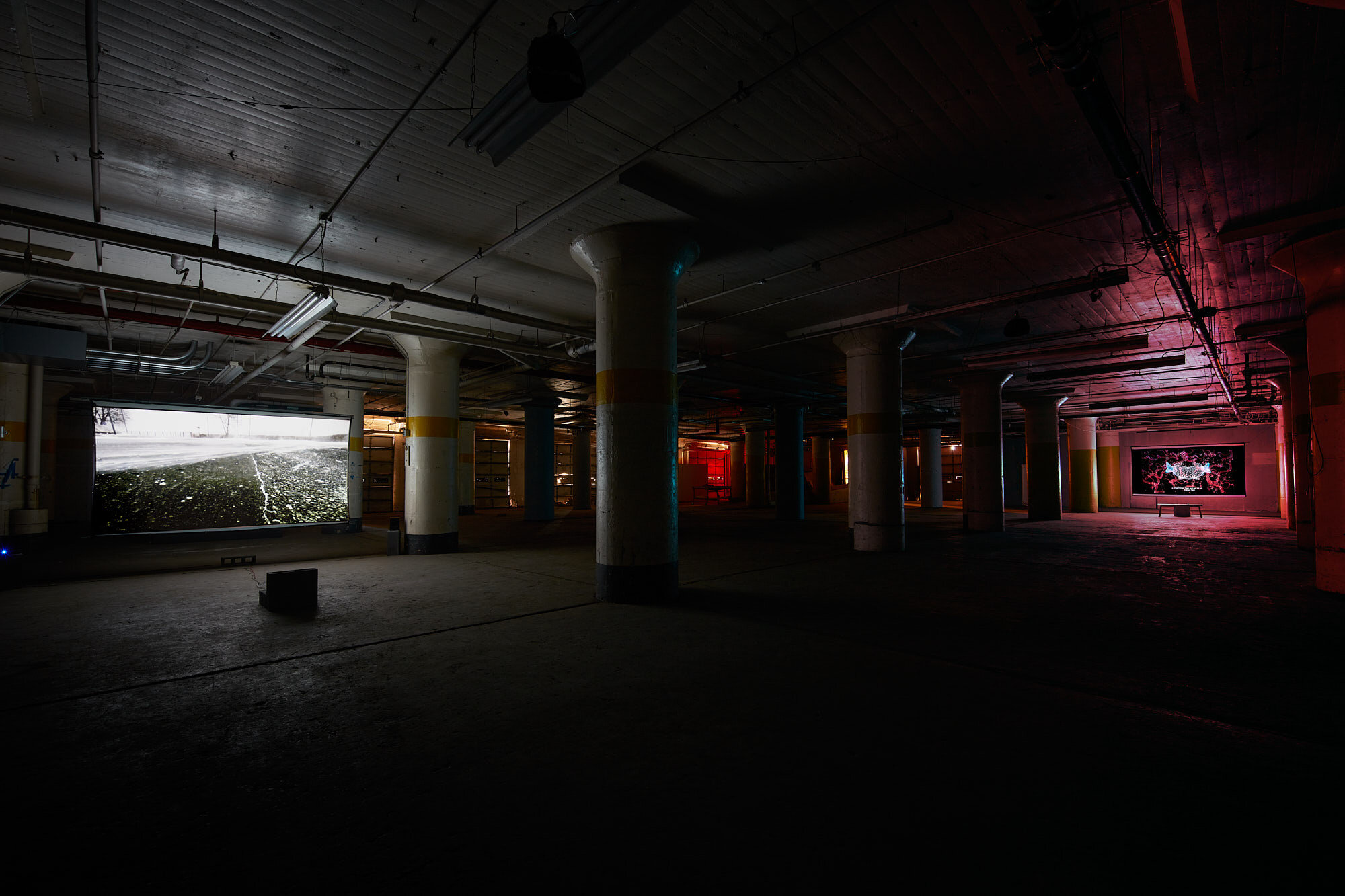
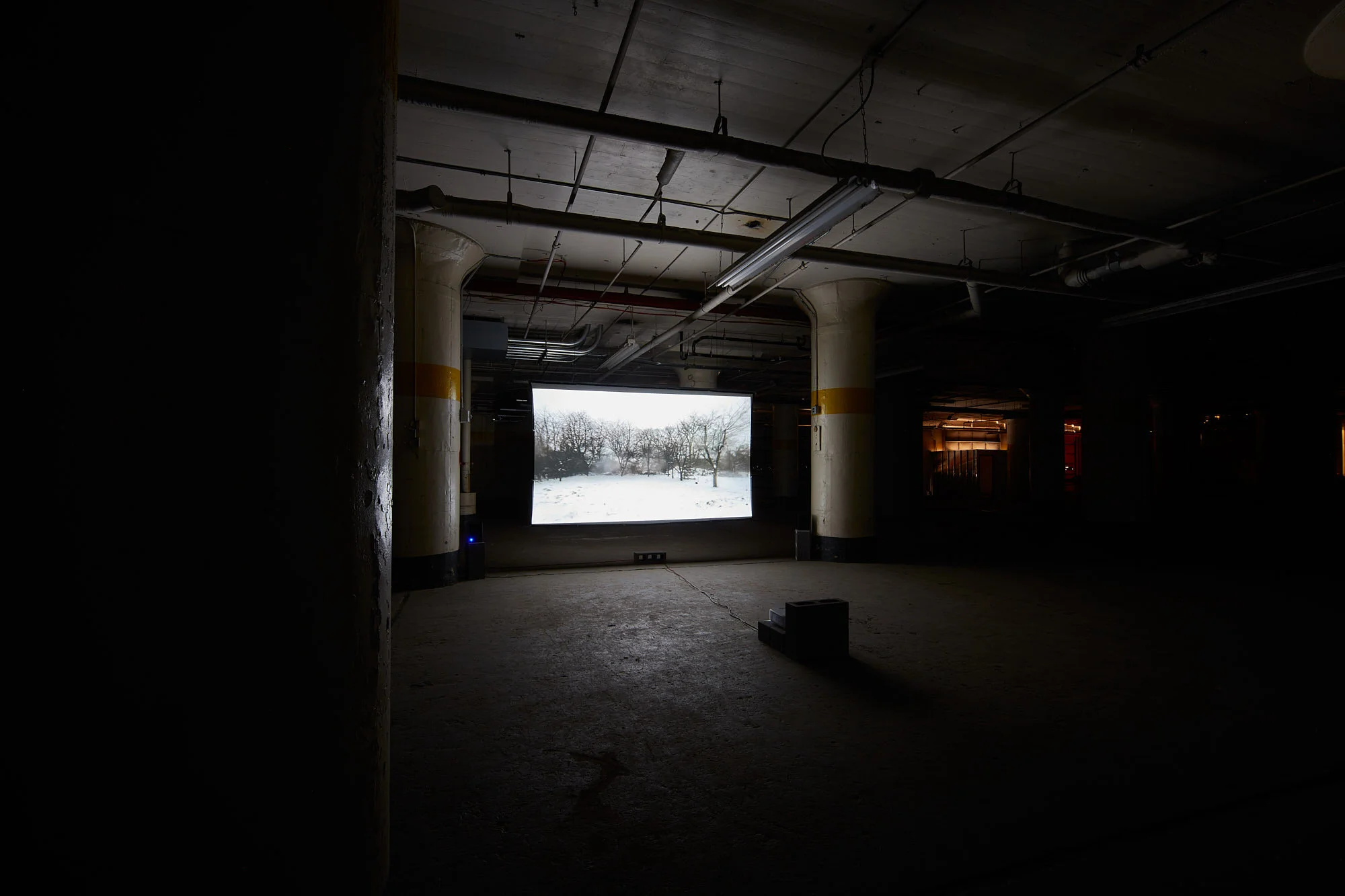
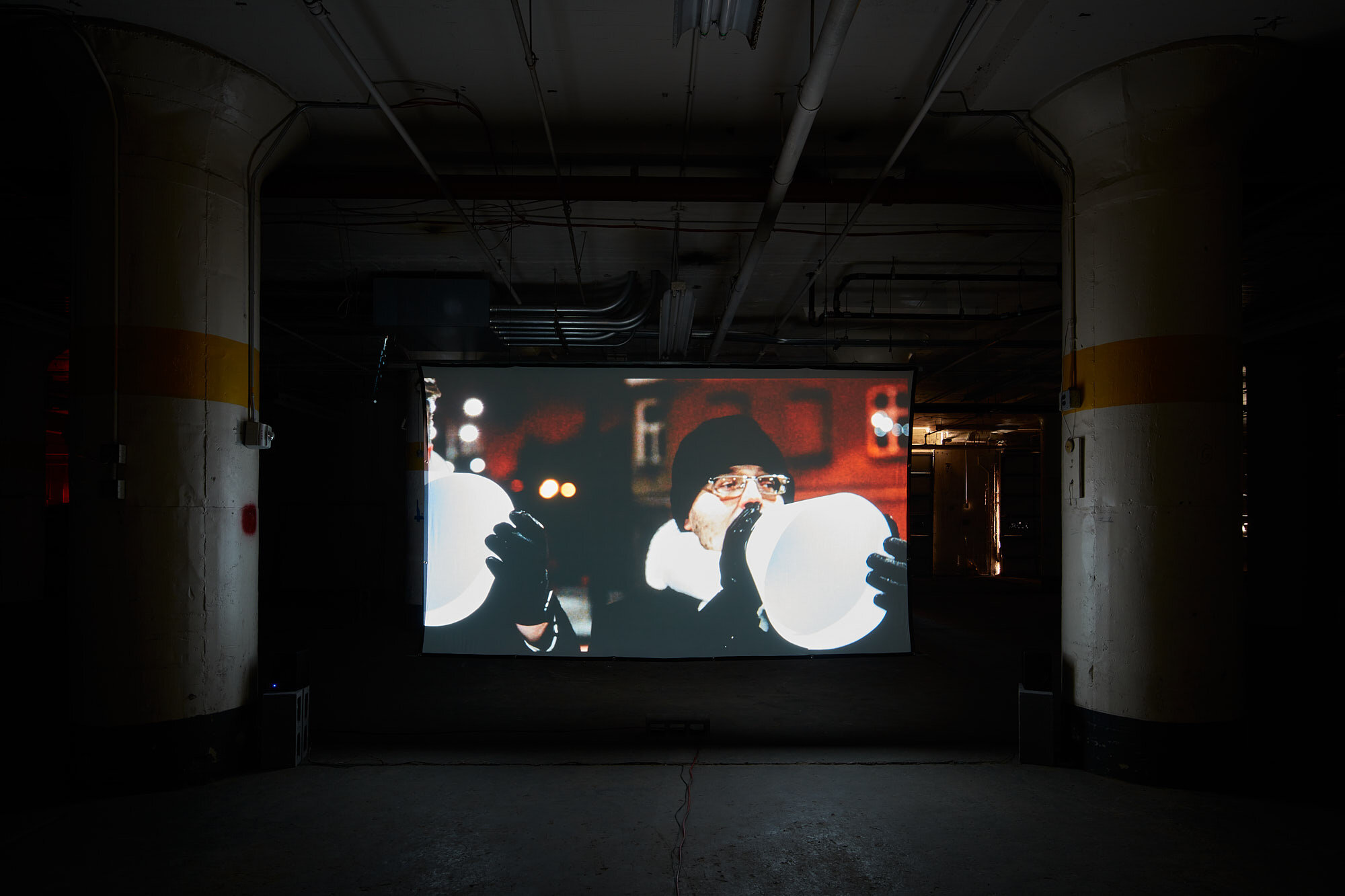
This exhibition is fiscally sponsored by:
Common Frequencies is made possible by:
Past Exhibition
UNRAVELING
NEW ANIMATIONS BY LAURA SPLAN
Animations made with molecular visualization software and SARS-CoV-2 protein structures
Still from “Unraveling”, Laura Splan, 2020
Aug 15–March 14, 2021
Timed Entry Viewings March 6–14, 2021 by Appointment
VIEW EXHIBITION HERE
Unraveling features new animations created with molecular visualization software and SARS-CoV-2 related structures projected in BioBAT’s 15,000 square foot “Dark Space”. The exhibition also includes new textiles and video work in progress that will continue throughout Laura Splan’s nine-month residency at BioBAT Art Space. The molecular animations were developed in remote collaboration with biotech company Integral Molecular for her uCity Science Center Bioart Residency while “sheltering in place” for COVID-19. The work in the exhibition is part of Precarious Structures, Splan’s new project that explores the interconnectedness of cultural and biological systems during the coronavirus pandemic. Splan’s interdisciplinary studio practice often uses textiles materialities and gestures such as unraveling and weaving to understand the structures that form entangled precarity. This exhibition is the first installment of a series of programming that will be presented both online and at BioBAT Art Space during Splan’s residency to engage audiences in discussion of the complex underpinnings of this global health crisis.
Project support provided by The Science Center, Integral Molecular, and The Dolfinger-McMahon Foundation.
‘Tickling the Bonds,’ 2019, generative software animation. This screen-recorded animation was created in Pymol, a molecular modeling software program that Splan was introduced to by scientist Thomas Charpentier. By using the “sculpting” feature in the software in unconventional ways, the animation is a collaborative doodle of sorts between the artist’s hand and the bonding interactions of the molecular structures that are being disrupted. As protein structures are manipulated, the software renders uncanny disturbances between neighboring amino-acid residues.
Project Support provided by The Science Center Bioart Residency, Integral Molecular, Esther Klein Gallery, The Knight Foundation
"Laura Splan: Unraveling" Solo Exhibition BioBAT Art Space at the Brooklyn Army Terminal August 15–October 31, 2020 "Unraveling" features new animations created with molecular visualization software and SARS-CoV-2 related structures projected in BioBAT’s 15,000 square foot “Dark Space”. The exhibition also includes new collaborative textiles works in progress that will continue throughout Laura Splan’s nine month residency at BioBAT Art Space.
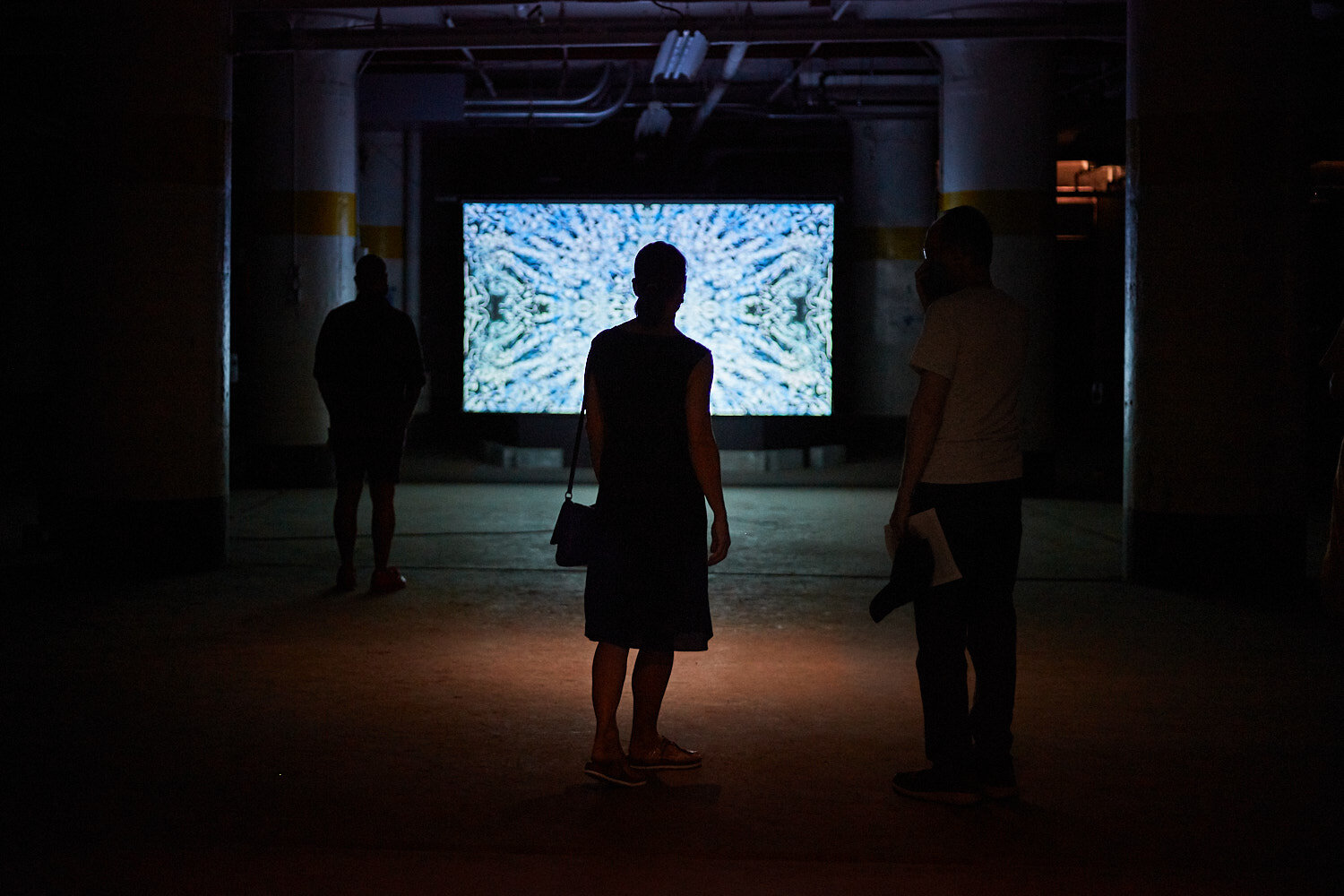
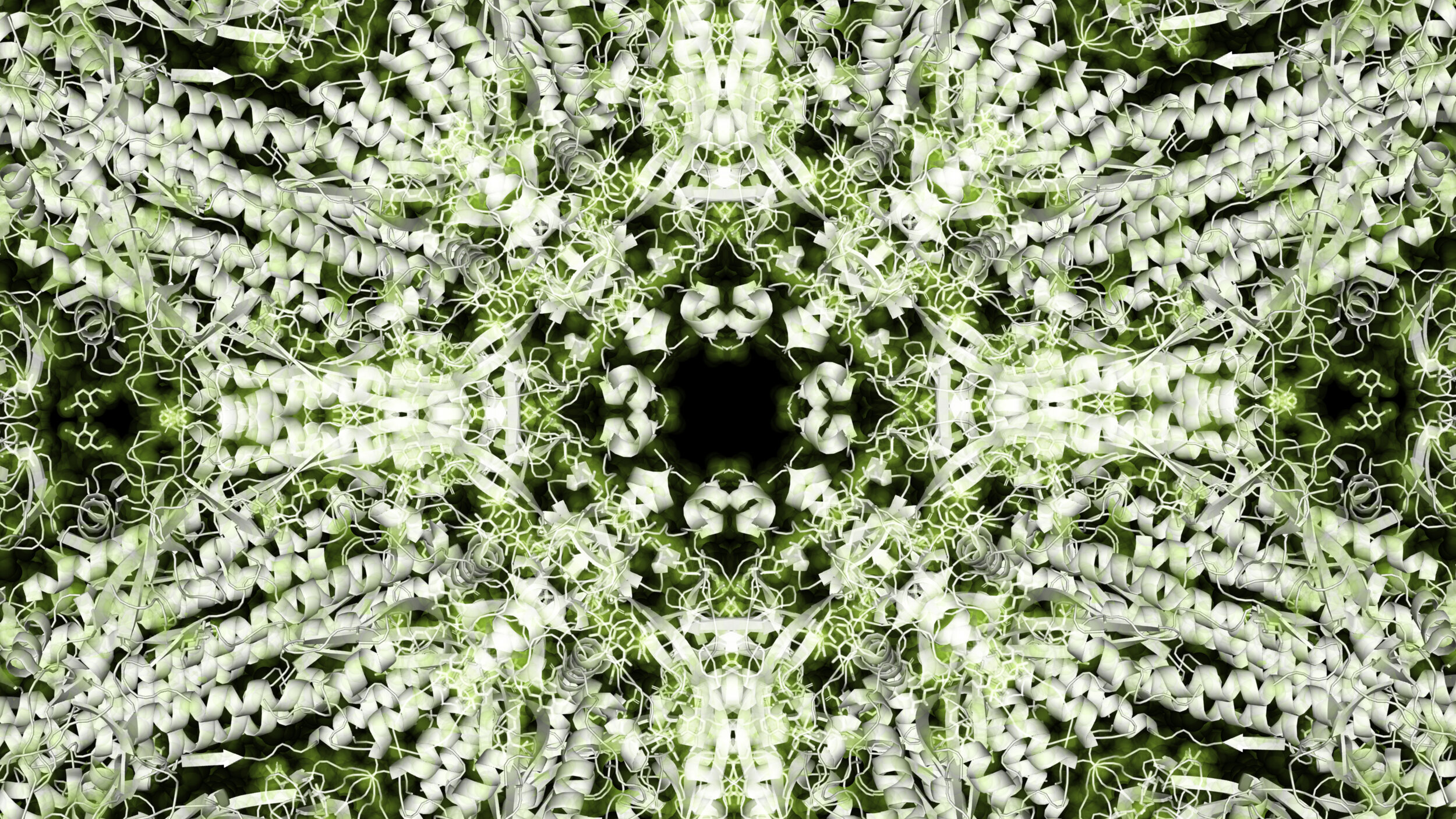


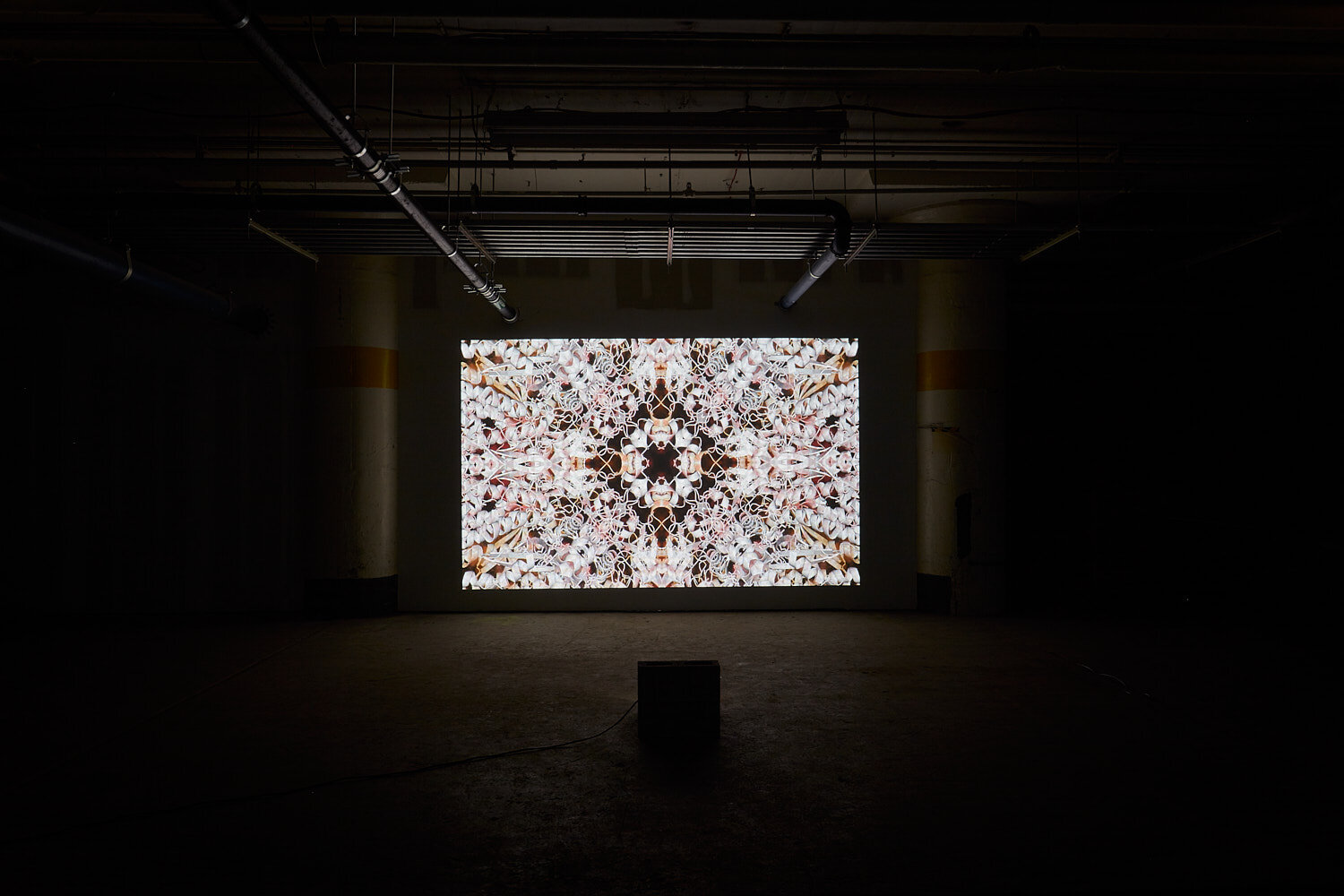
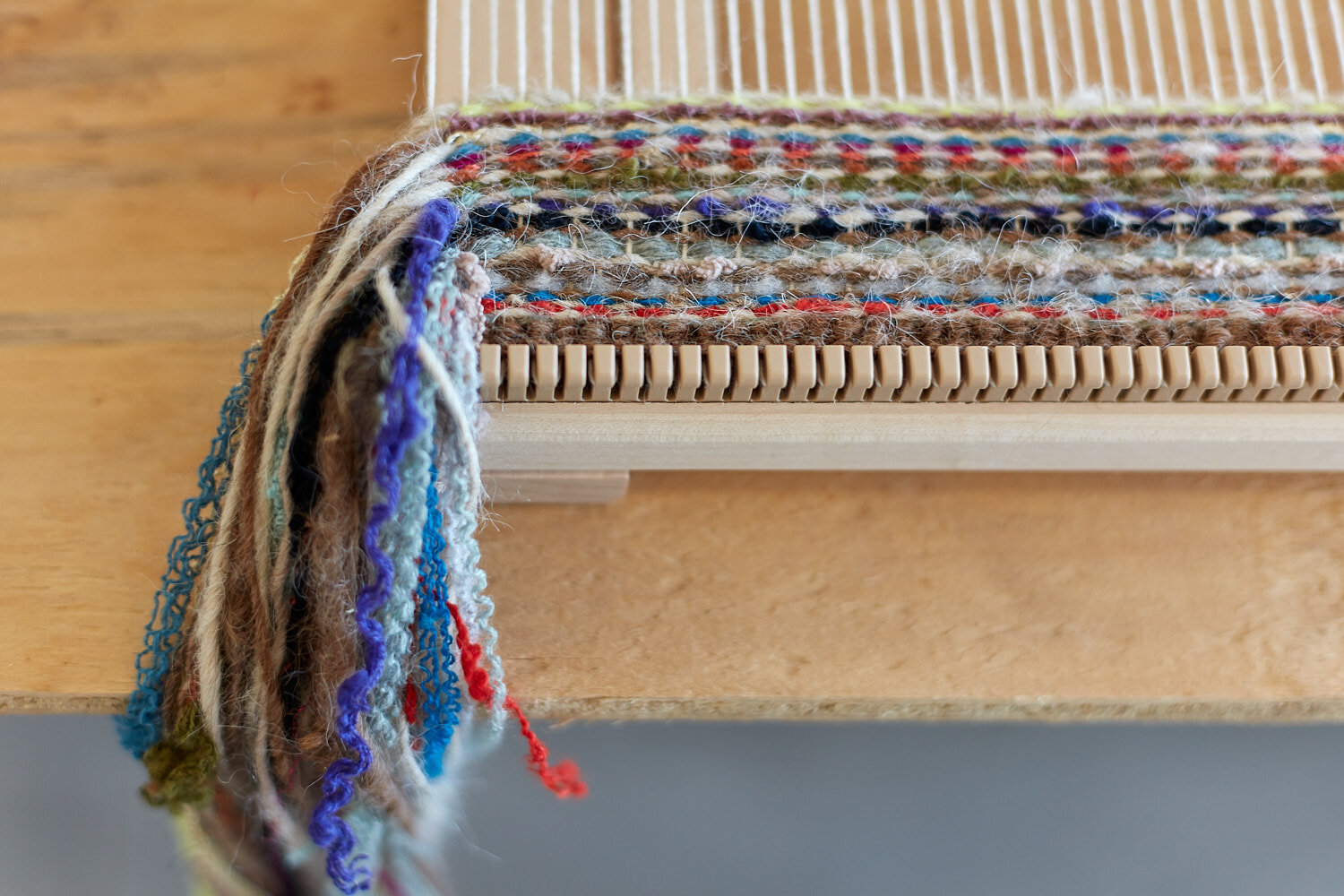
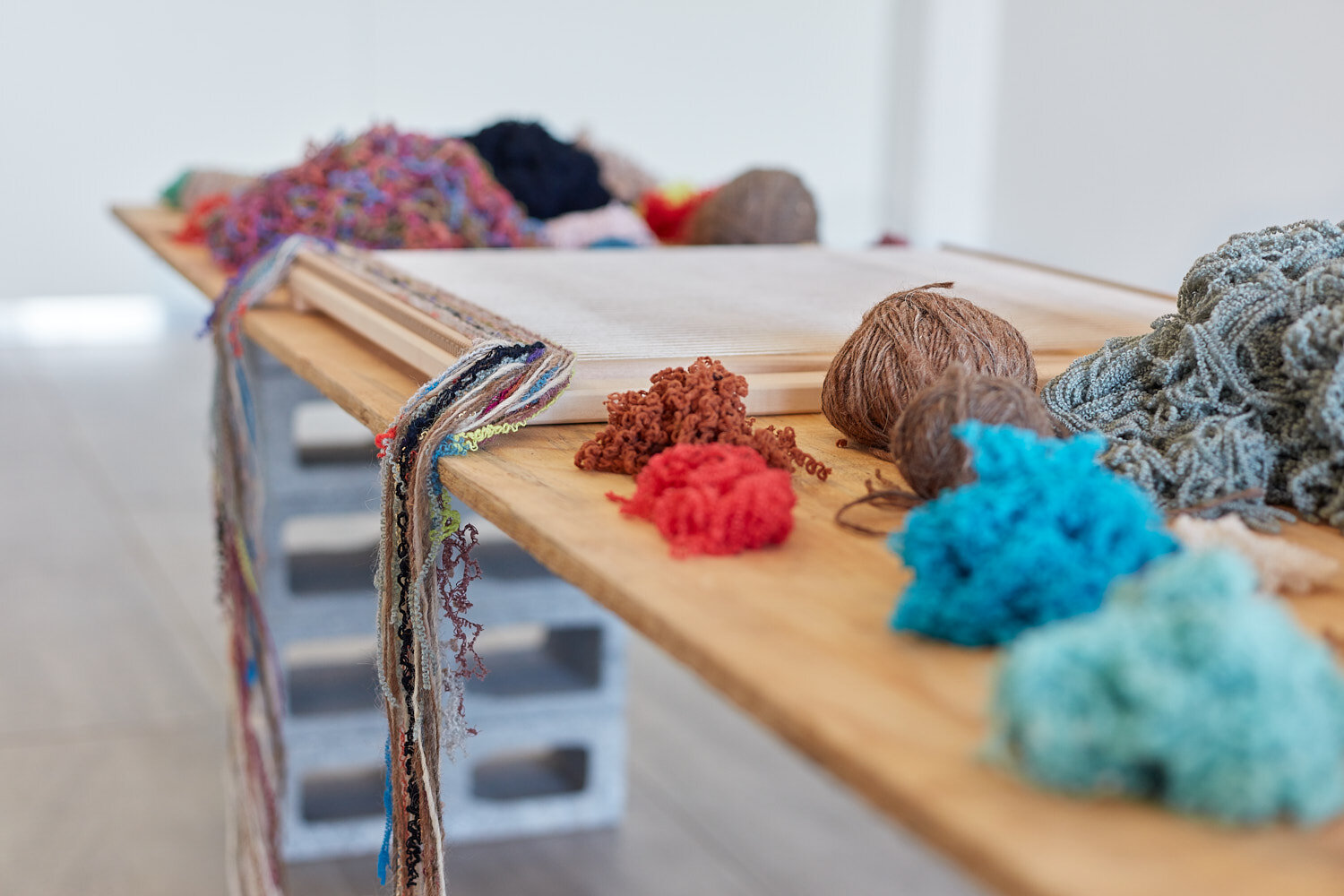
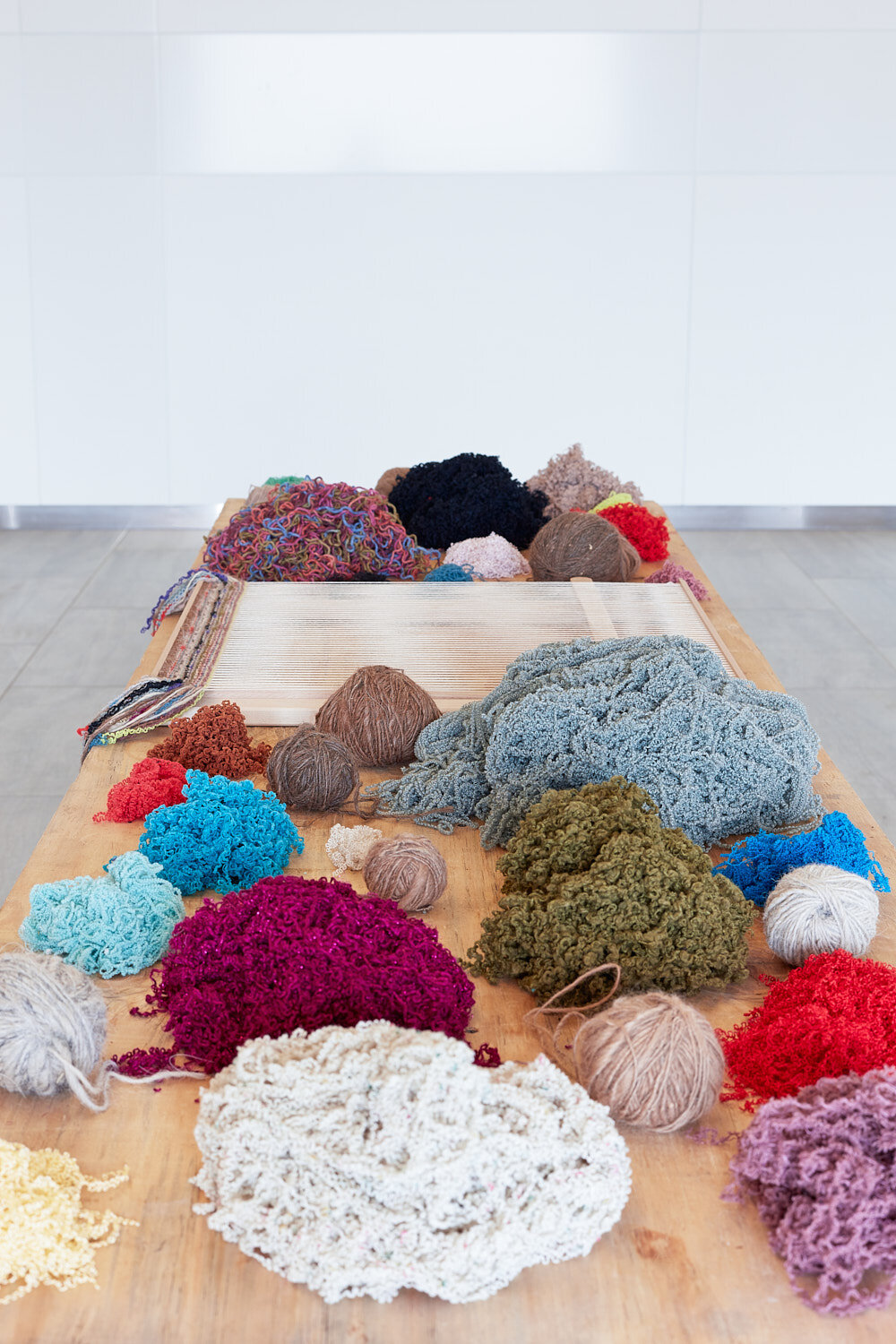
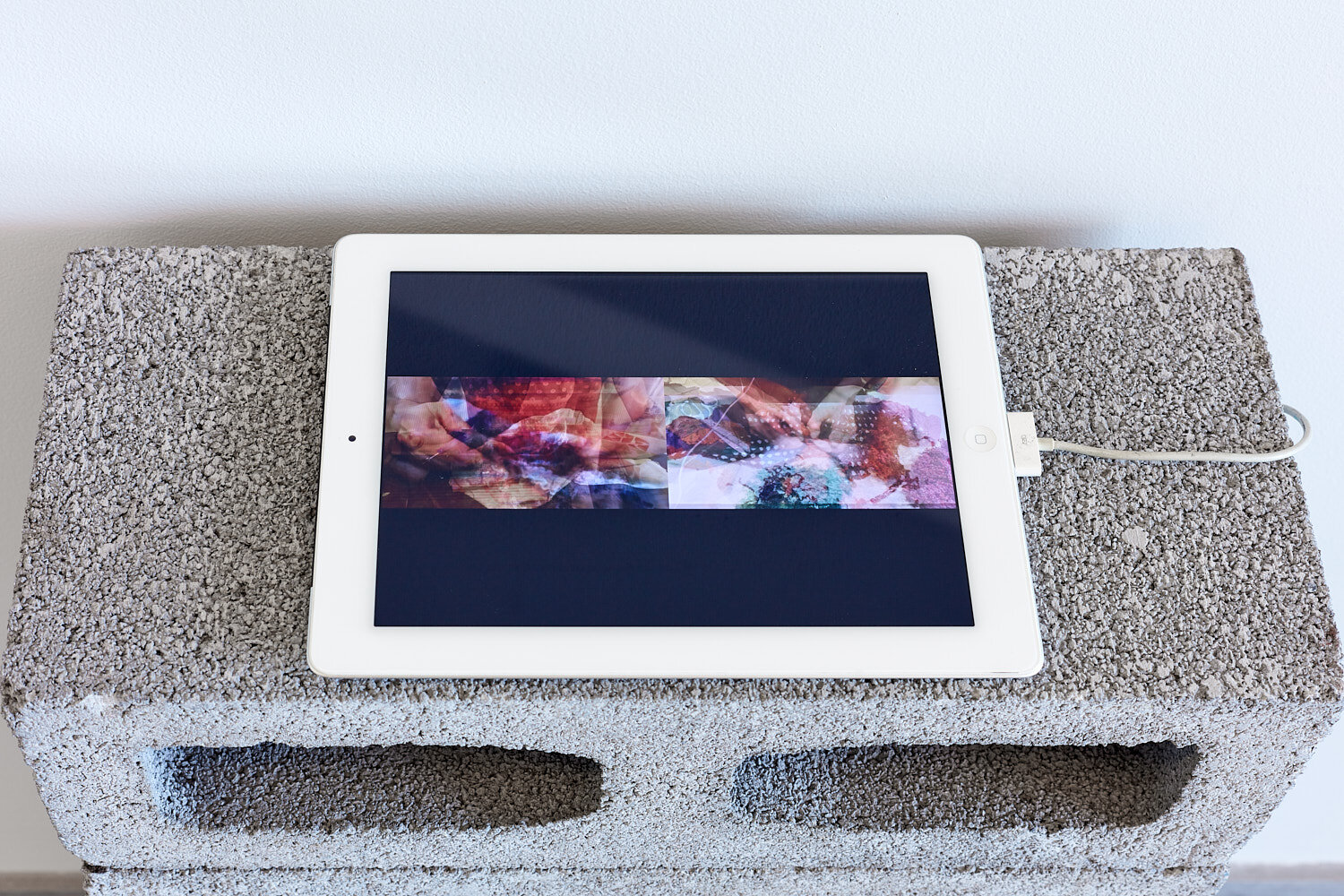

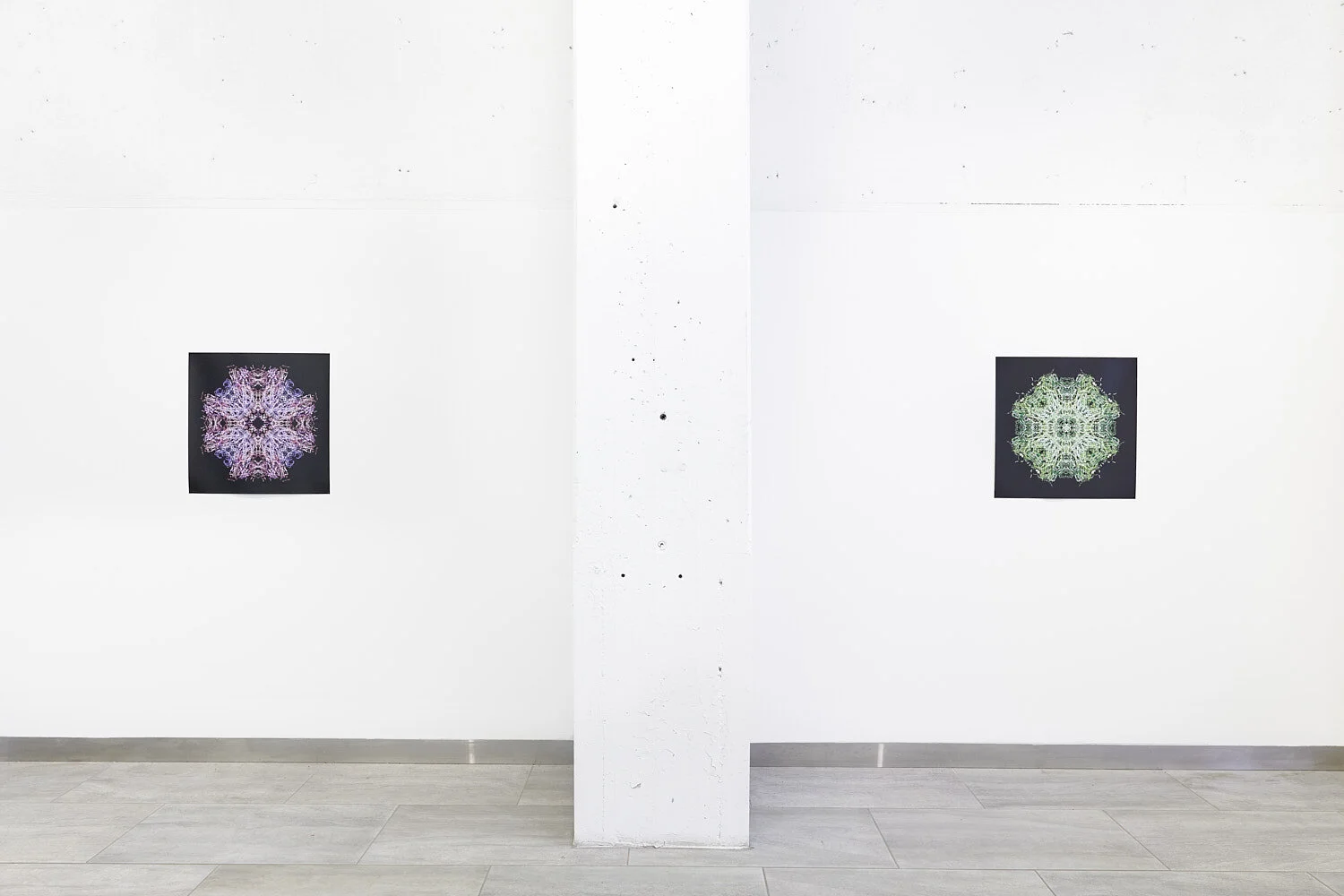

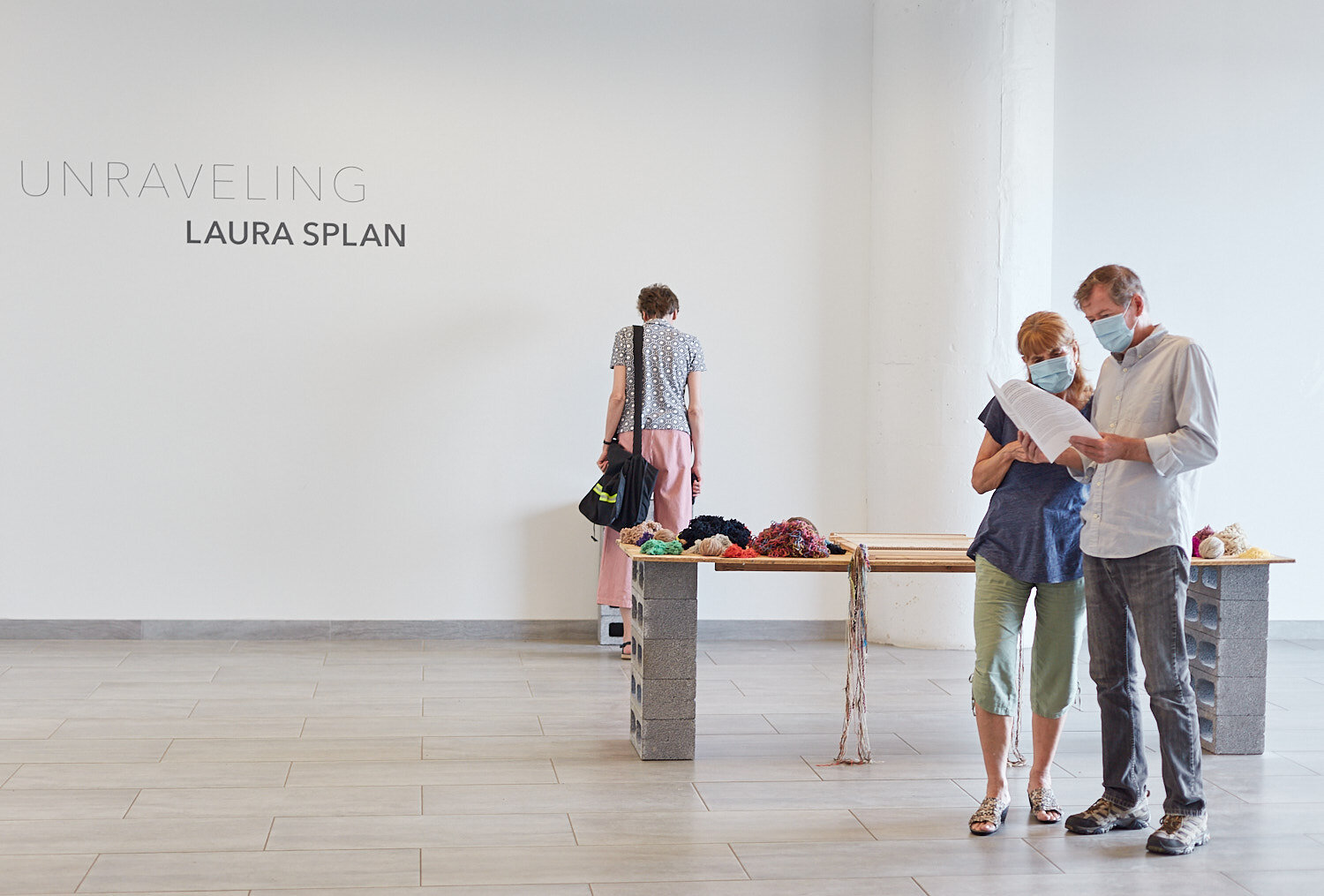
Unraveling, New Animations by Laura Splan | Reviews
The Structure of SARS: A Dangerous Beauty in Constant Flux, By Angela McQuillan, November 19, 2020
Past Exhibition
UMWELT
November 1, 2019 – March 30, 2020
Opening Reception: Friday, November 1, 7–9pm
Featuring: Christine Davis, Patricia Olynyk, Meredith Tromble
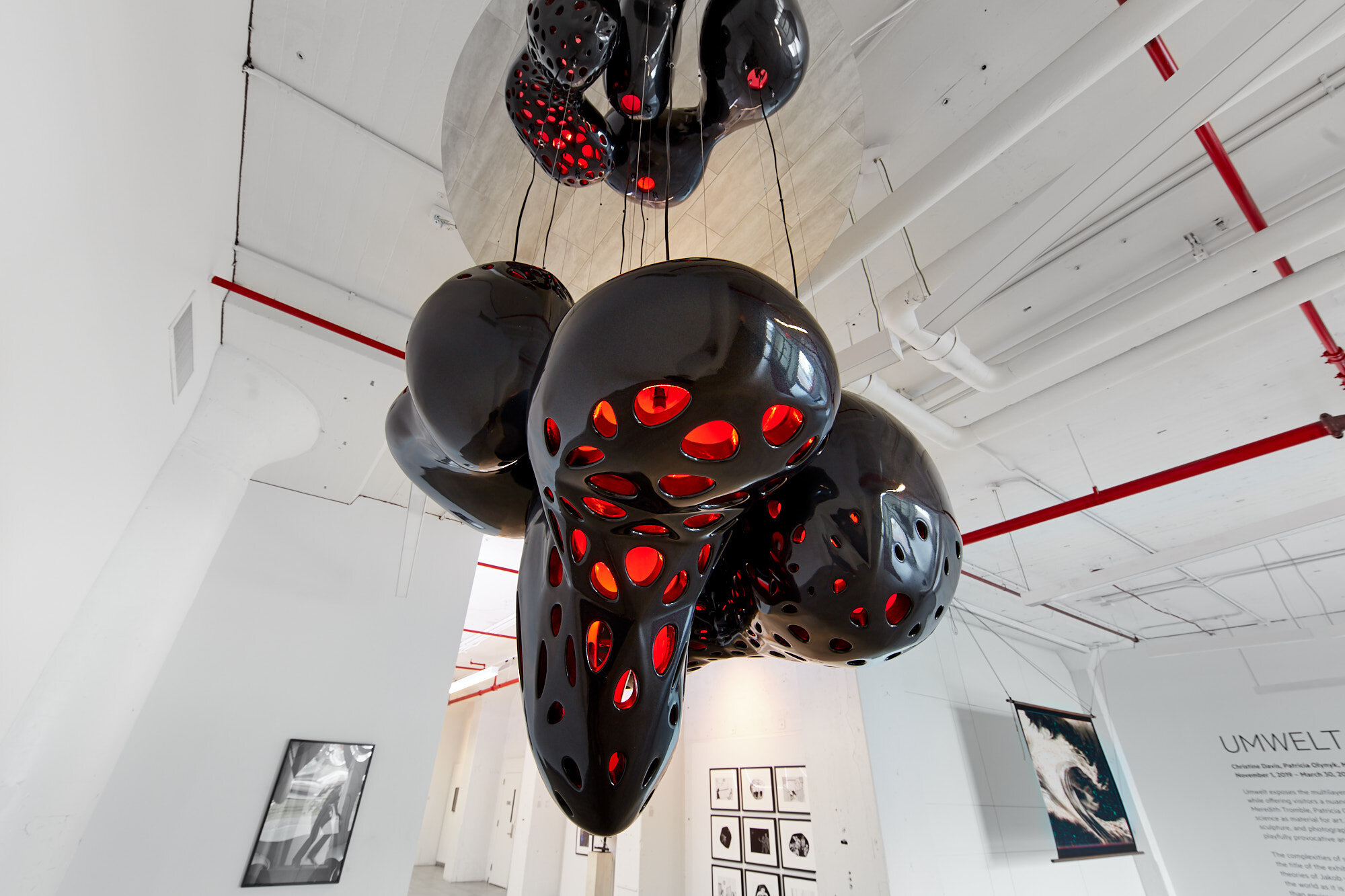
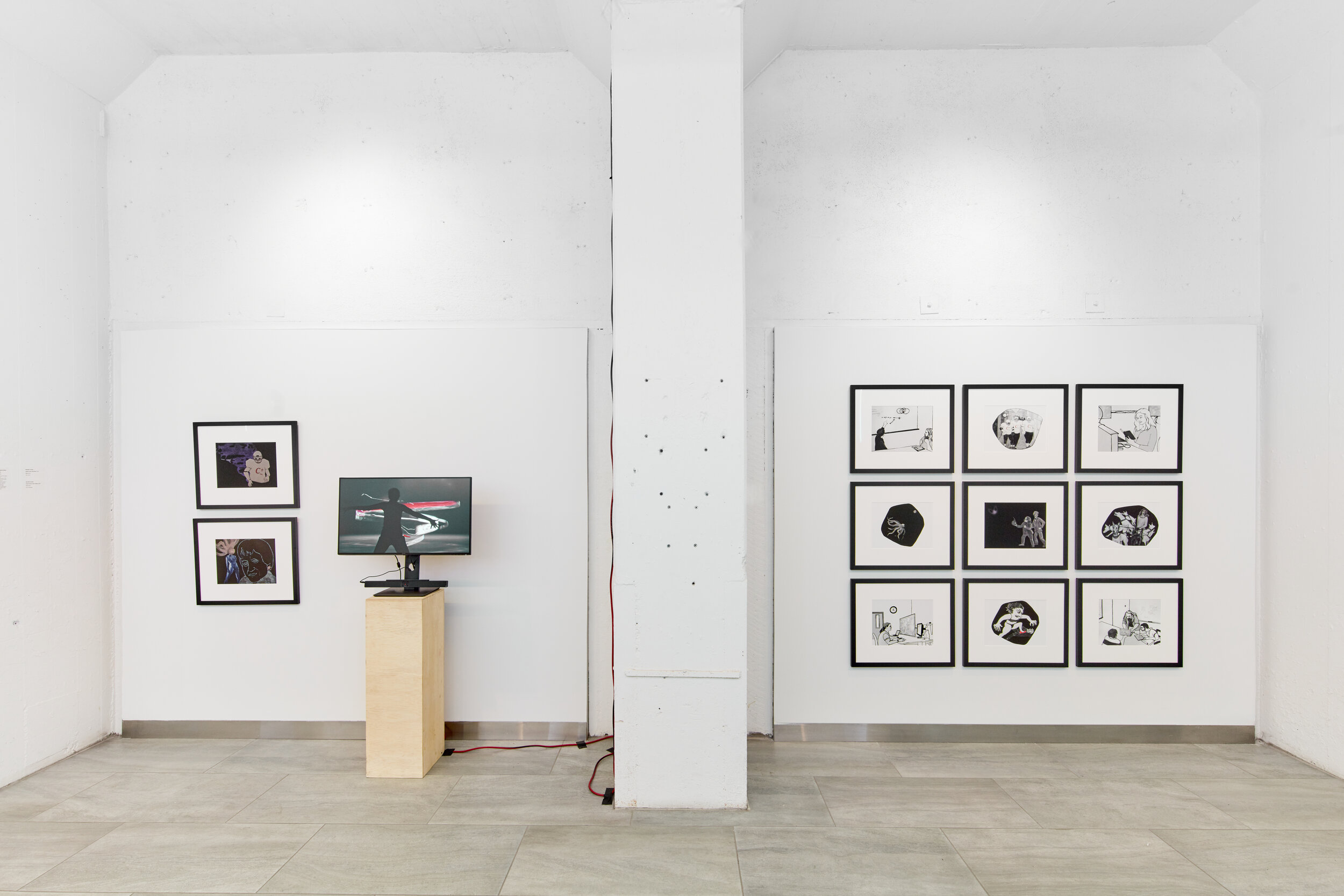
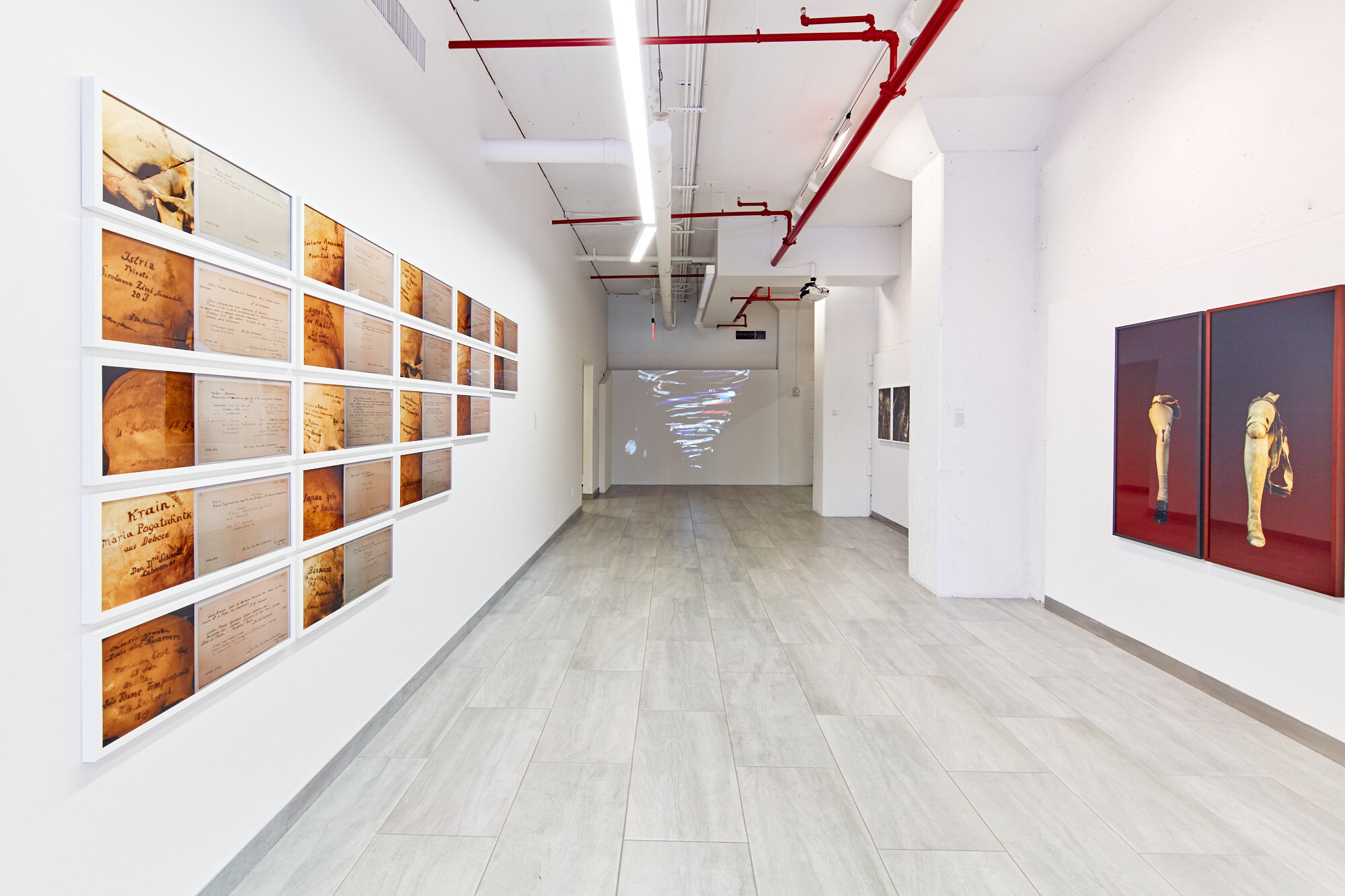
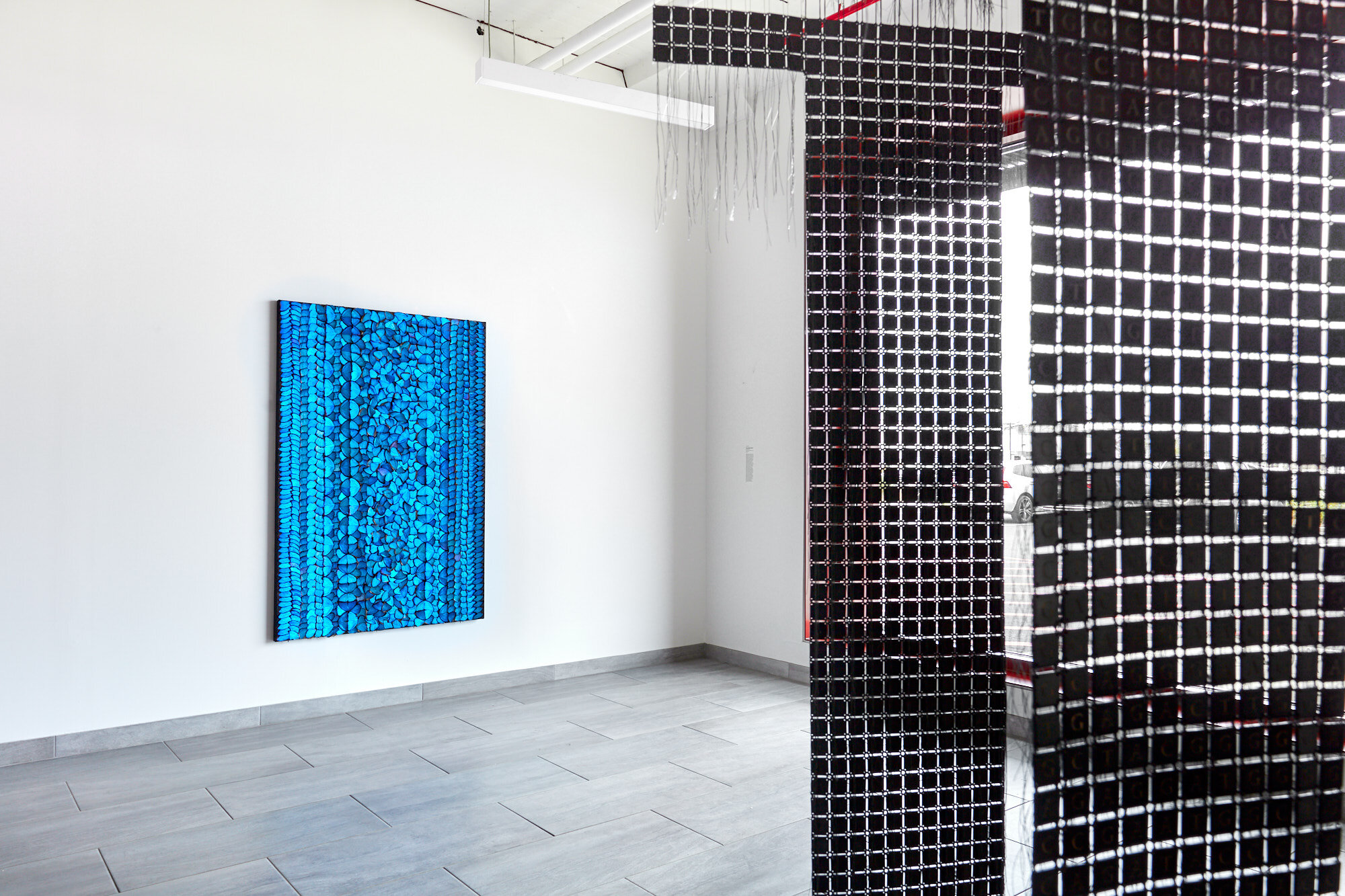

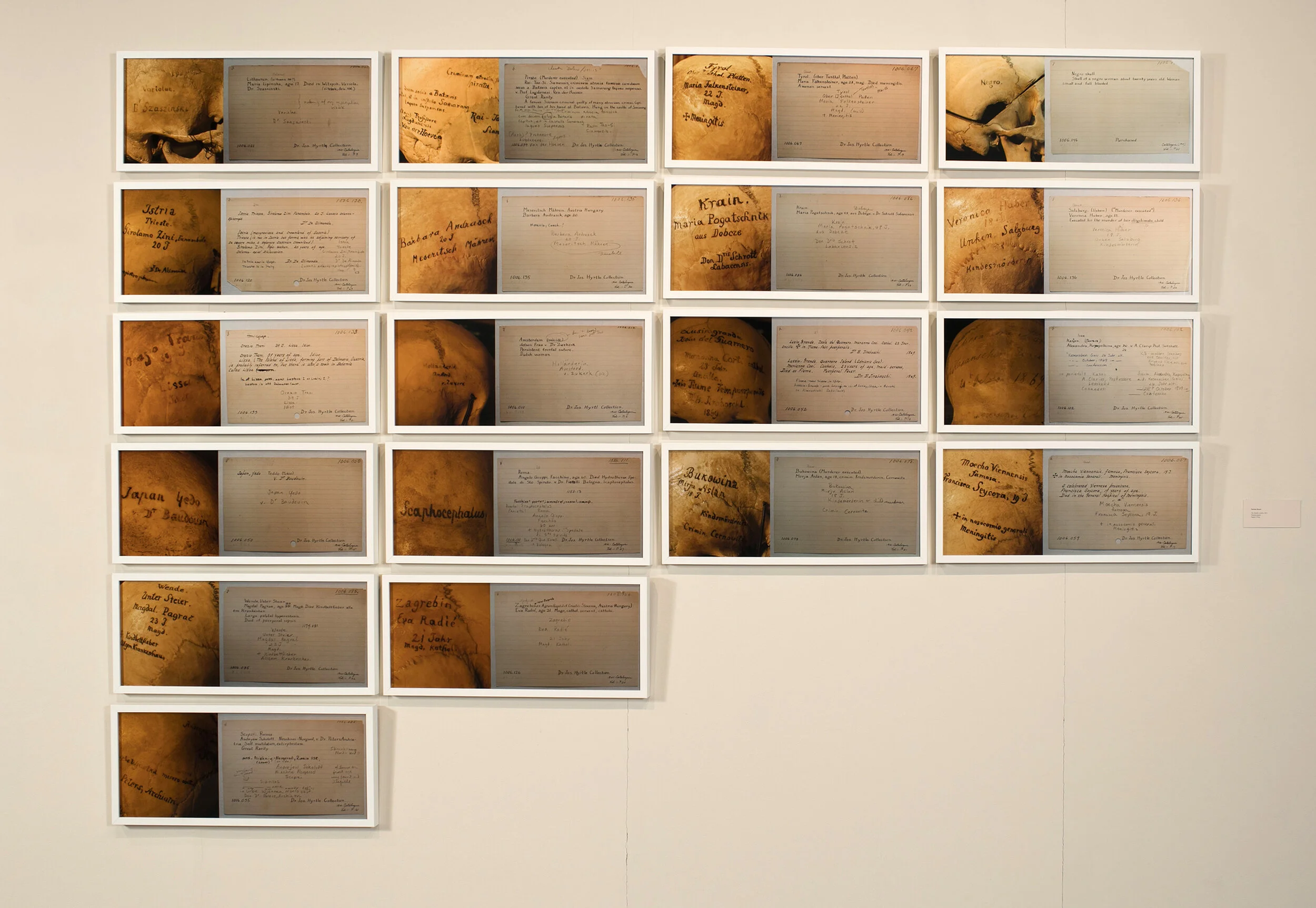
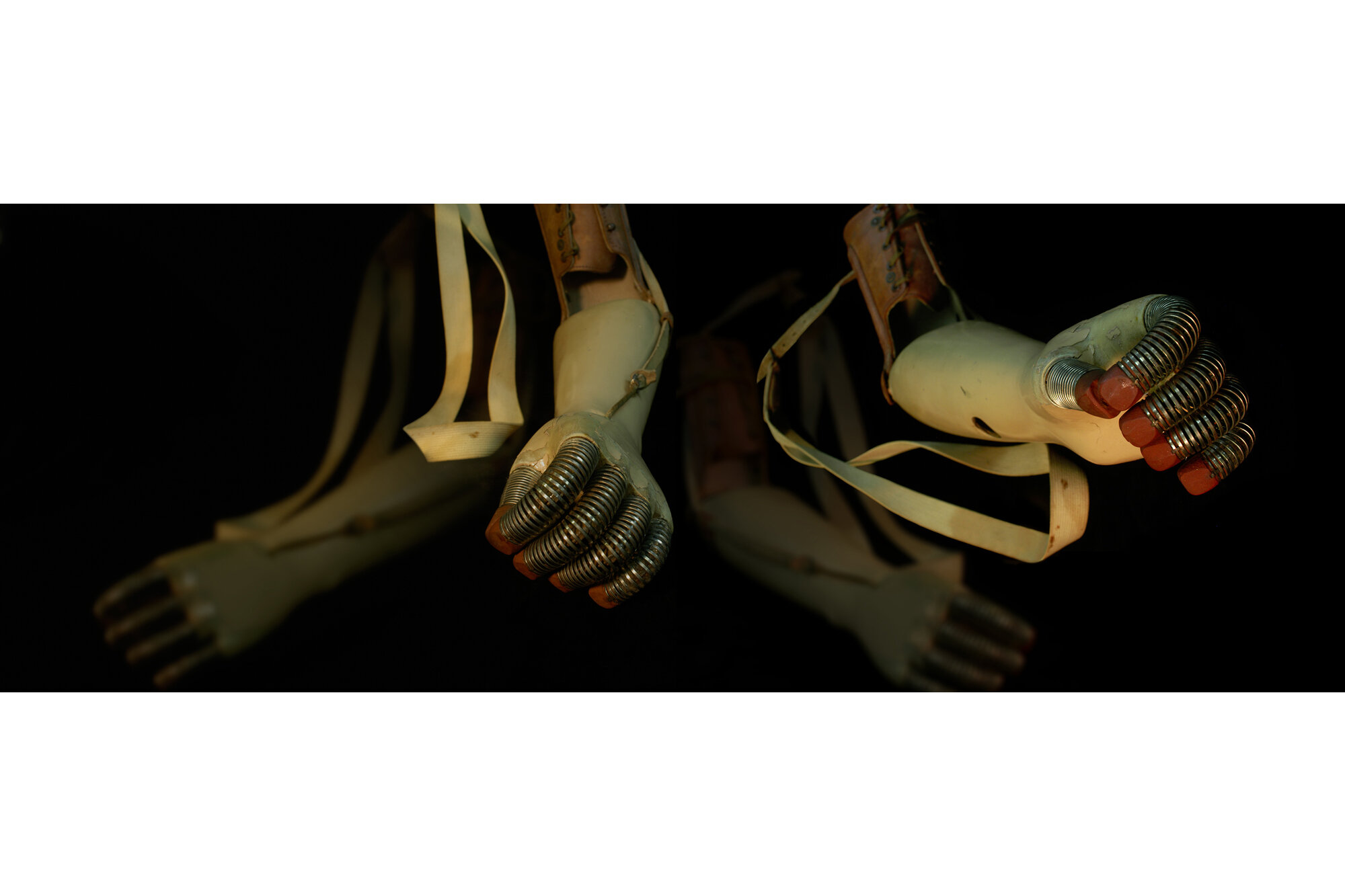

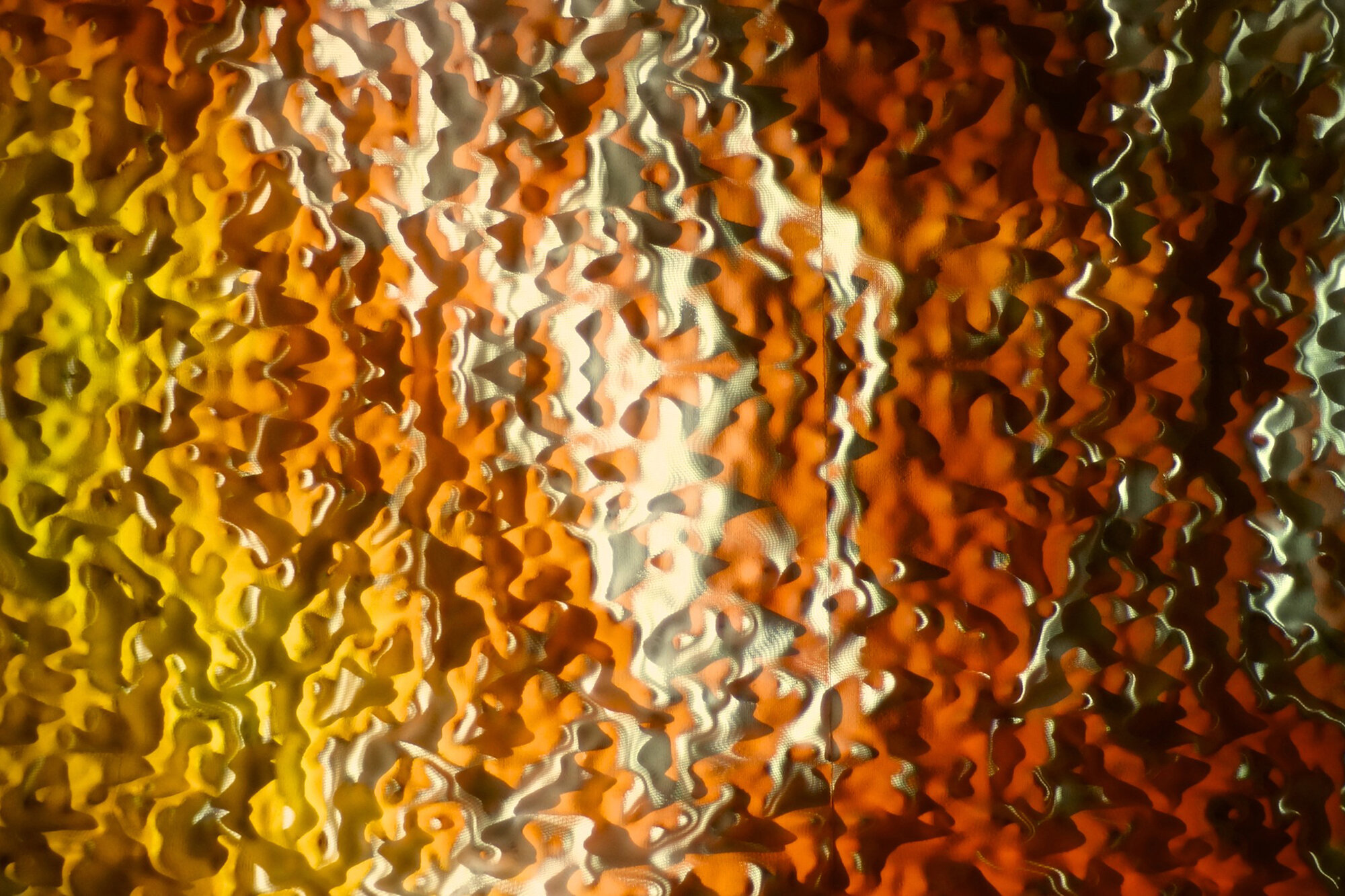
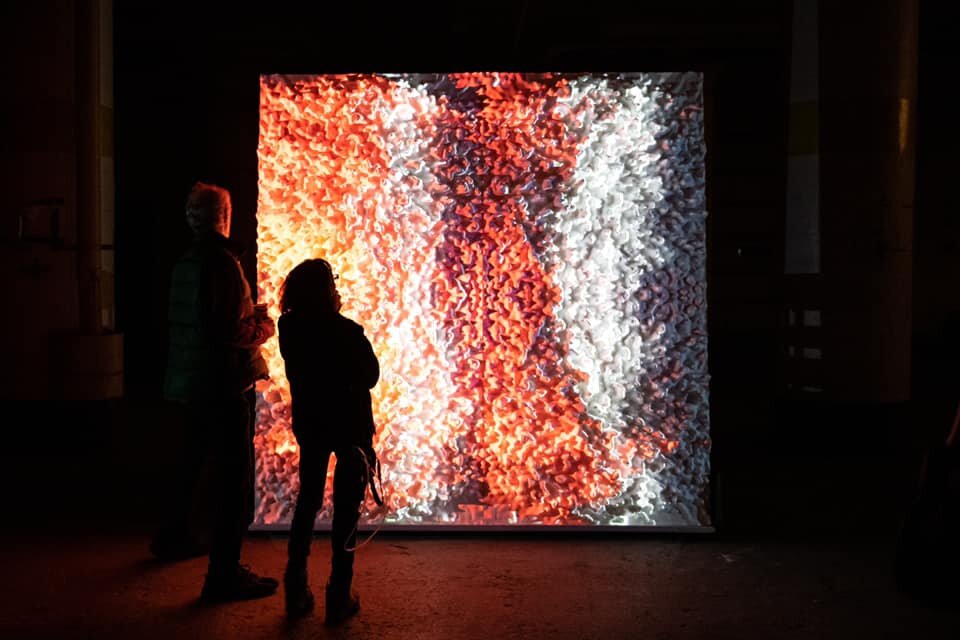
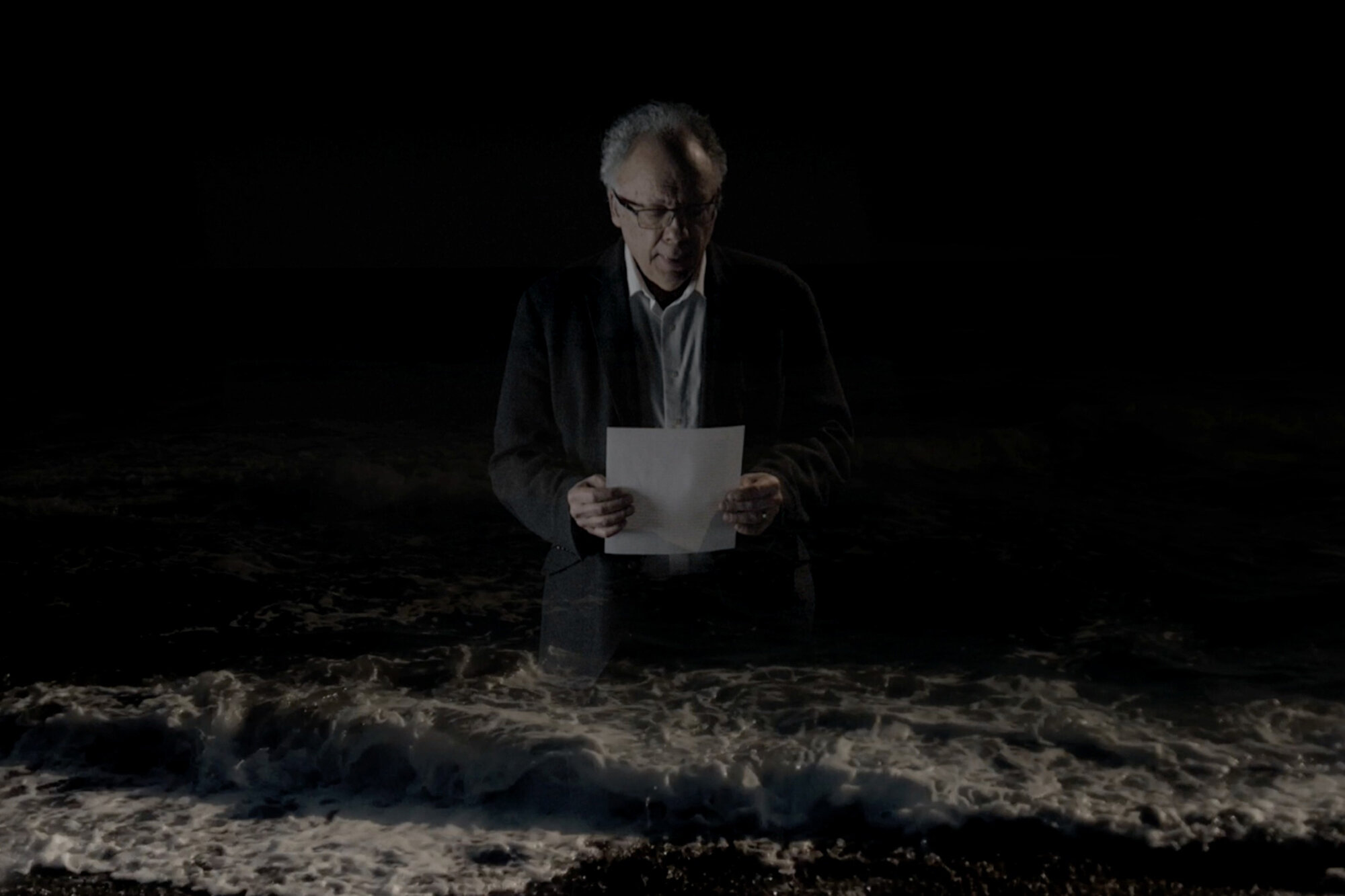
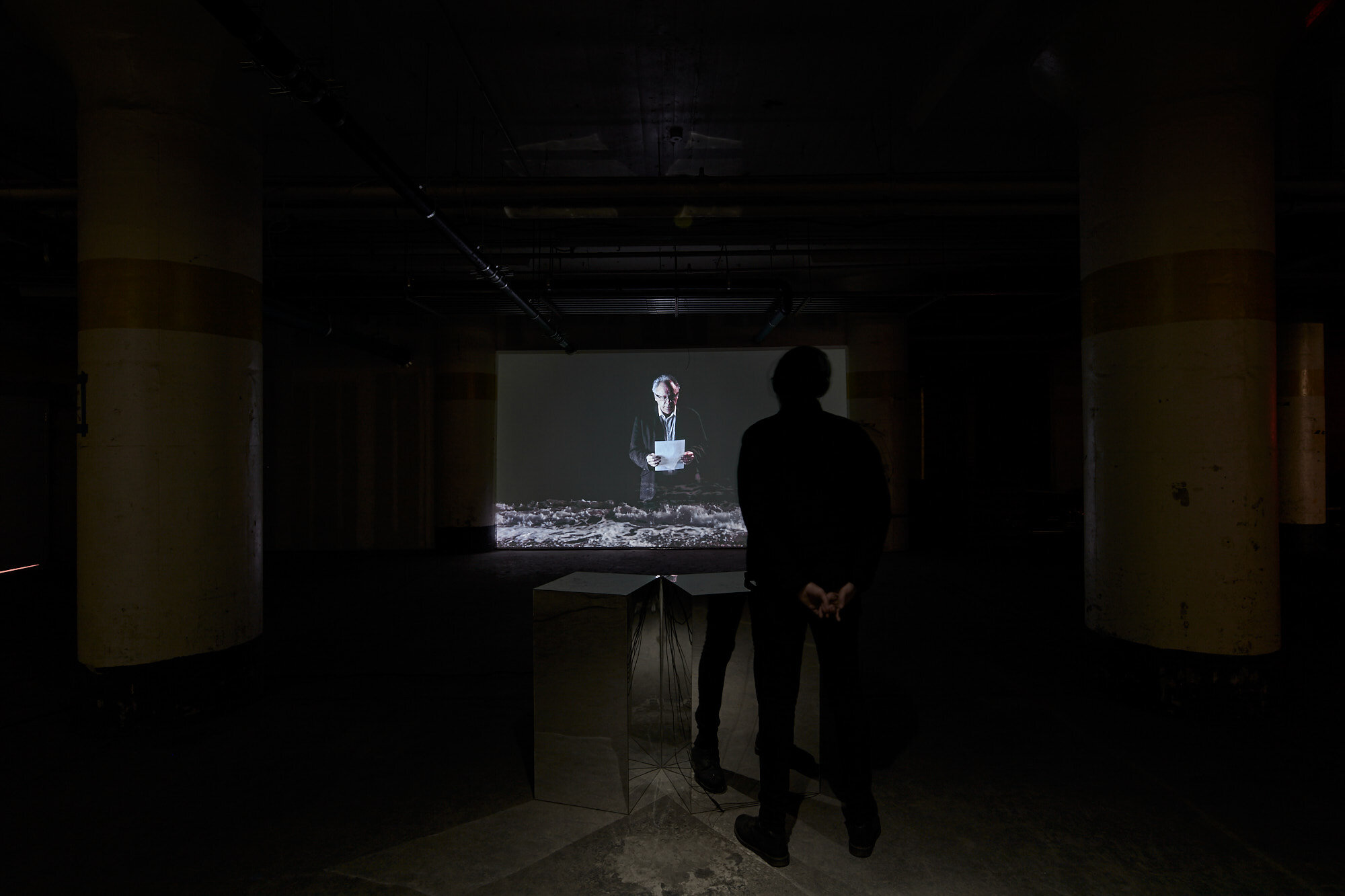
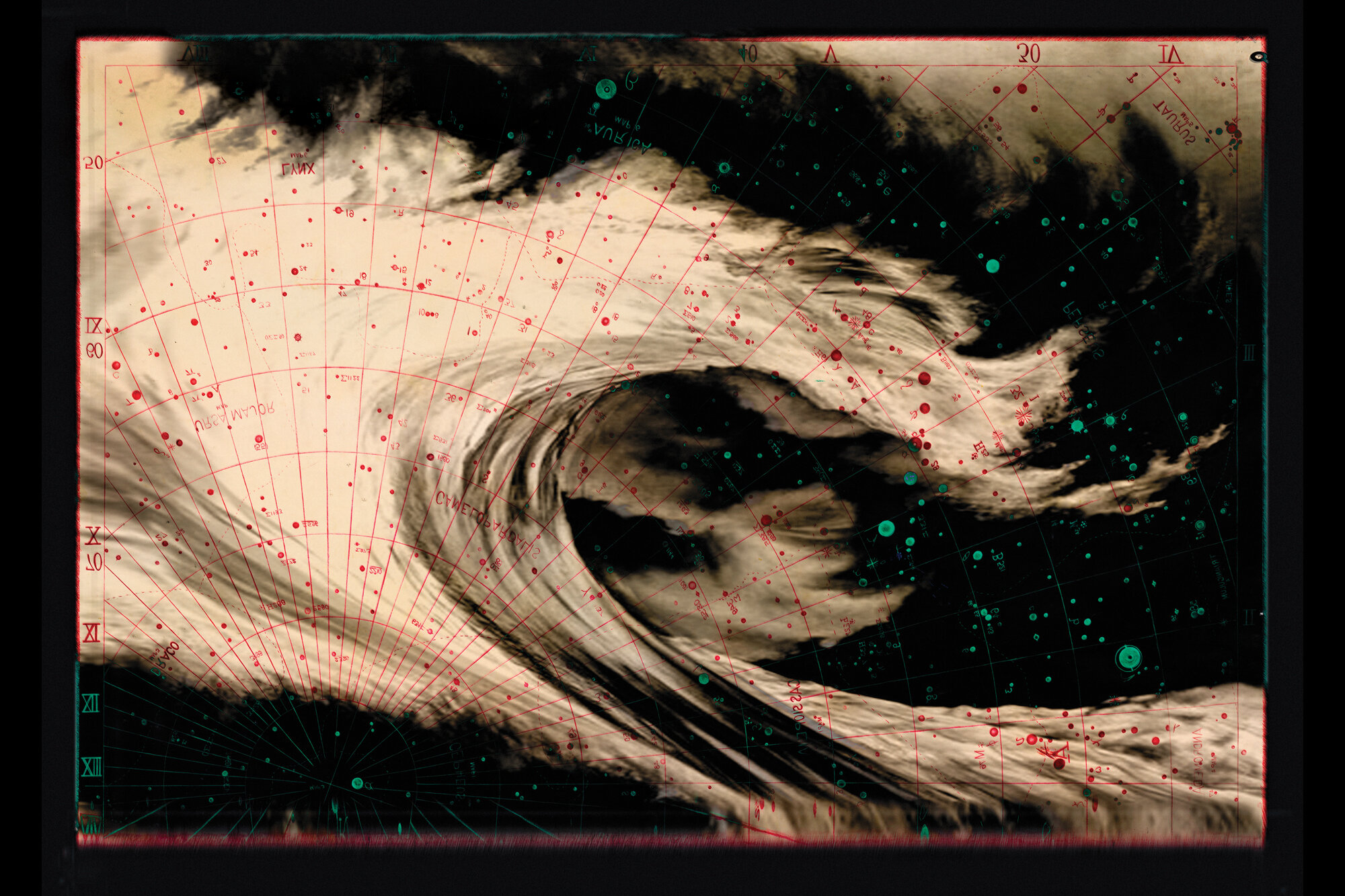
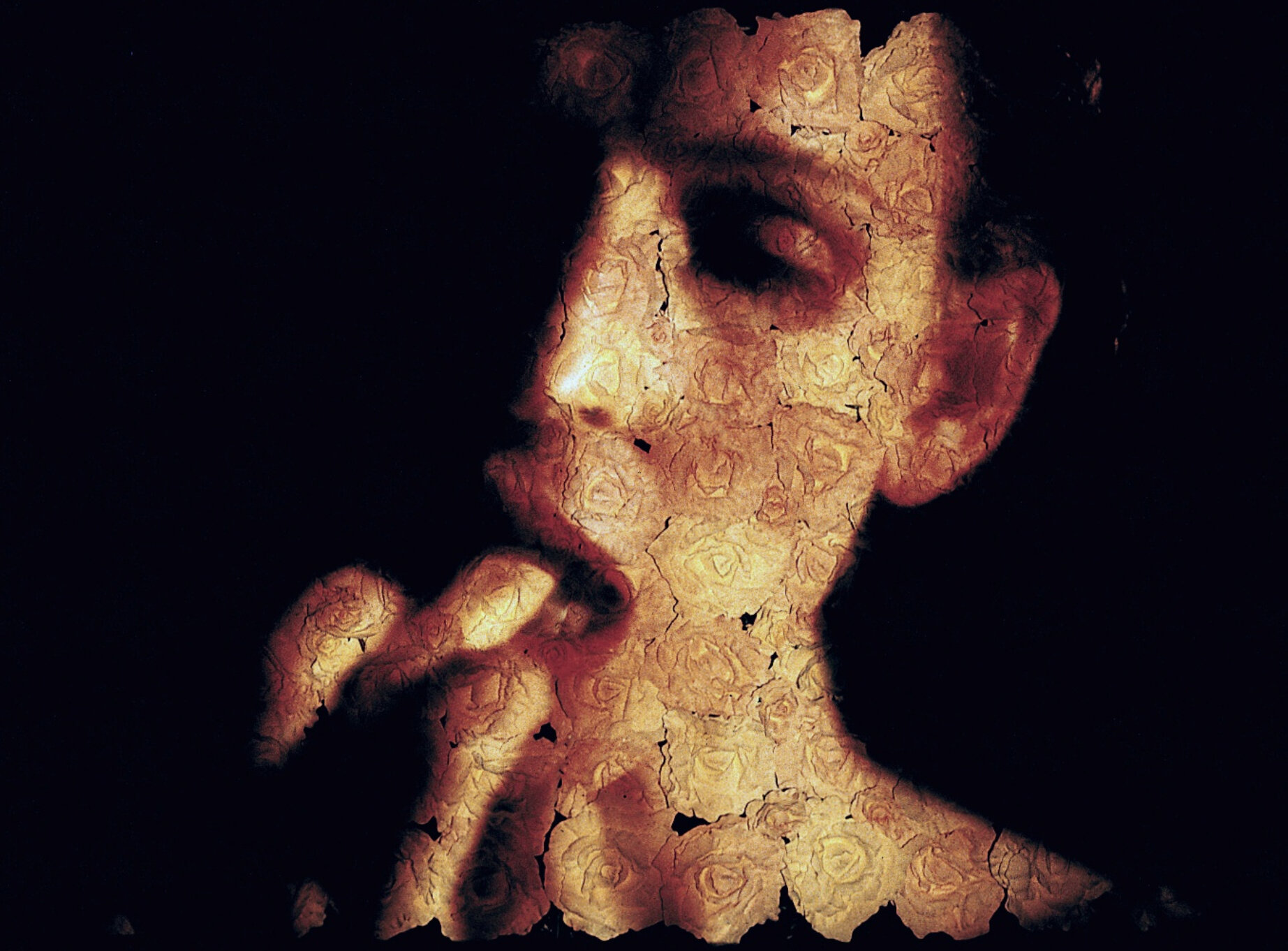
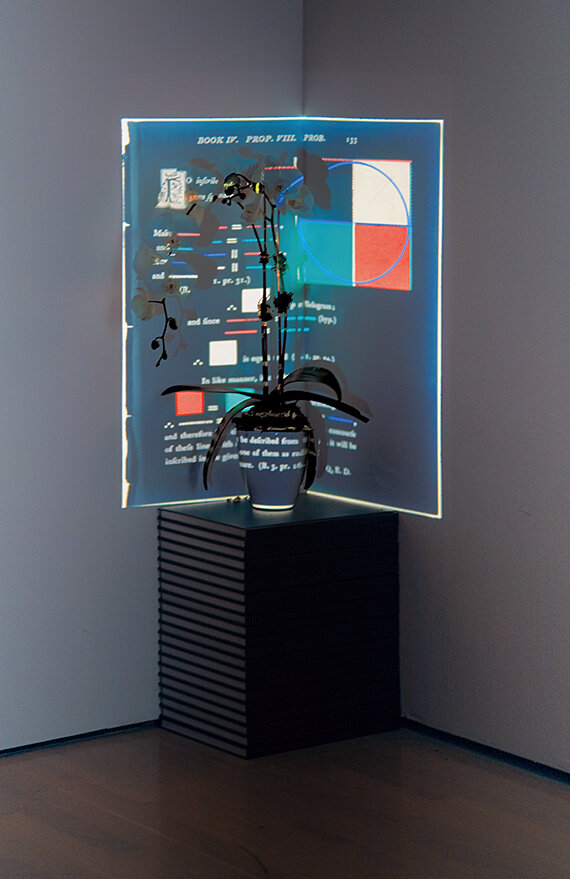

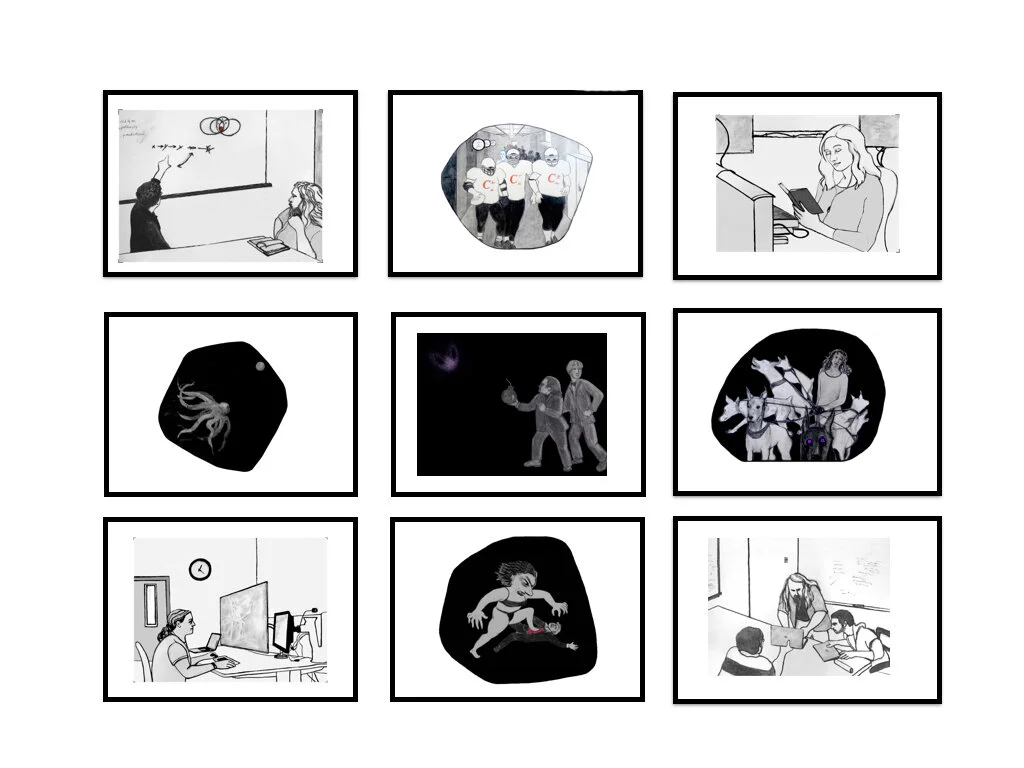
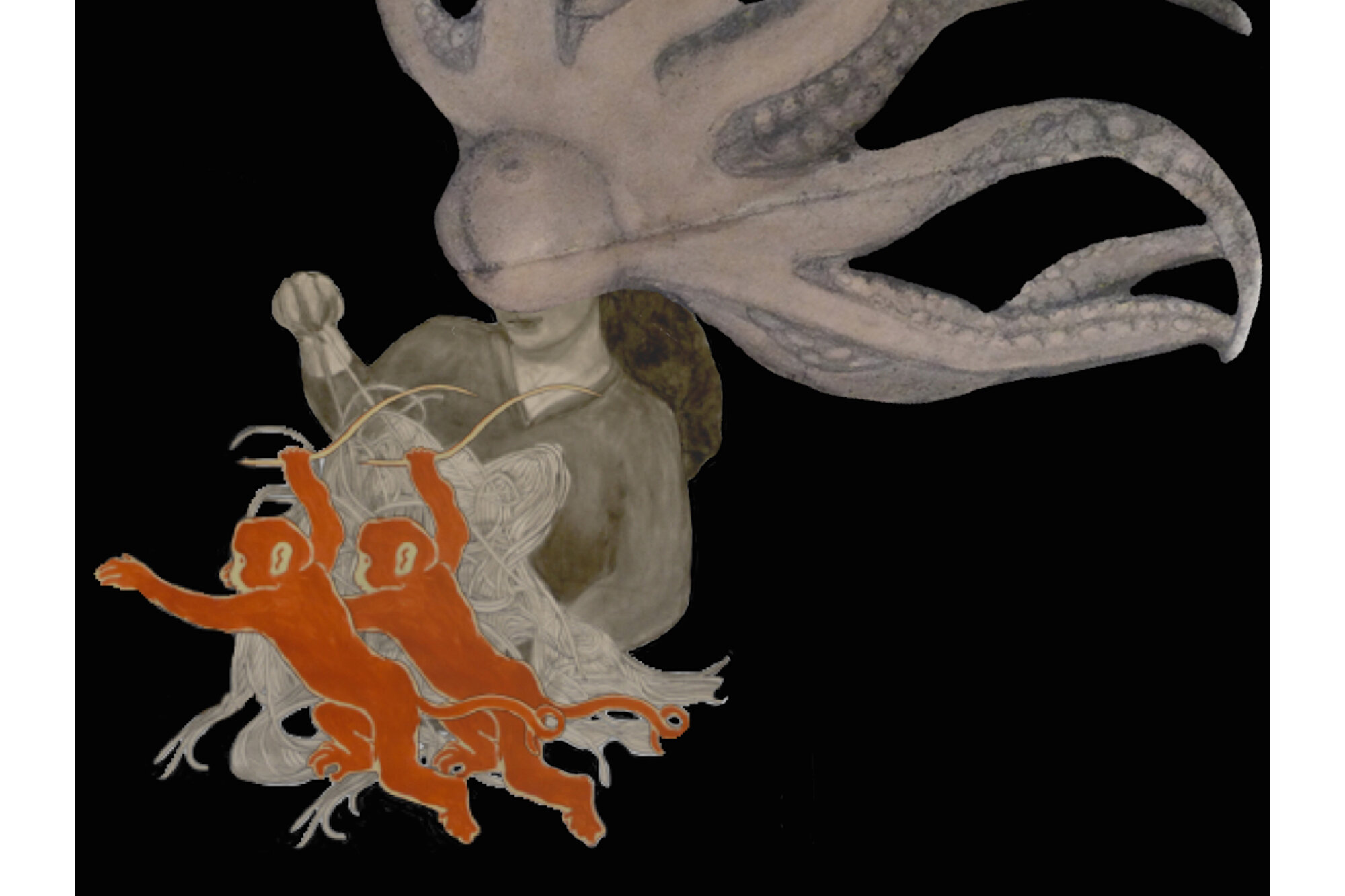

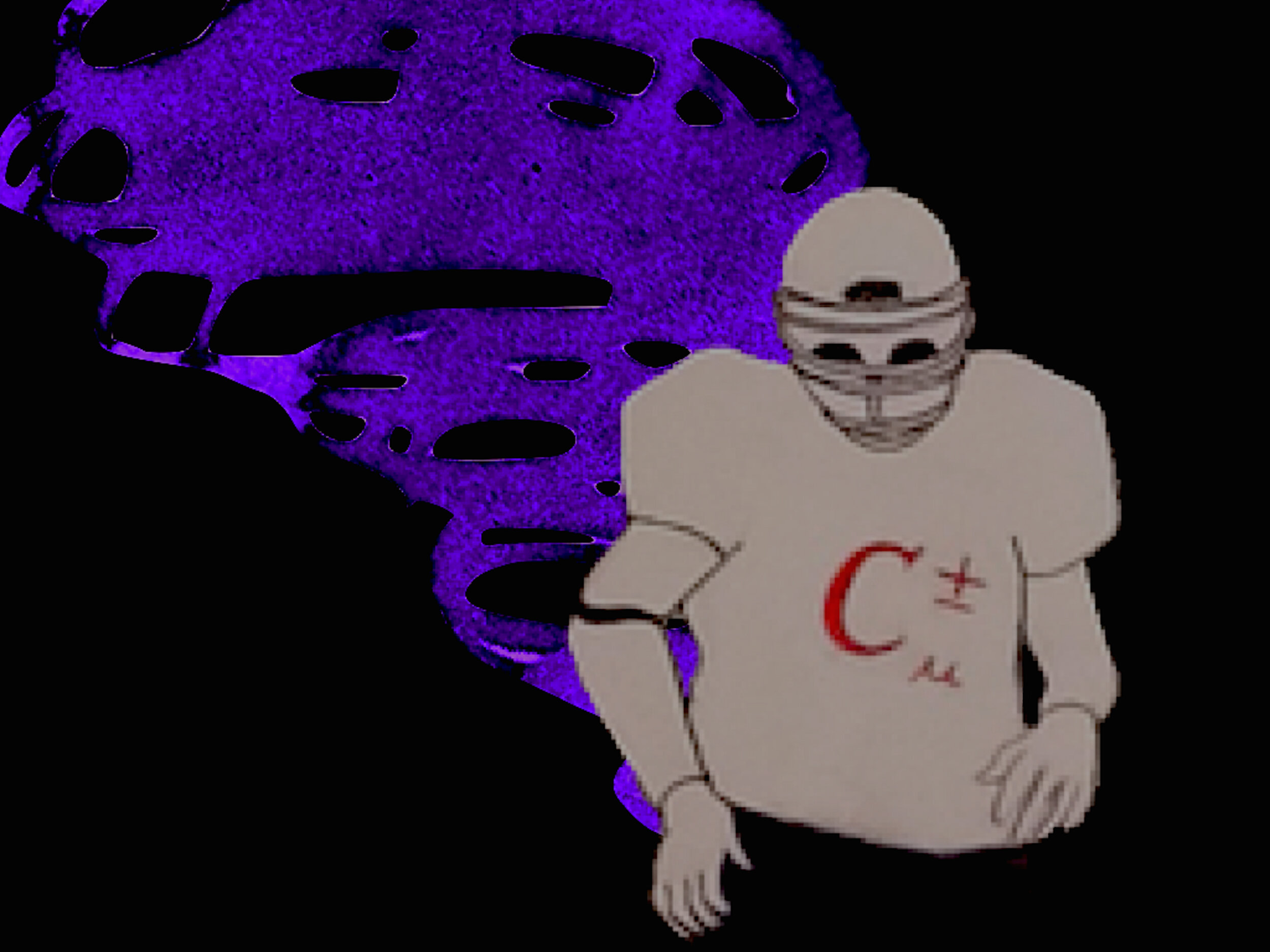
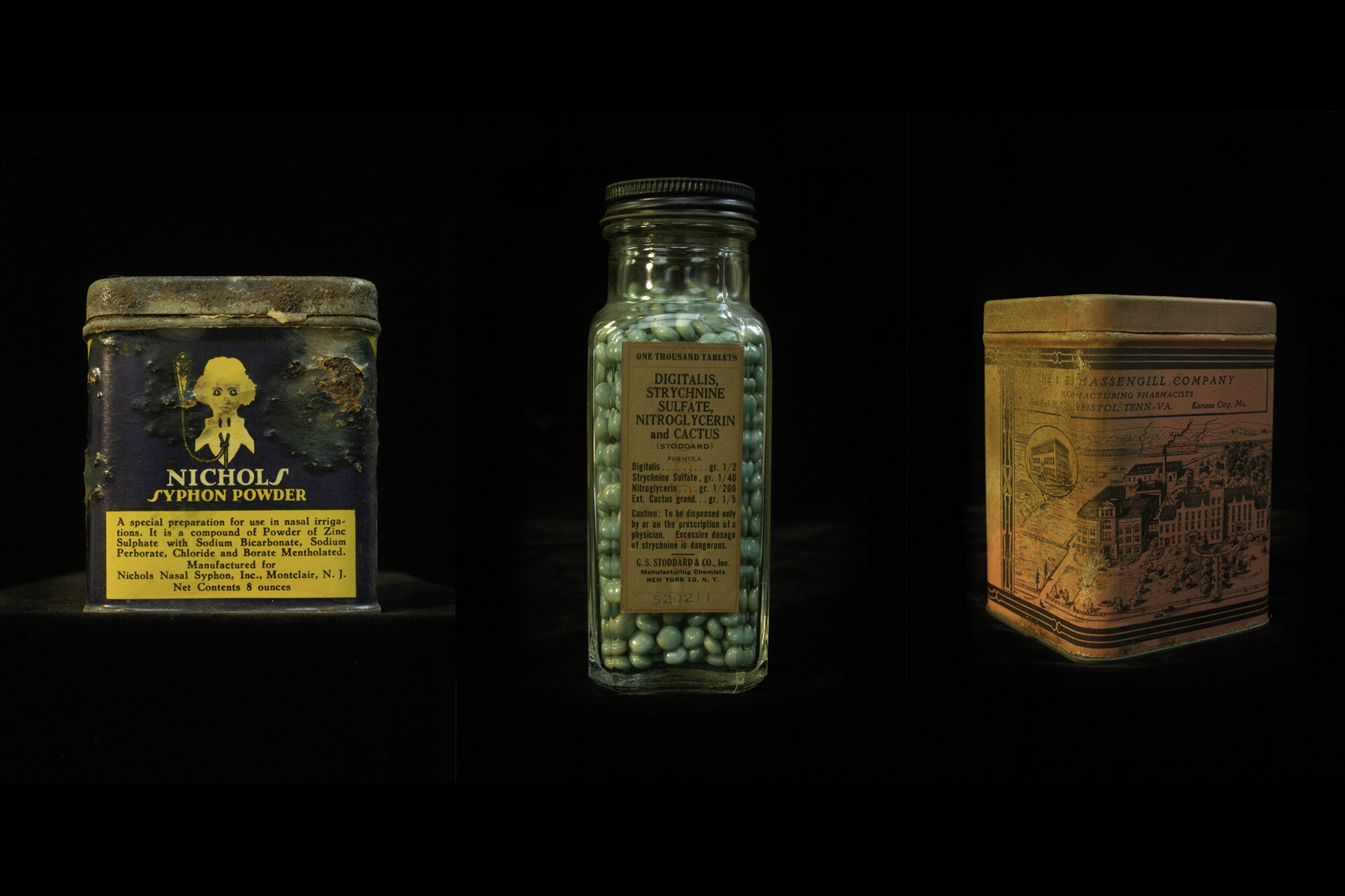
Umwelt exposes the multilayered work of artists who engage with the sciences, while offering visitors a nuanced view of what science both is and can be. Meredith Tromble, Patricia Olynyk, and Christine Davis are artists who approach science as material for art. Through their works in digital media, installation, sculpture, and photography, Tromble, Olynyk, and Davis orient viewers to a playfully provocative and imaginative world of questioning.
The complexities of science that these artists are investigating are reflected in the title of the exhibition. The concept of “umwelt,” as described in the semiotic theories of Jakob von Uexküll and interpreted by Thomas A. Sebeok (1976), “is the world as it is experienced by a particular organism.” “Umwelt” evokes more than environment; it emphasizes an organism’s ability to sense—a condition for the existence of shared signs. These signs offer meanings about the world, albeit of divergent sorts, to different types of organisms or even individual beings.
In conjunction with the mid-September launch of PUBLIC Journal #59: Interspecies Communication, edited by Patricia Olynyk and Meredith Tromble, the Zooid Institute is organizing a thematic exhibition and symposium entitled Umwelt that explores the vital necessity of the art/science exchange and key topics covered in this special edition. These include: case studies of art and interspecies communication; artificial intelligences as communicative agents; network or information theoretic approaches to interspecies communication; cross-species studies of gestural communication and sympathetic response; human/plant communication; communication with aliens; and theorizing interspecies communication and the very notion of species itself in the 21st century.
The Umwelt exhibition and symposium will probe the spectrum of communicative bodies and signals, de-centering human needs while necessarily taking them into account, with full appreciation for the humor and productive absurdities that often accompany human efforts to communicate with the welter of beings around us. The project of remapping human notions of communication within a broader context is fundamentally political and now urgent as rapidly changing environments and technologies unsettle long-standing assumptions about identity and agency. (Tromble, 2016). This project stands as the inaugural exhibition and mission statement of the ZI collective, mapping our individual histories and work (umwelt) to create another functional circle from which to explore and interact as we introduce our model of continuous ethical engagement with the world.
Past Exhibition
SUMMATION & ABSENCE
May 17 – August 16, 2019
Opening Reception: Friday, May 17, 7–9pm
Closing Reception: Friday, August 16, 7–9pm
Featuring: Suzanne Anker, Nancy Cohen, Vita Eruhimovitz, Lorrie Fredette, Michal Gavish, Elaine Whittaker
Curated by: Etty Yaniv and Christina Massey
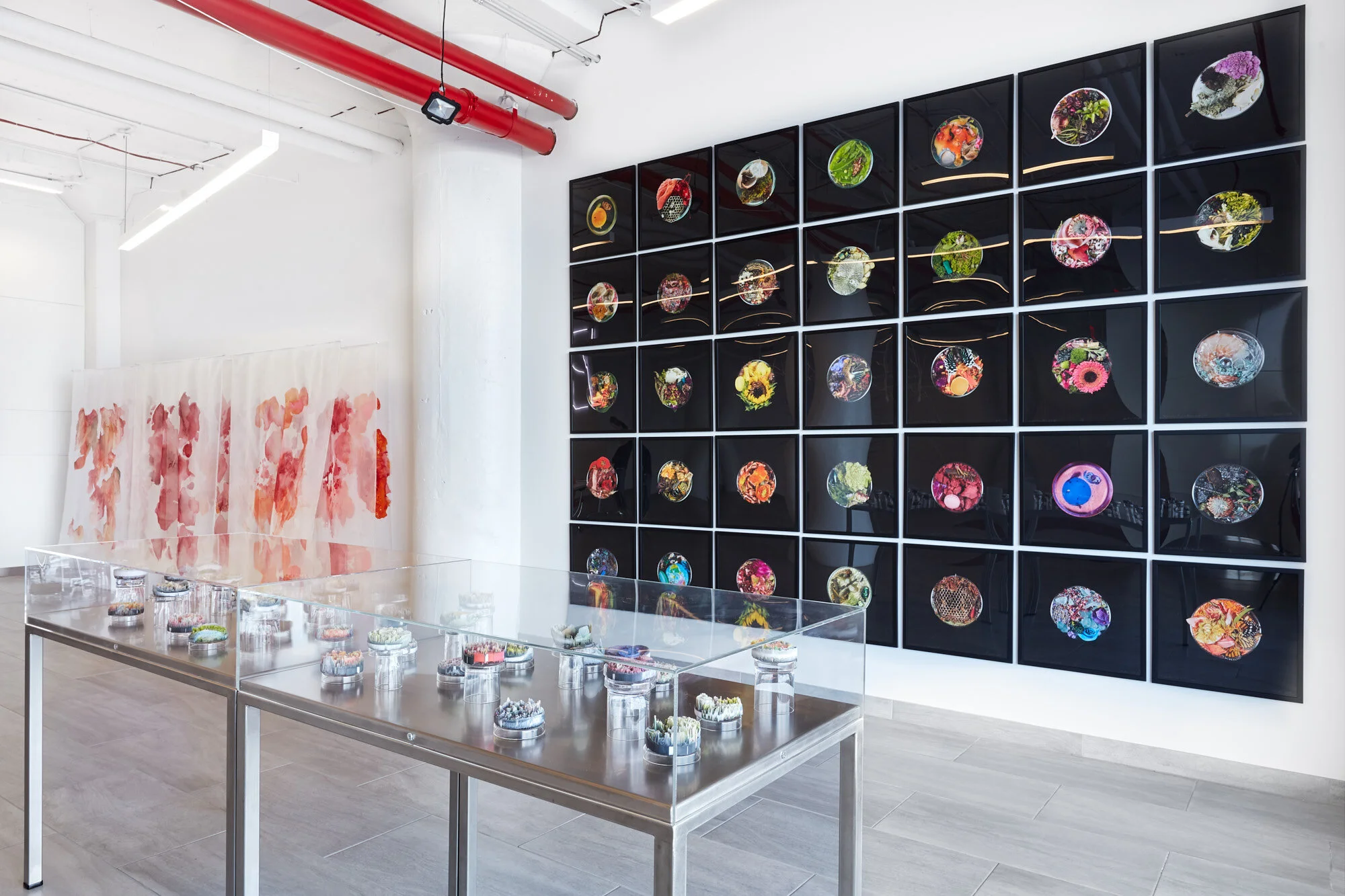
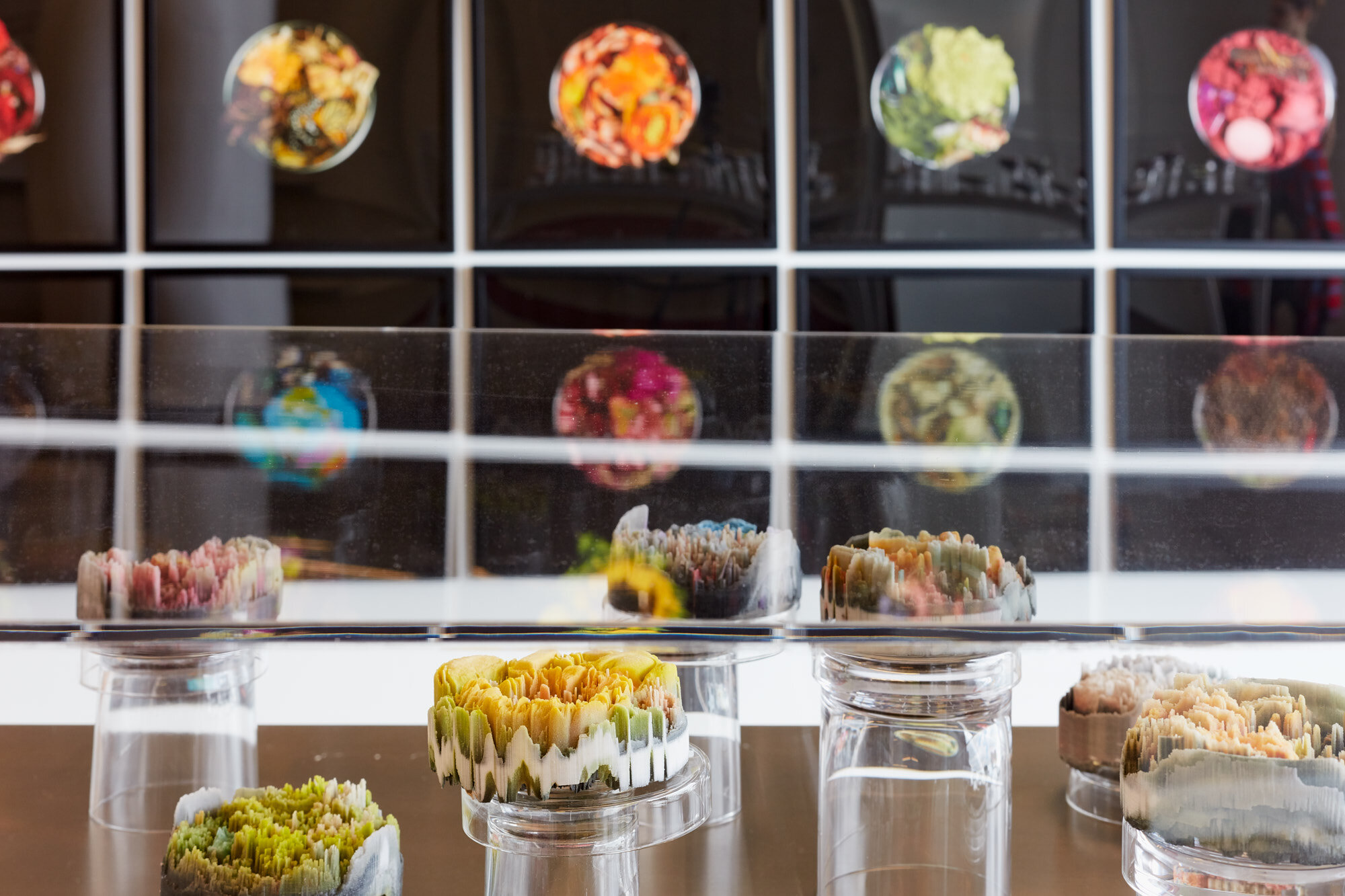
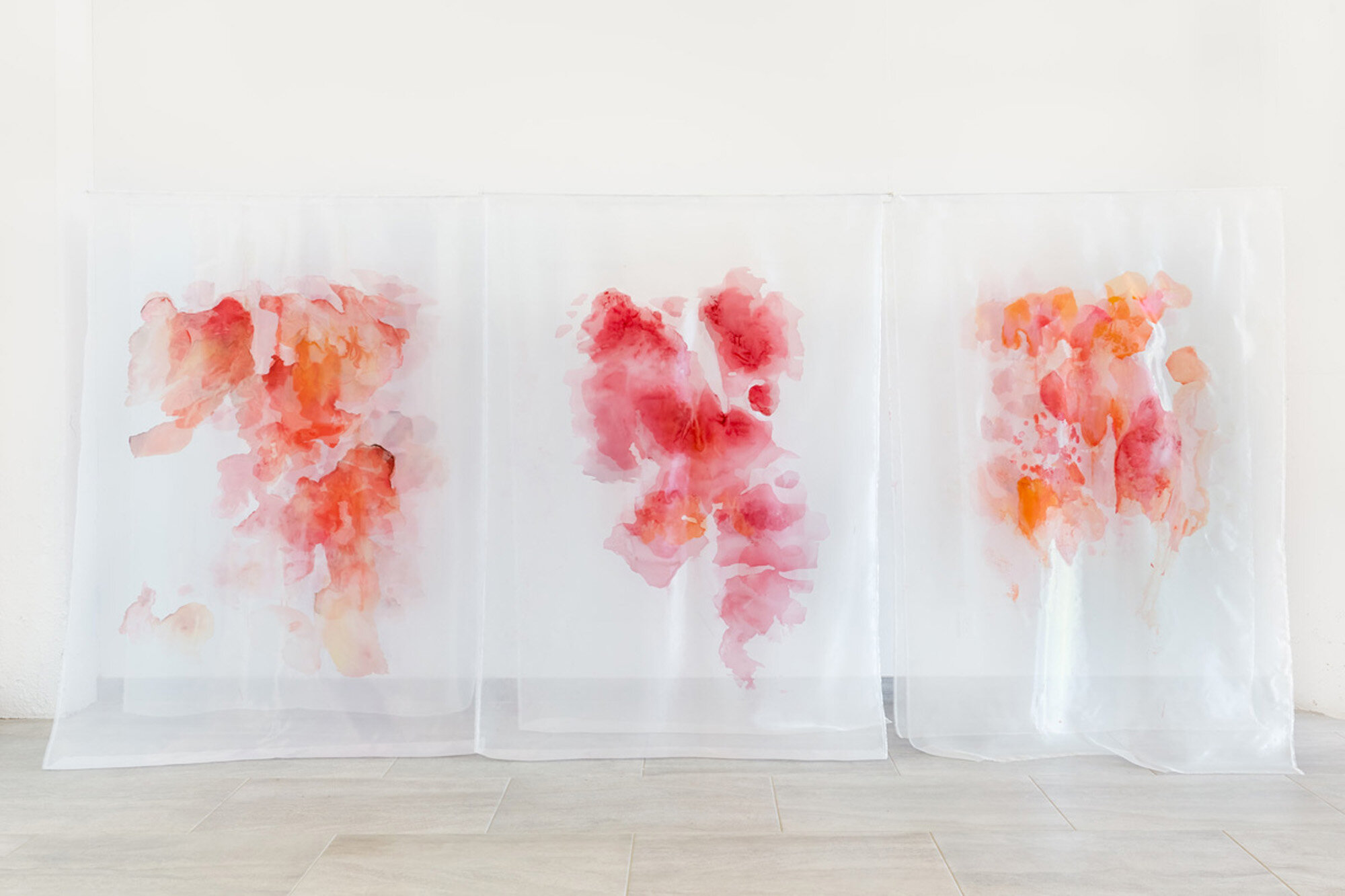
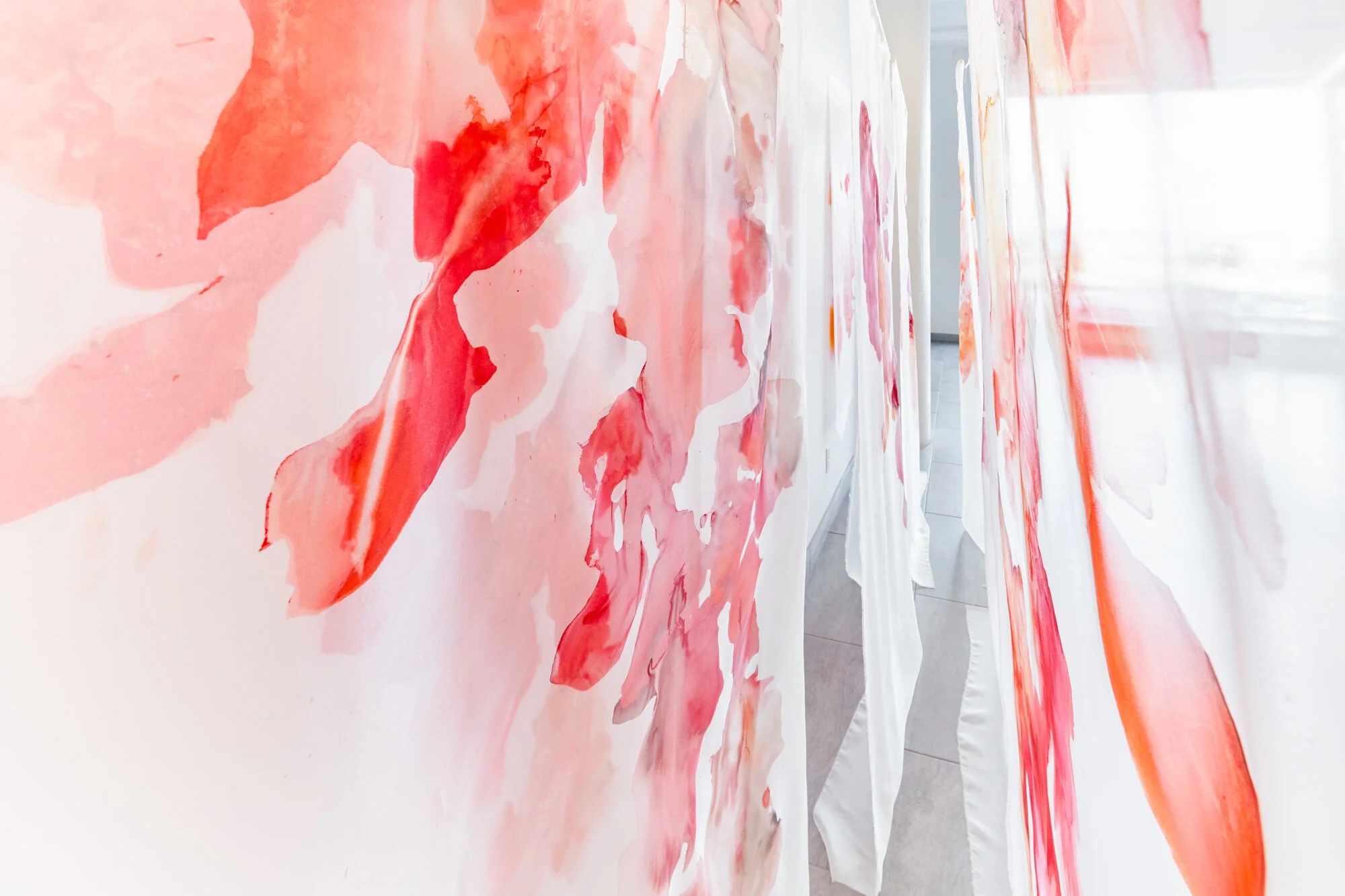

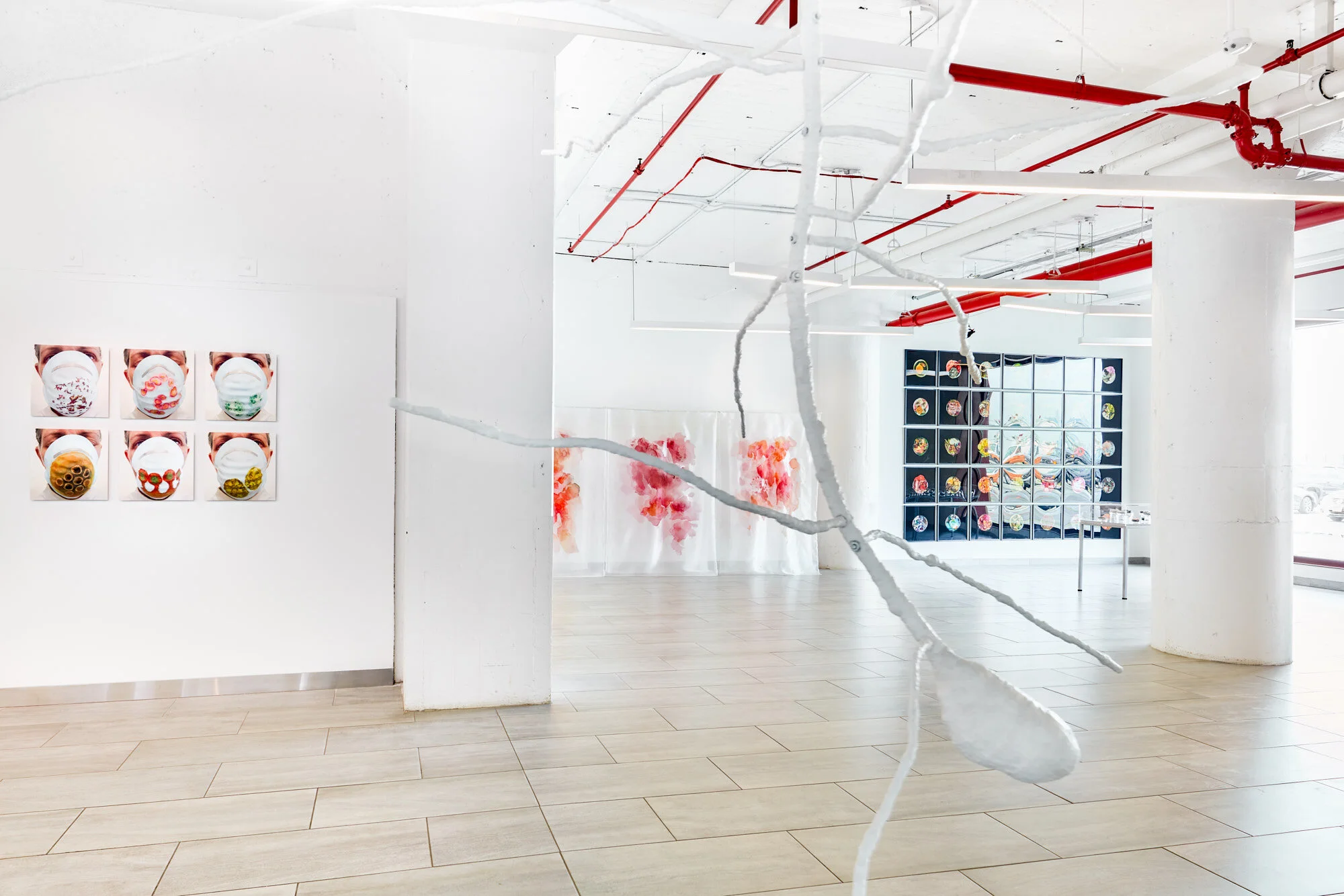

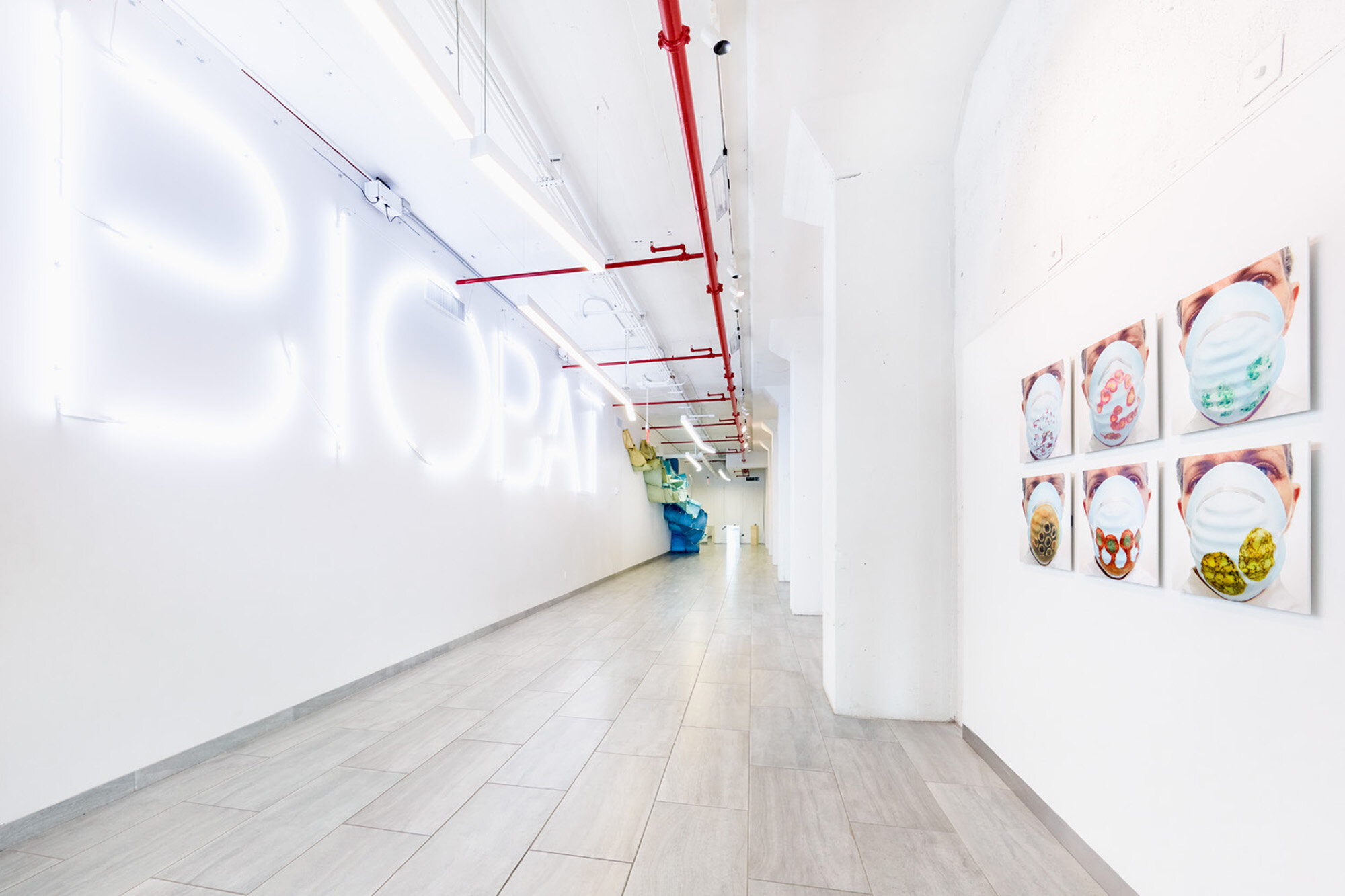
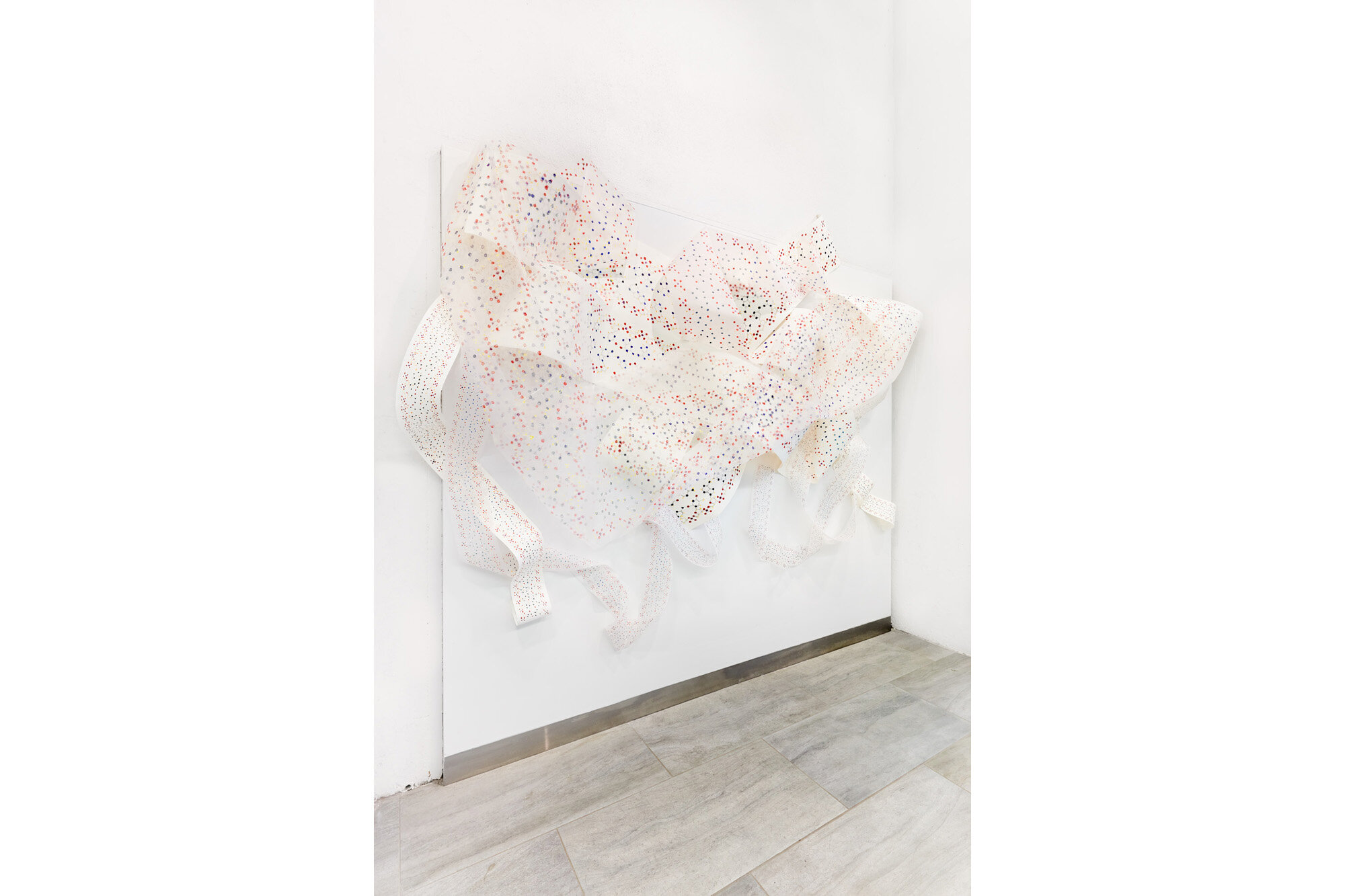
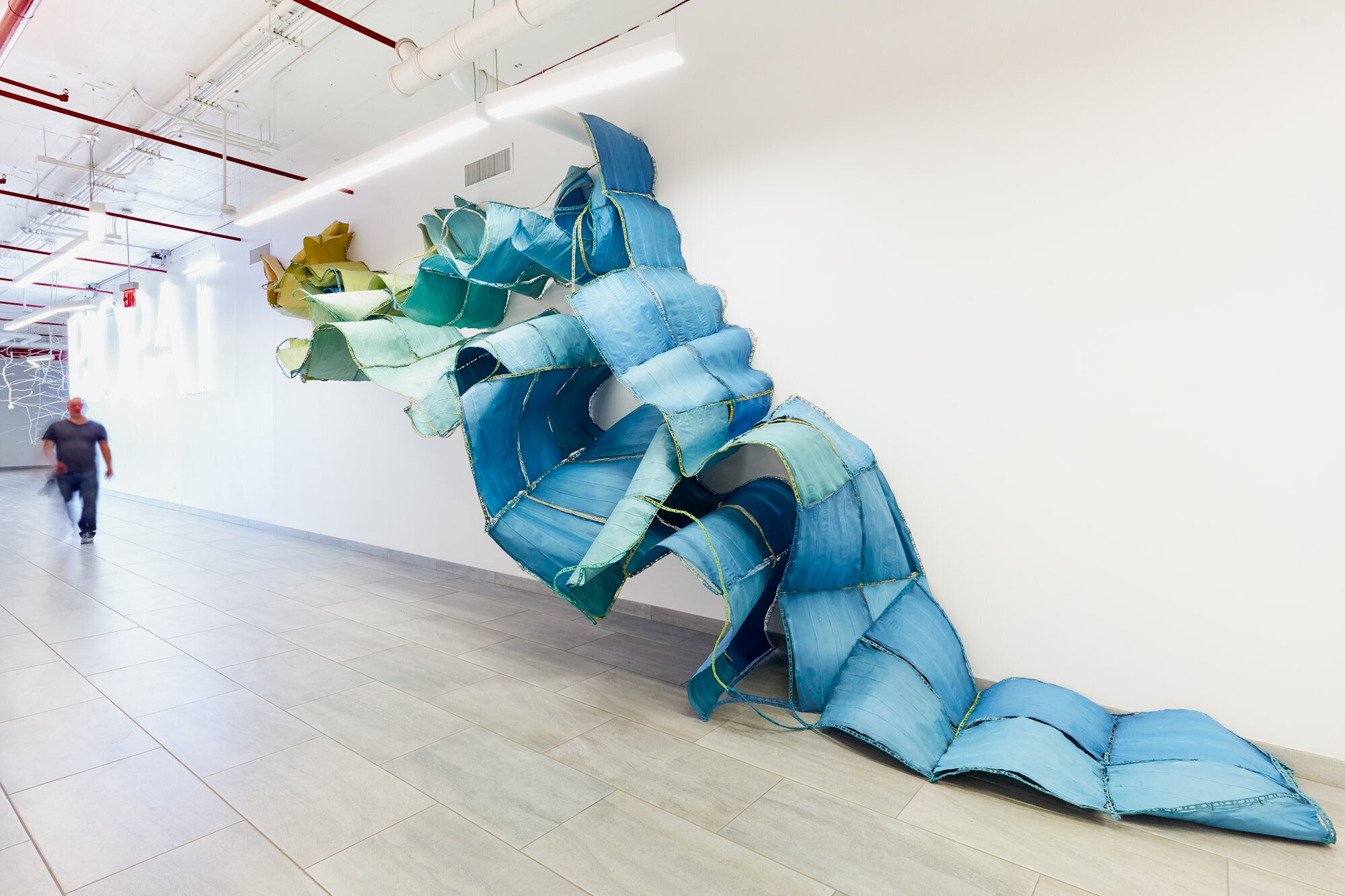
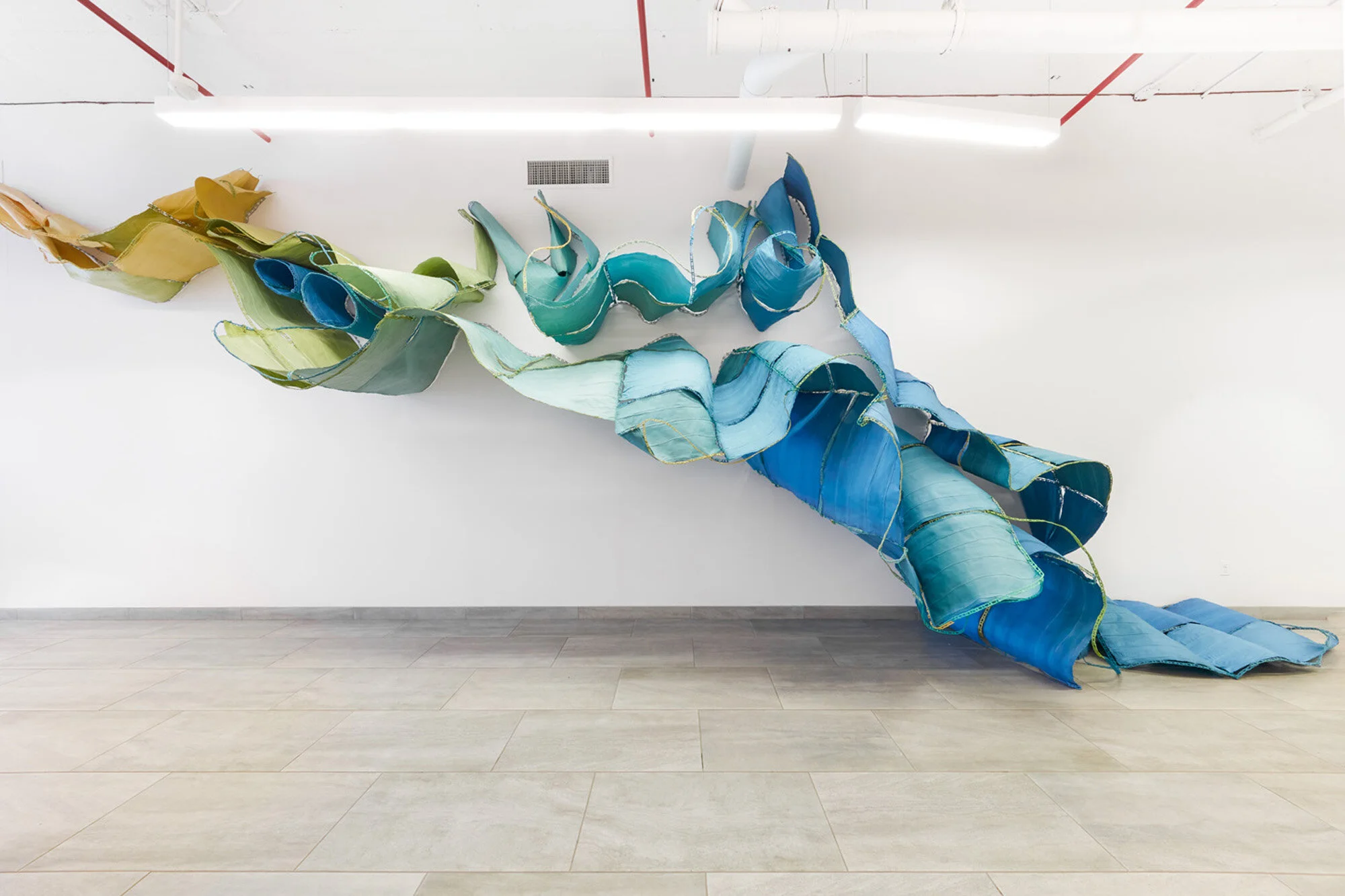
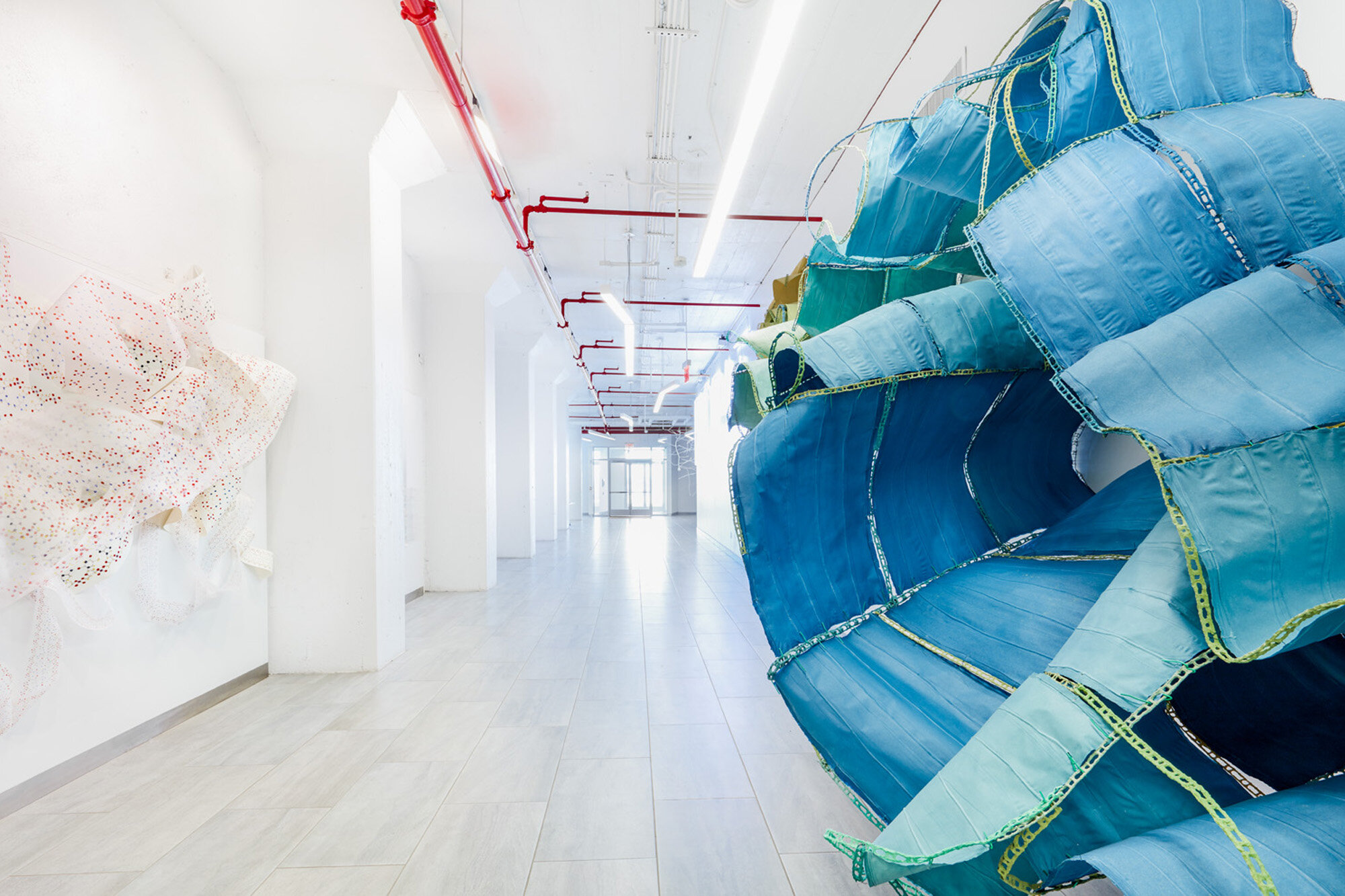
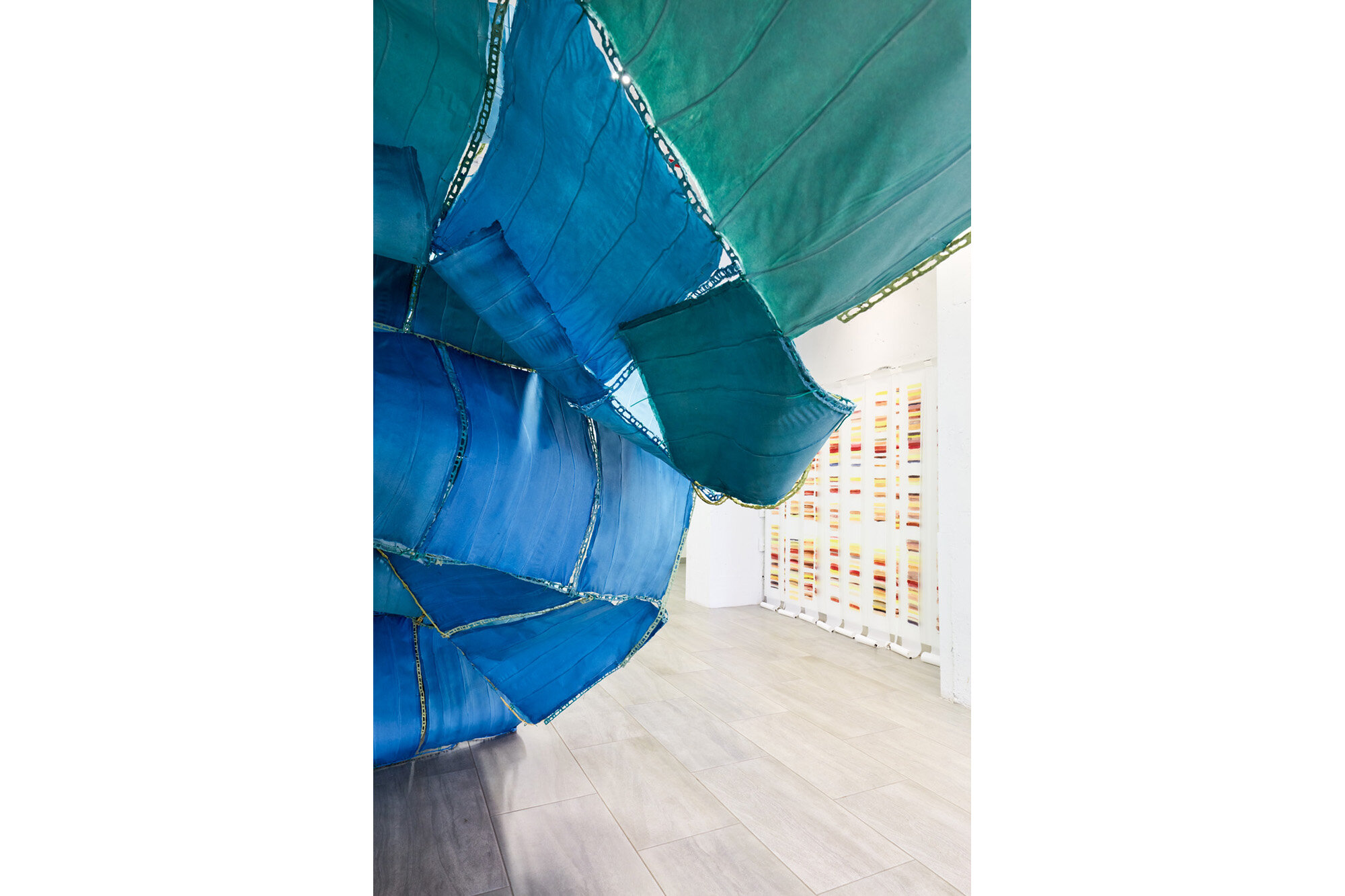
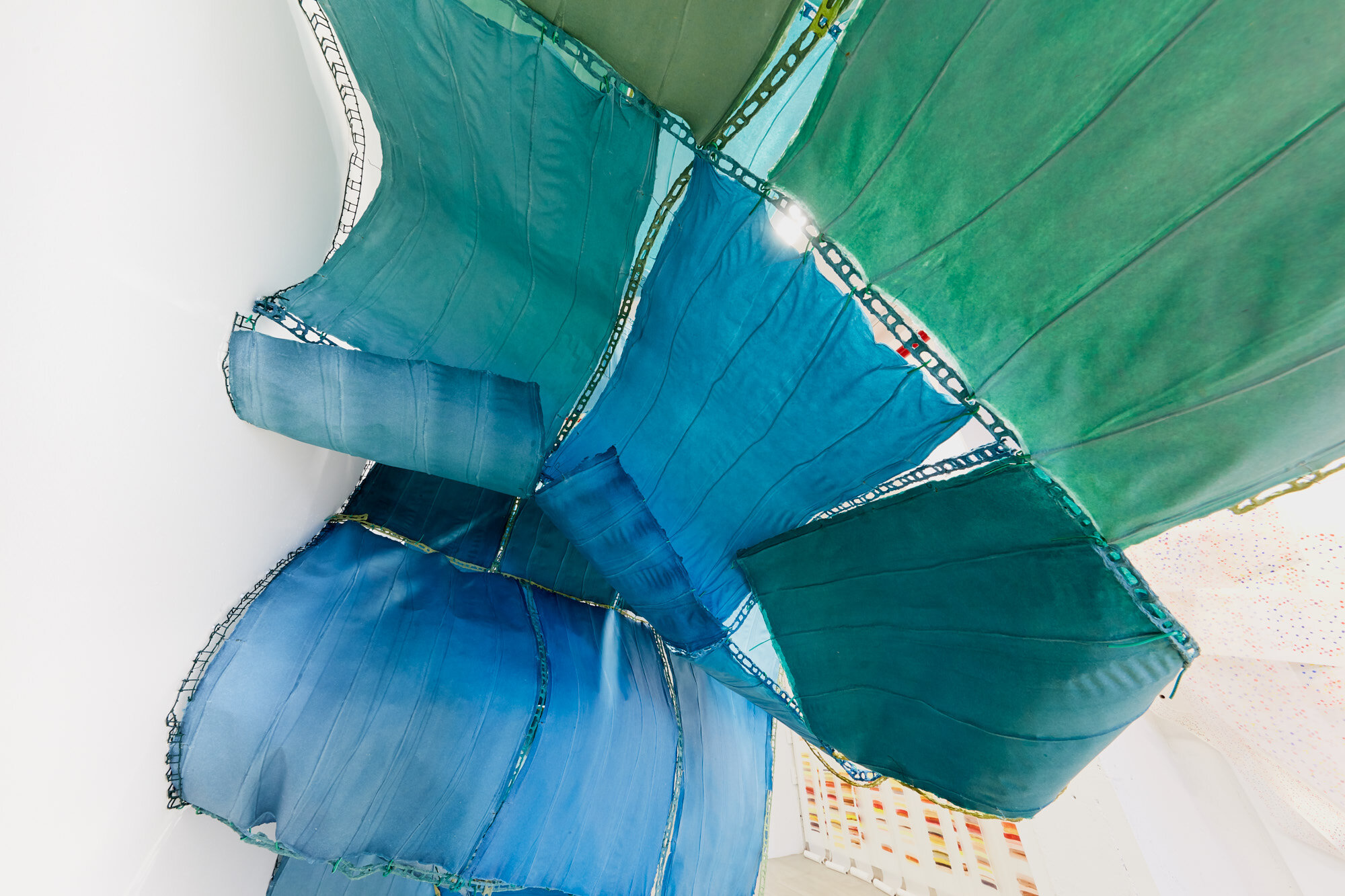
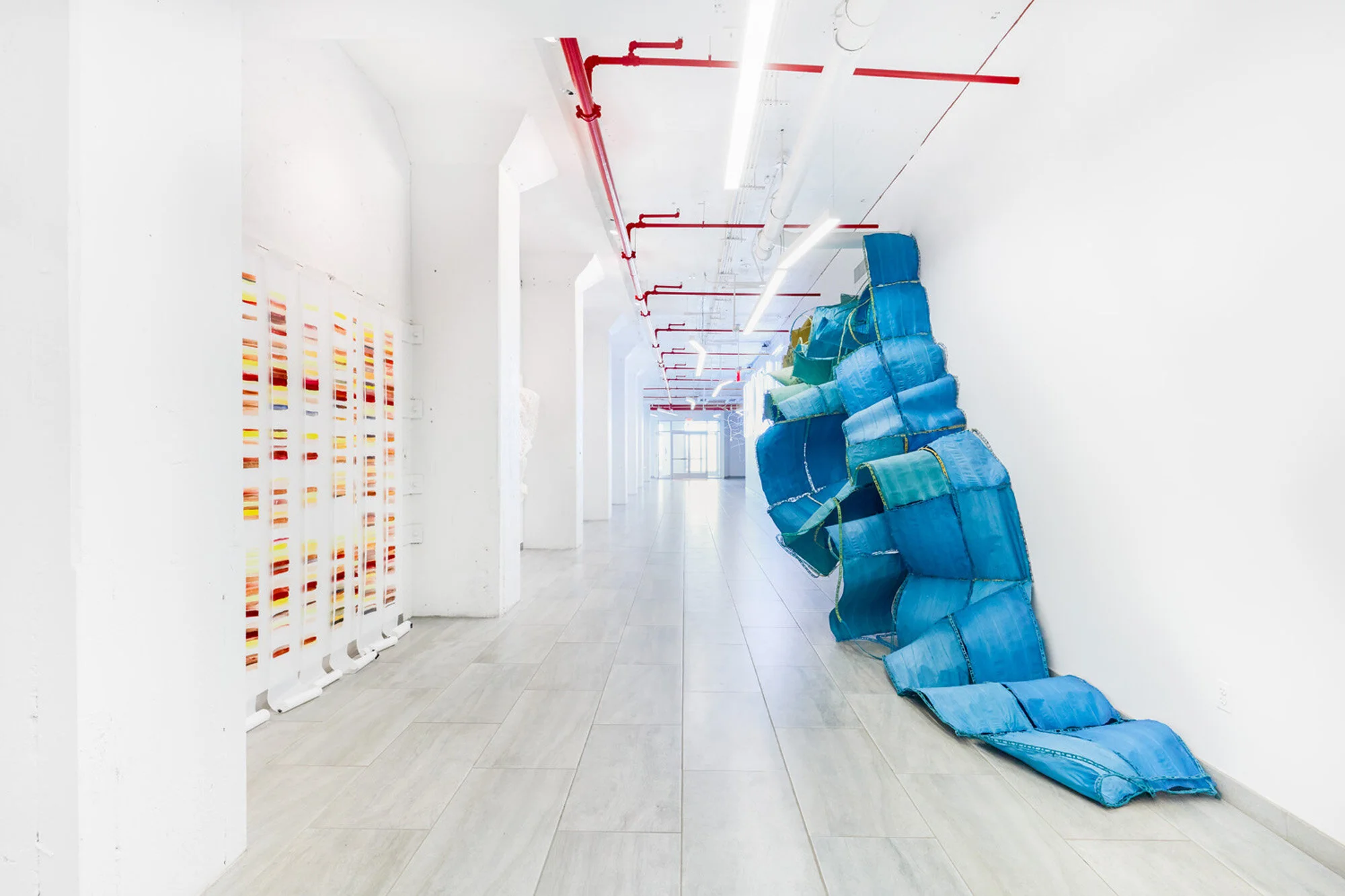
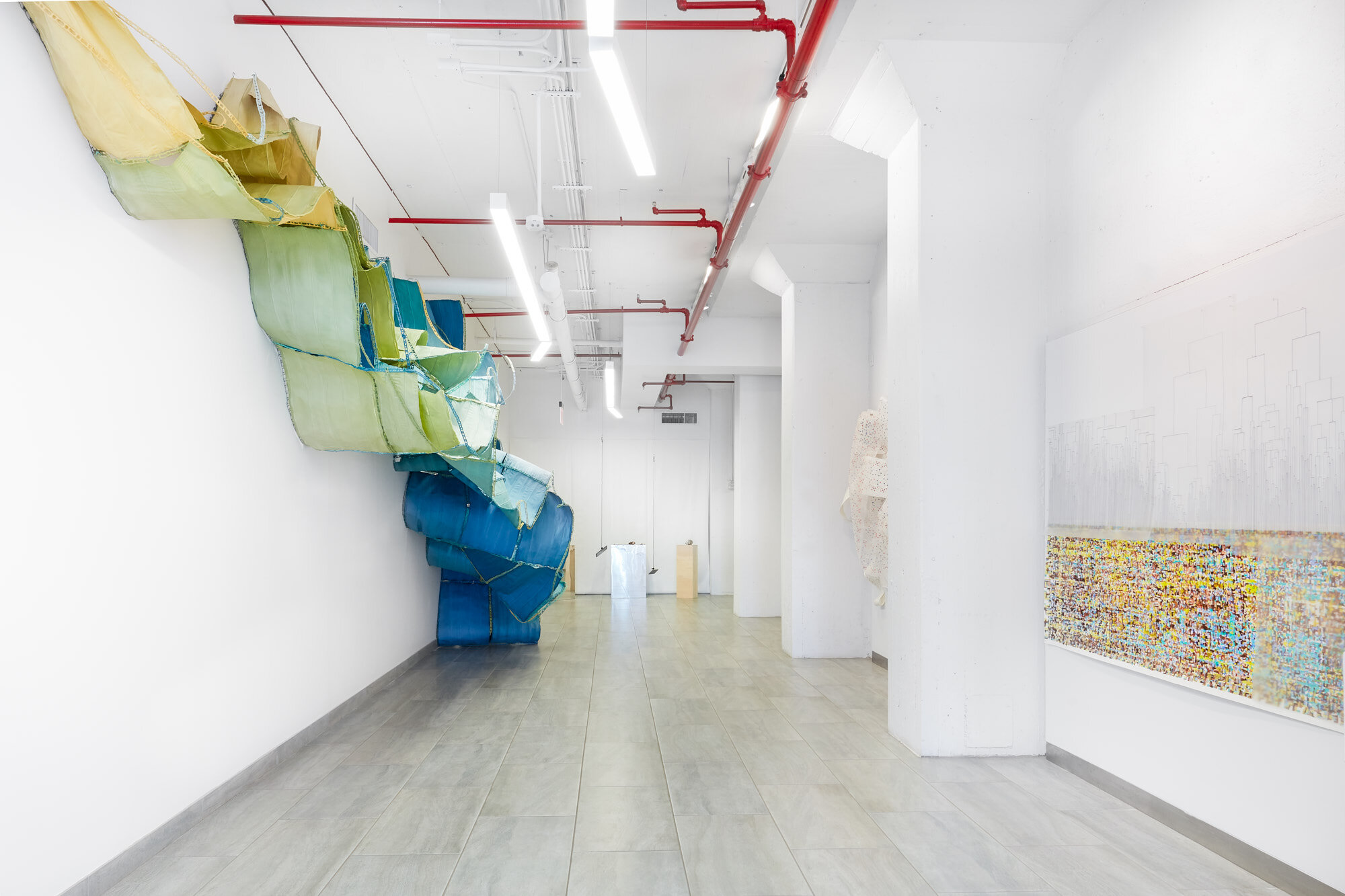
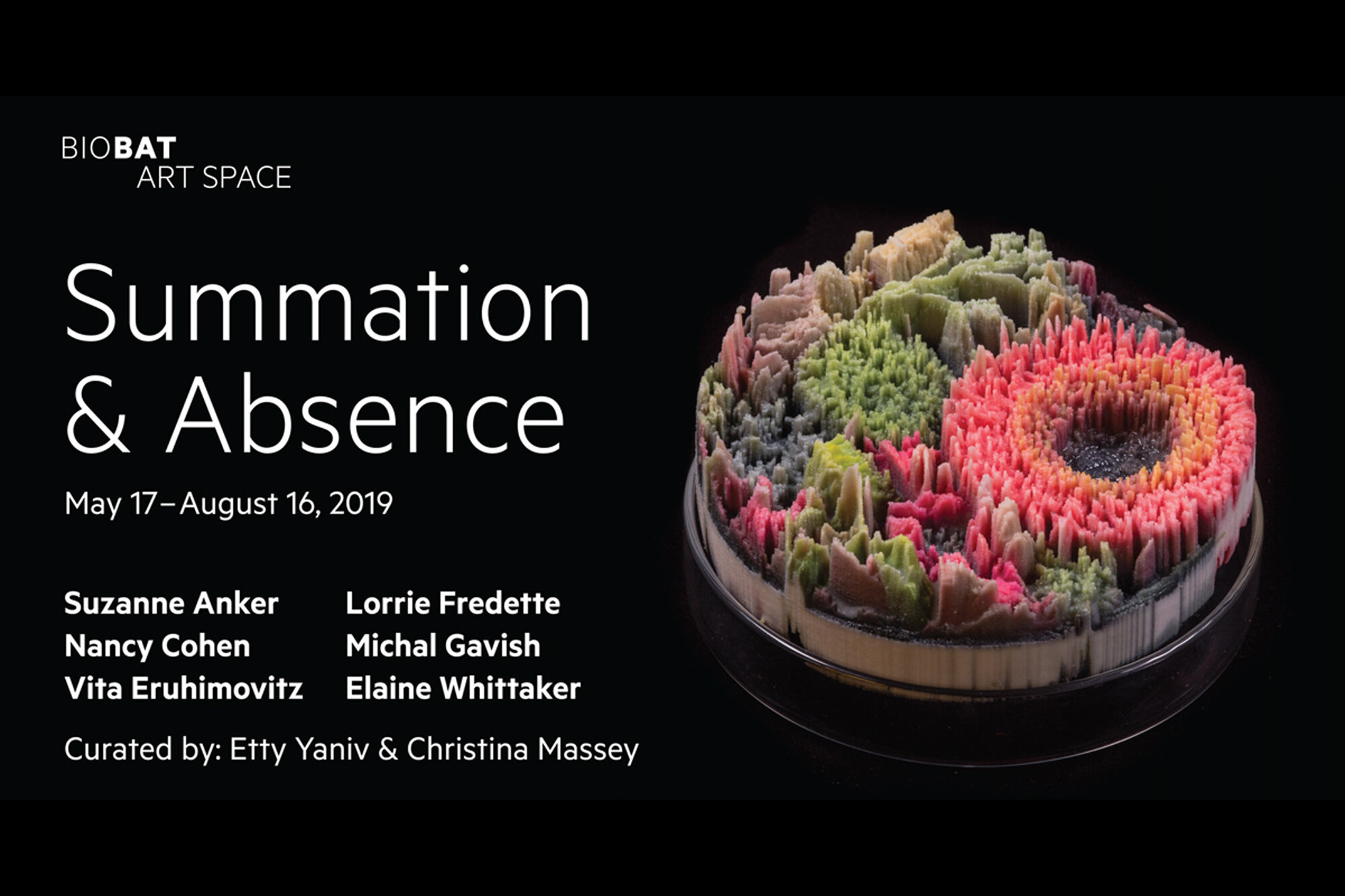
BioBAT Art Space is pleased to announce Summation & Absence, an exhibition consisting of tactile, immersive installations where the artists engage in research that explores the human condition. By methodically drawing on the natural world, each installation opens a fresh portal into what is at stake for life on this planet, inviting the viewer to reflect on the beauty and complexity of life within a vulnerable ecosystem.
These six artists create works inspired by the sciences of biology and ecology. Through additions and/or removal of variants such as information, technology, disease and toxins the artists in Summation & Absence create innovative scientific and artistic results.
Curators Etty Yaniv and Christina Massey thoughtfully organized an exhibition highlighting both the differences and the common ground between the artists – their research methods, artistic processes and the resulting diversity in their visual vocabularies.
Past Exhibition
SPONTANEOUS EMERGENCE OF ORDER
January 4 – March 15, 2019
Opening Reception: Friday, January 4, 7–9pm
Featuring: Tanya Chaly, Tarah Rhoda, Magdalena Dukiewicz, Richelle Gribble
Curated by: Elena Soterakis and Jeannine Bardo

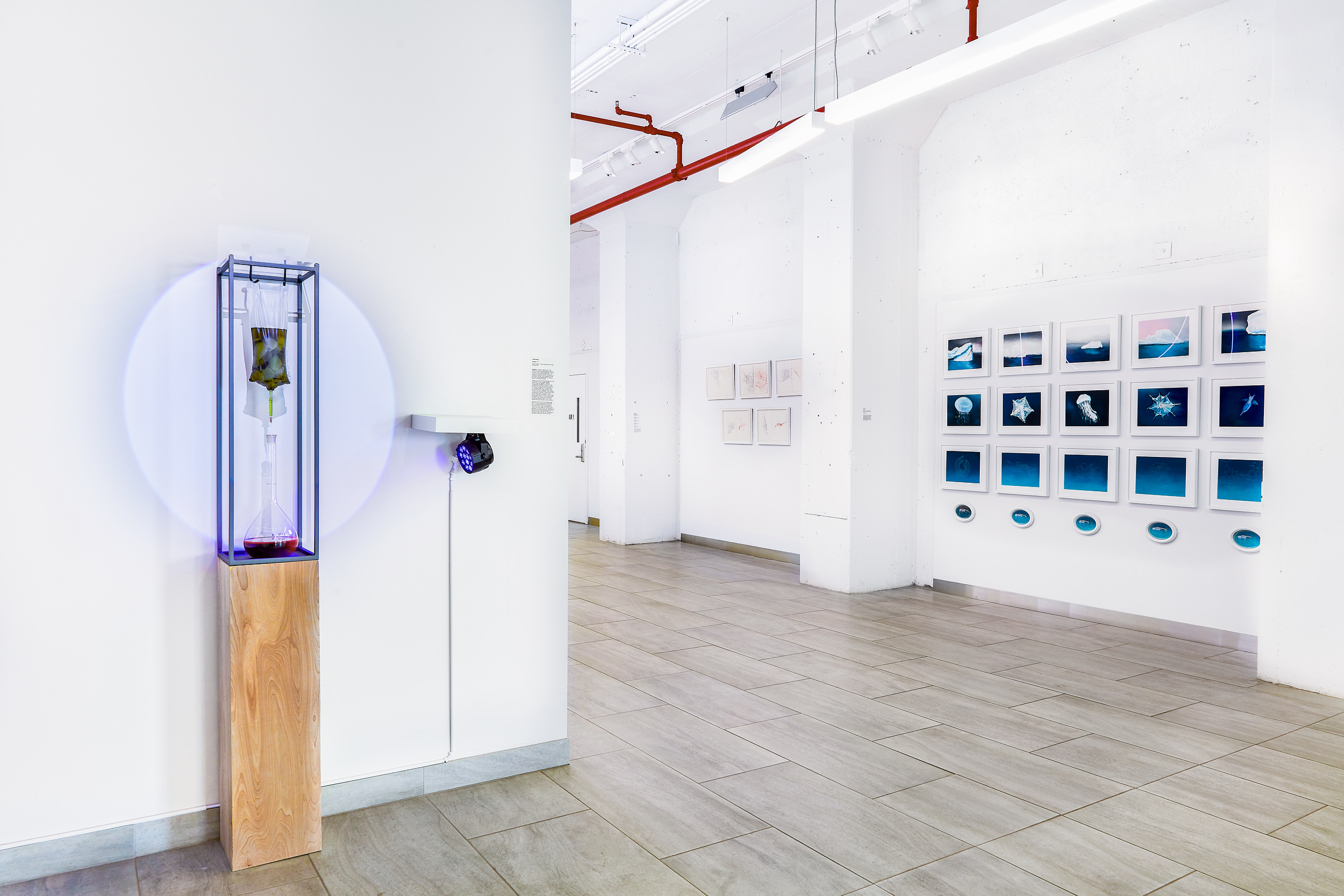
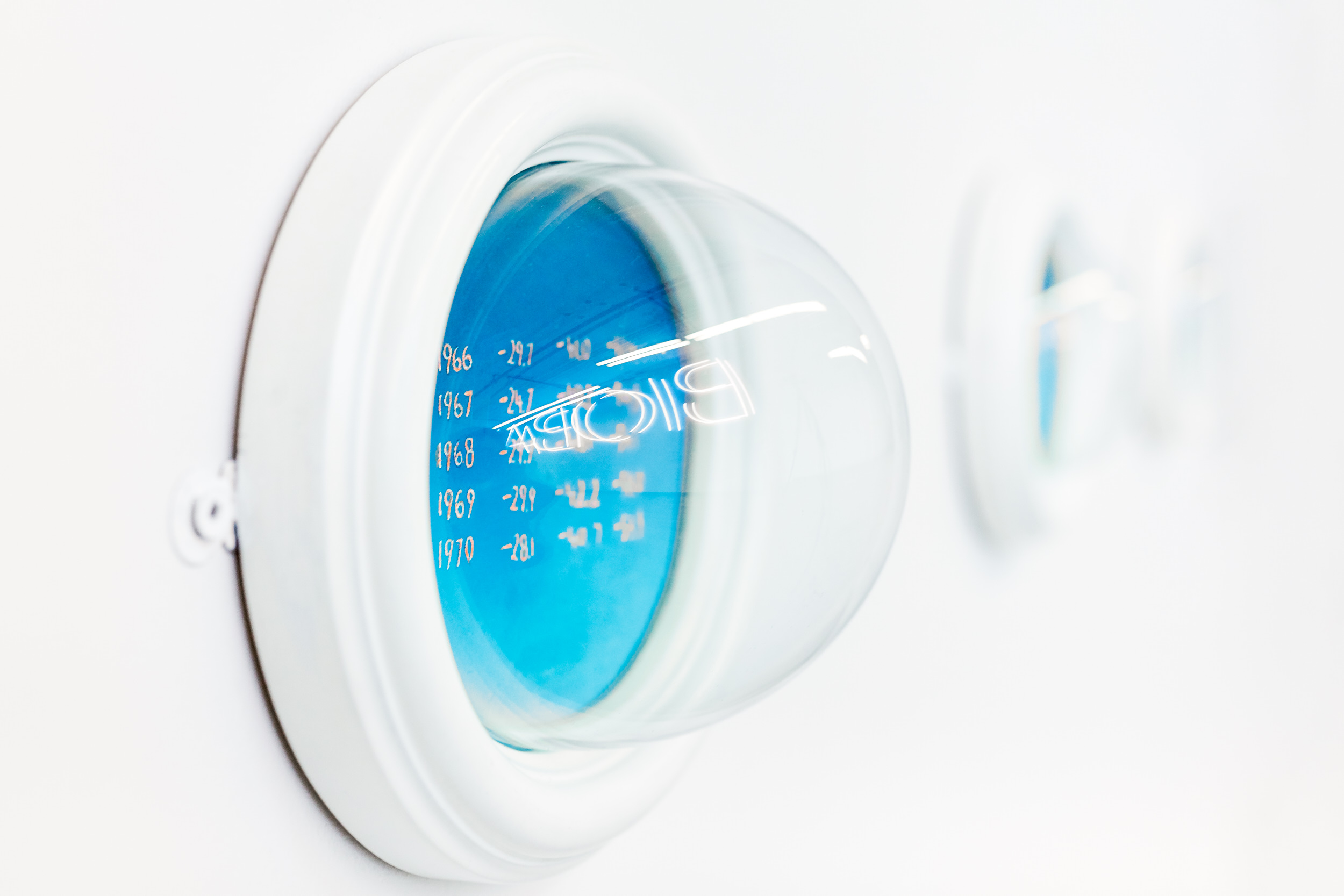
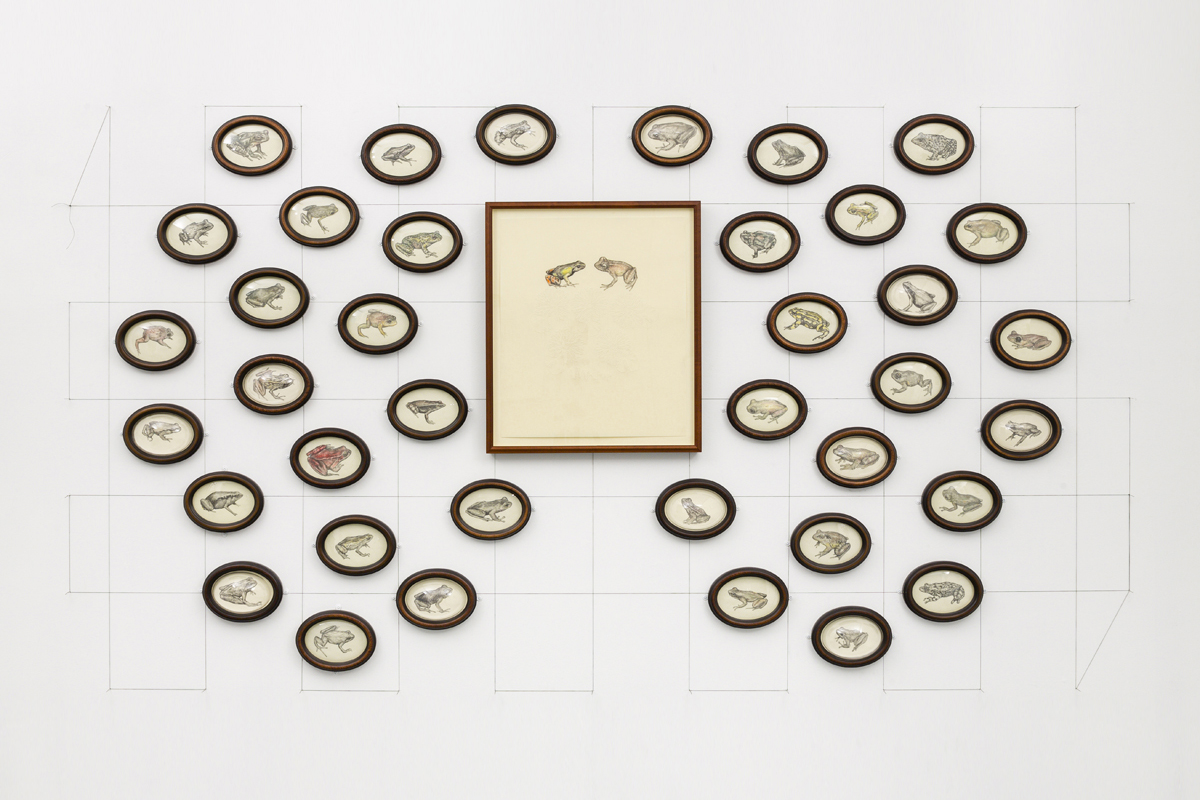
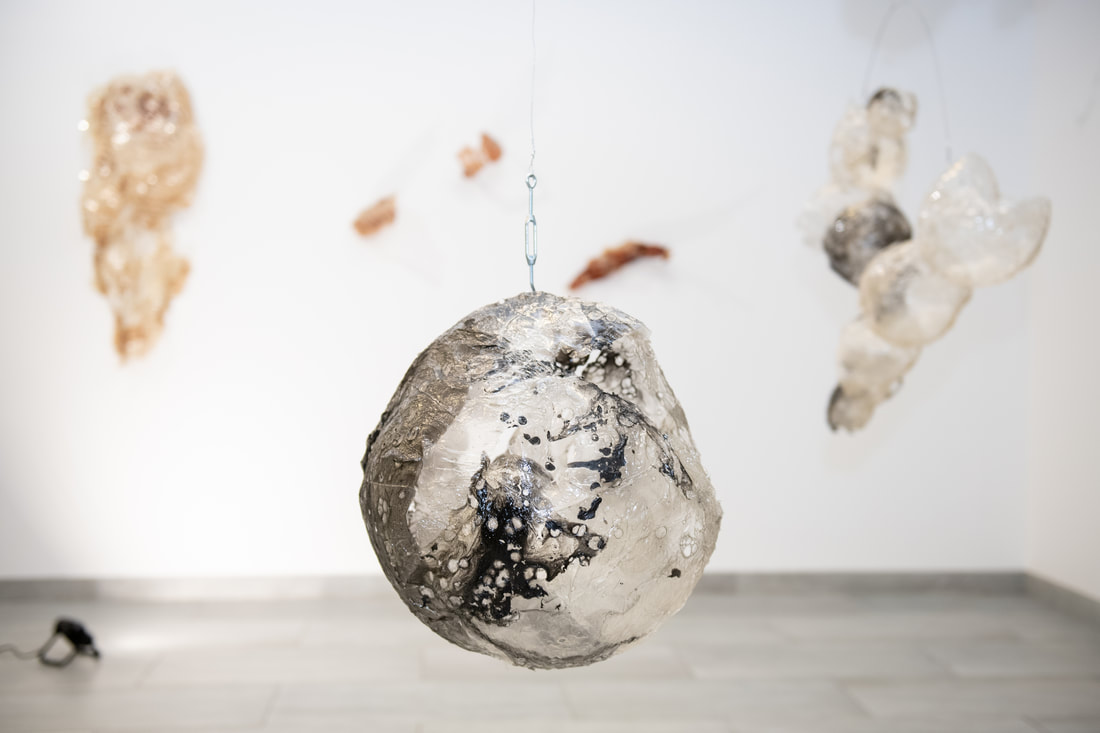
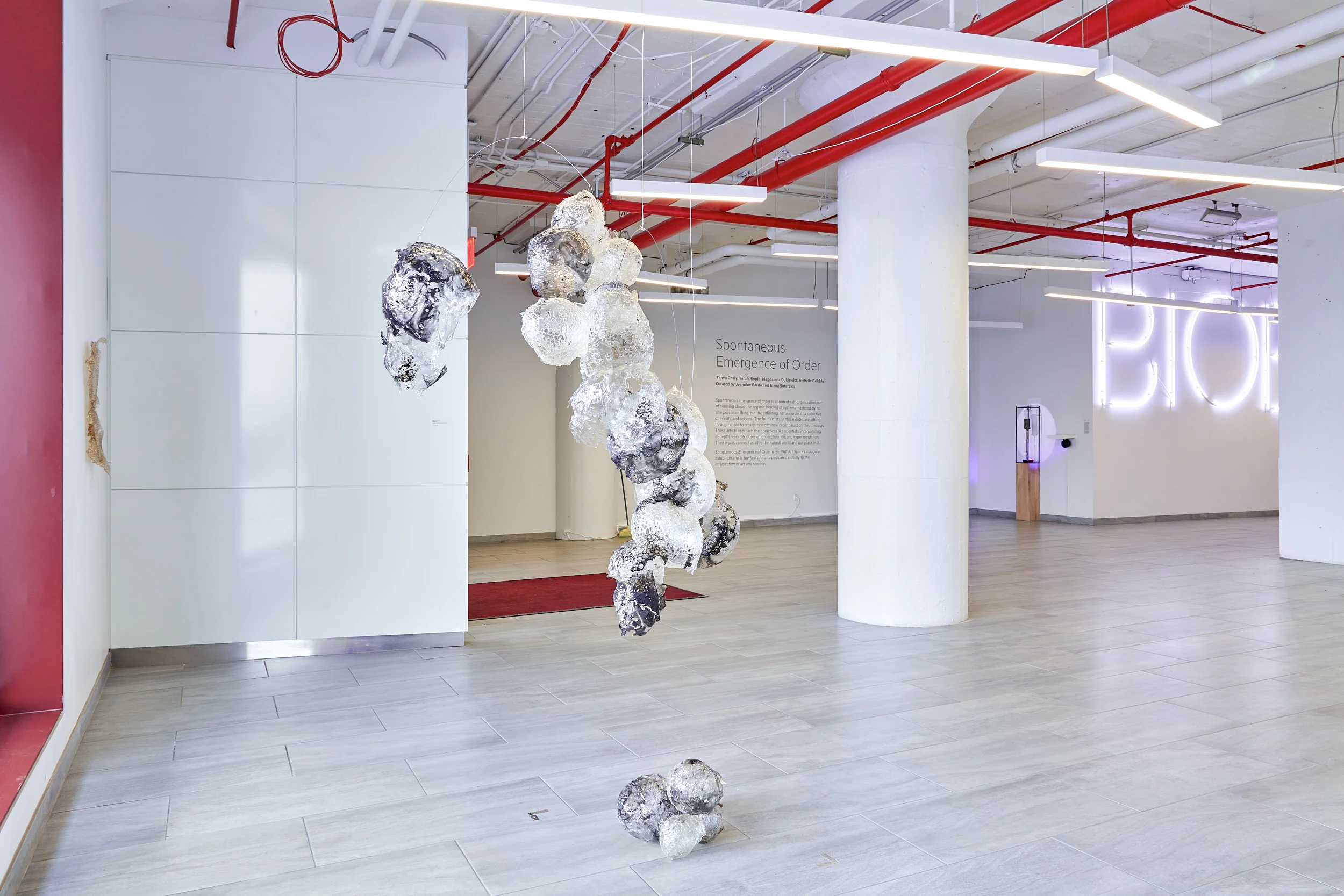
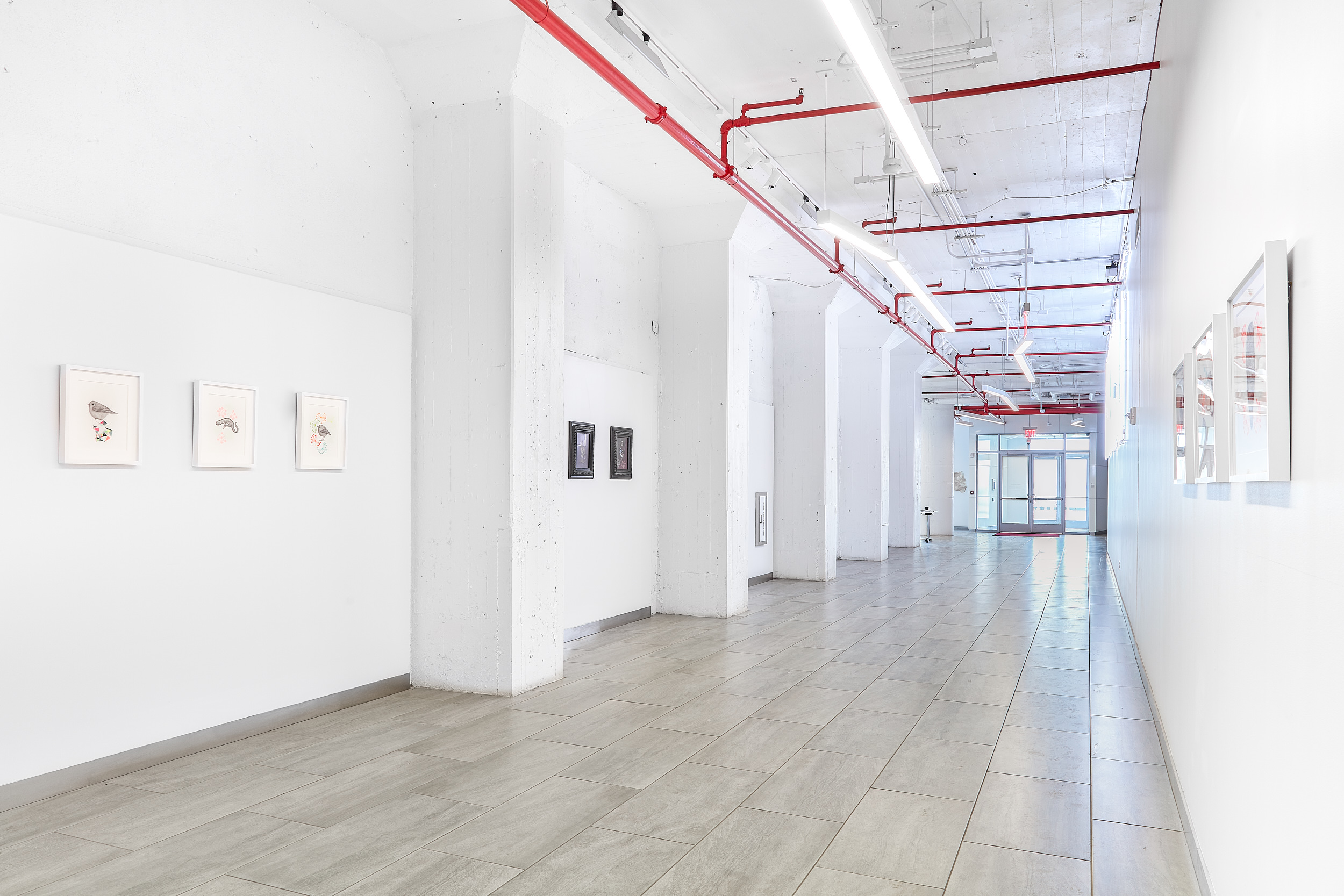
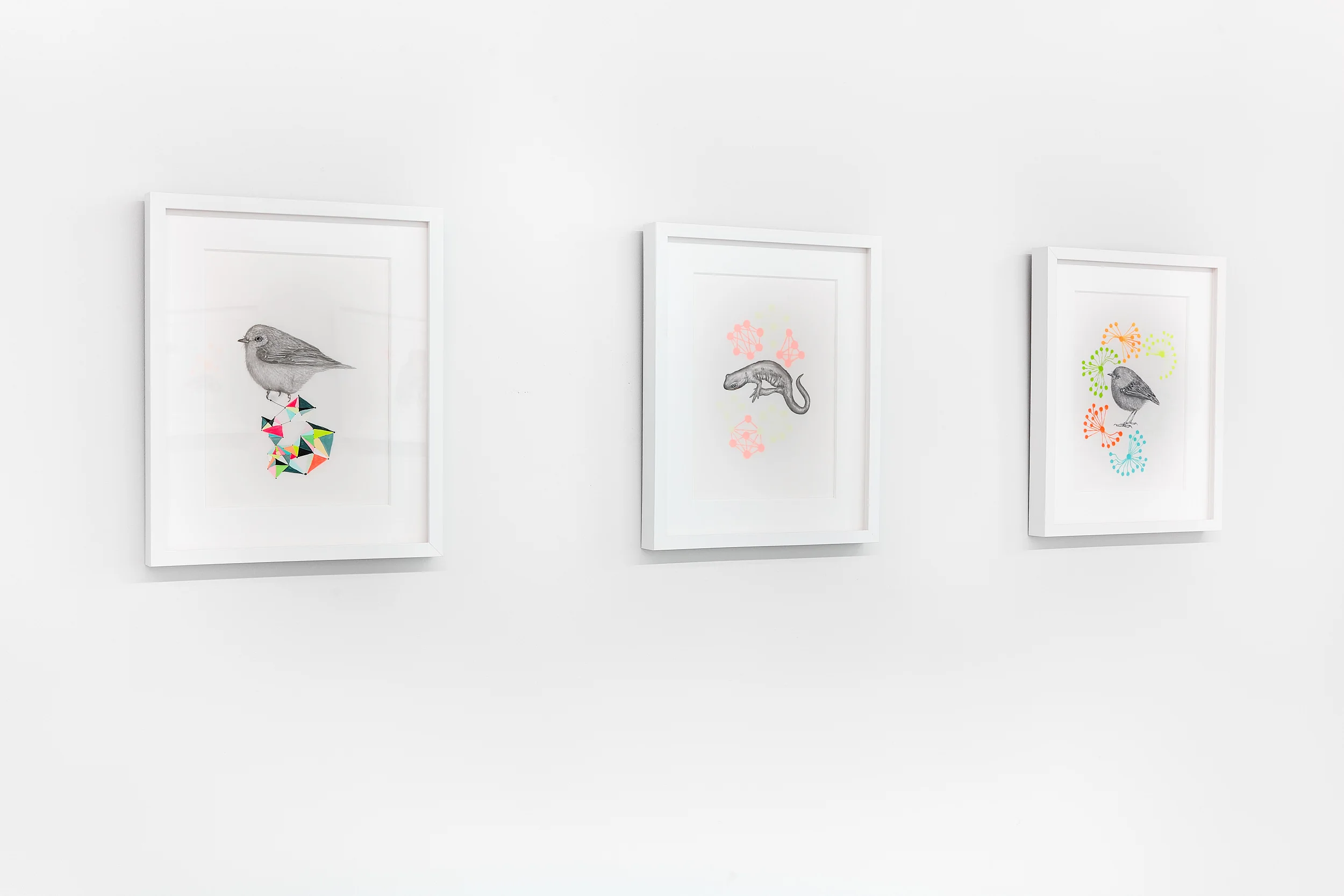

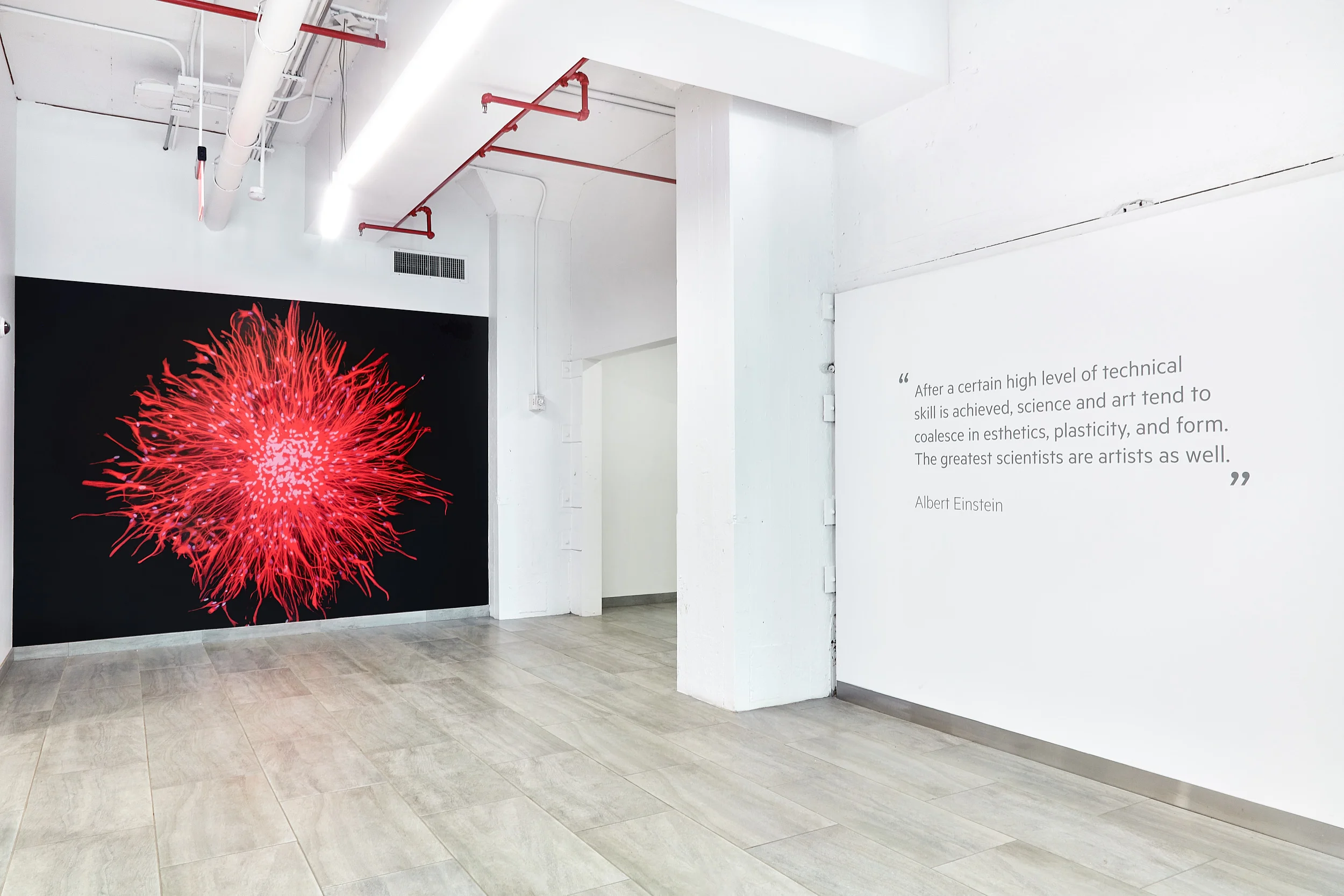
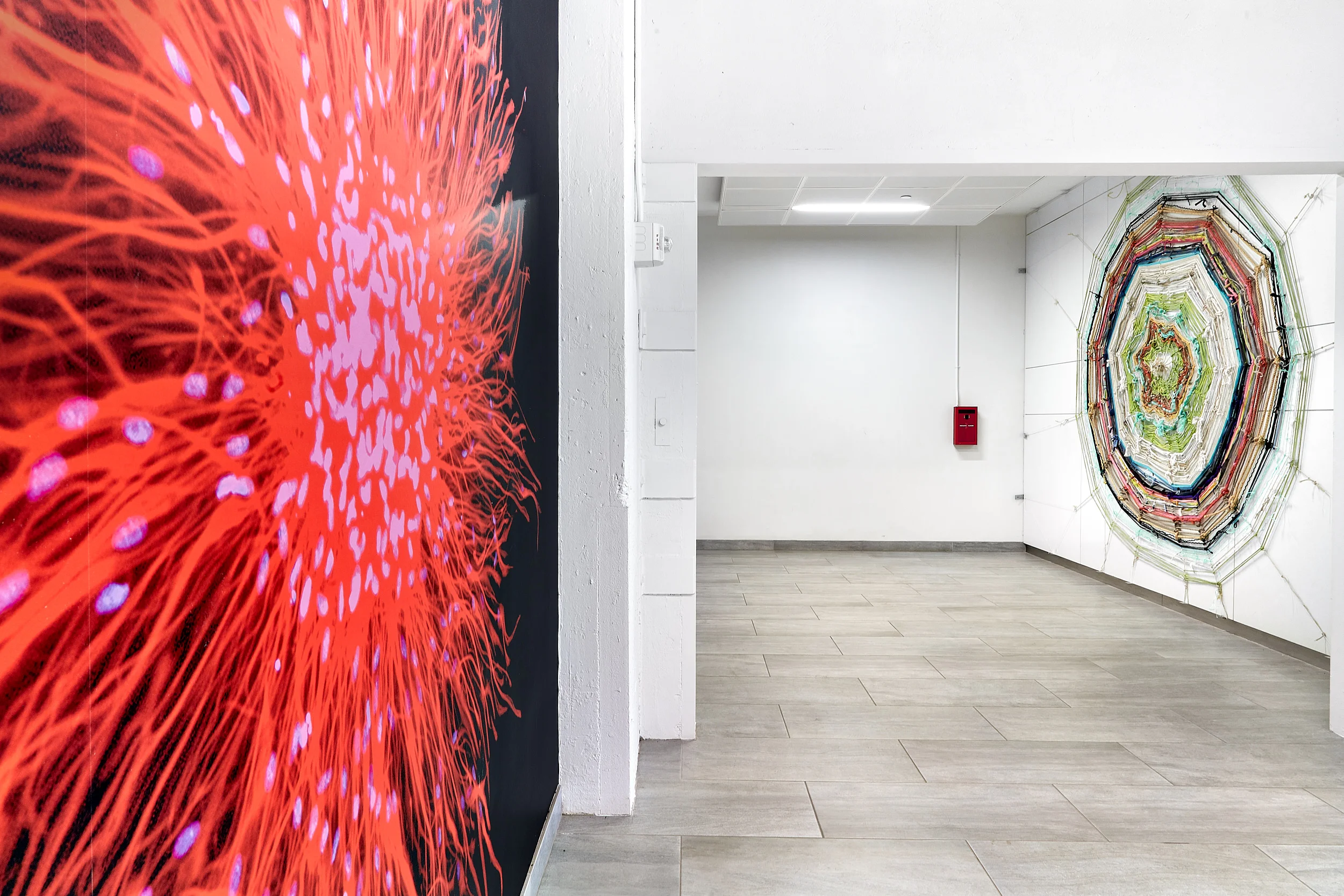
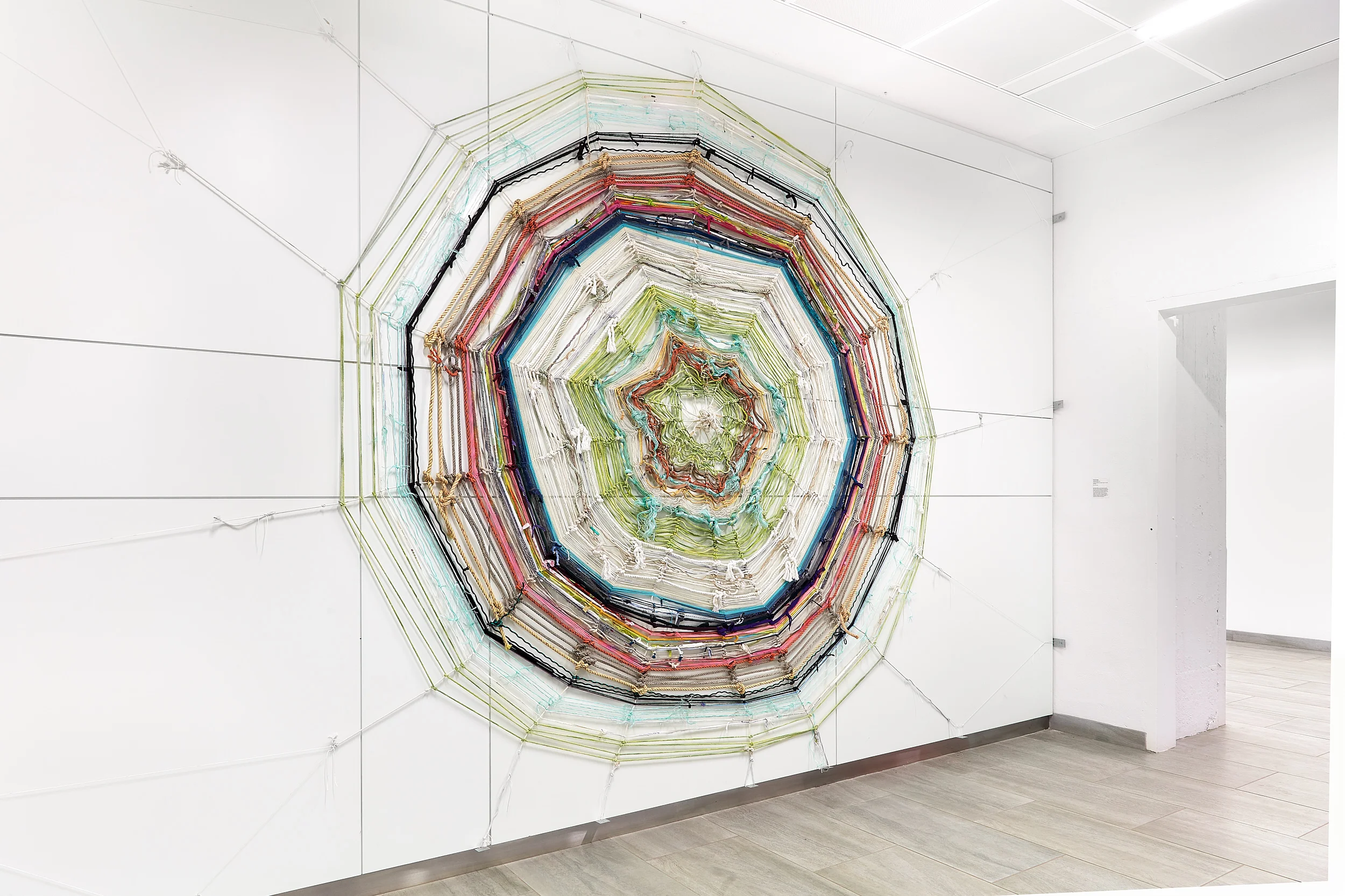
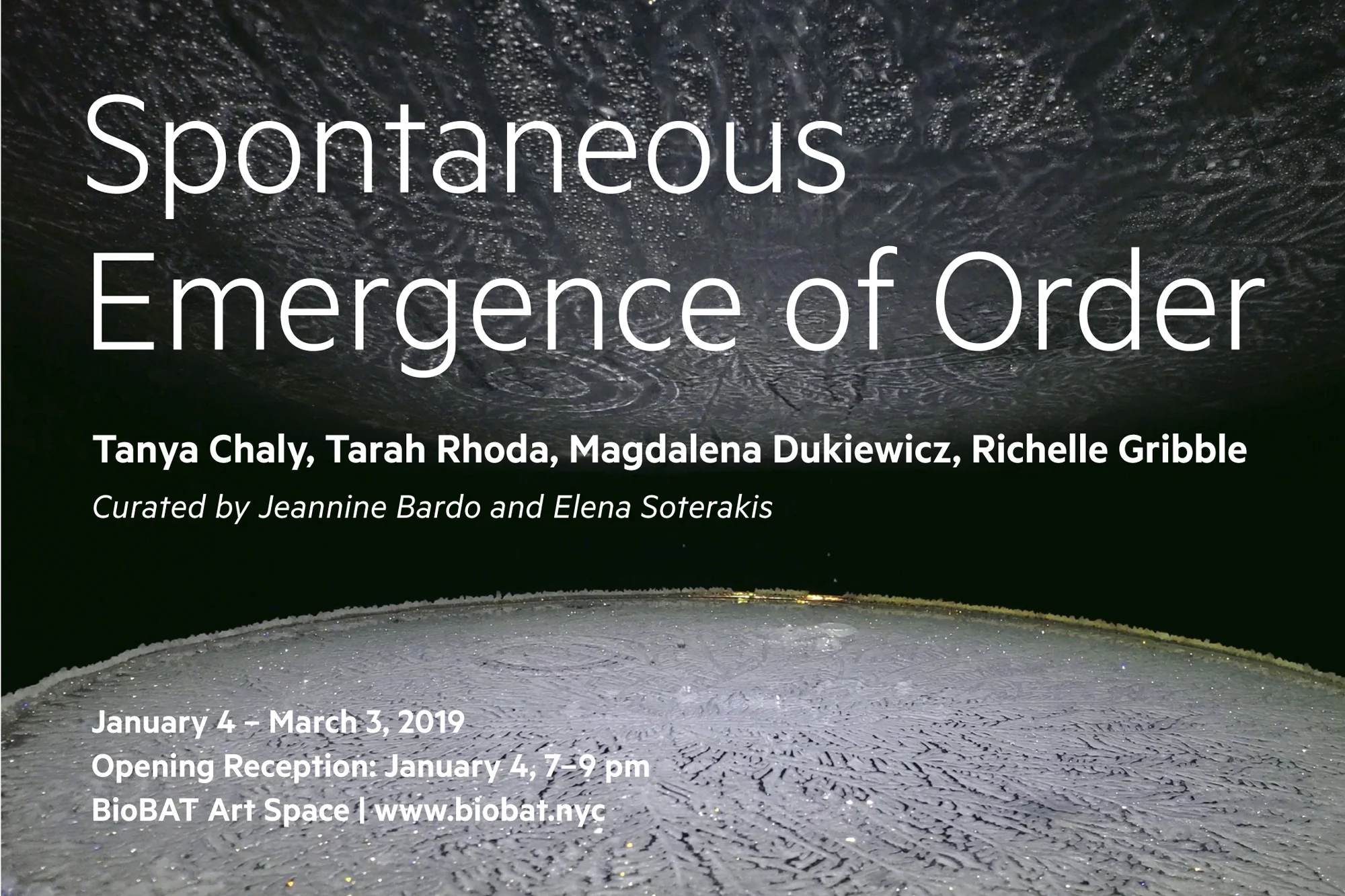
BioBAT’s inaugural art exhibit, Spontaneous Emergence of Order, features four interdisciplinary artists who create works based in science and technology. These artists approach their practices like a scientist, incorporating deep research, observation, exploration, and experimentation. Their works connect us all to the natural world and our place in it and their journey lends beauty and understanding to the abstract.
Spontaneous emergence of order is a form of self-organization out of seeming chaos, the organic forming of systems mastered by no one person or thing, but the unfolding, natural order of a collective of events and actions. The four artists in this exhibit are sifting through this ordered chaos and creating their own new order based on their findings. Whether their interest is in the biological or the technological, their works are all connected through the messiness of life itself and our connections to the natural world.




